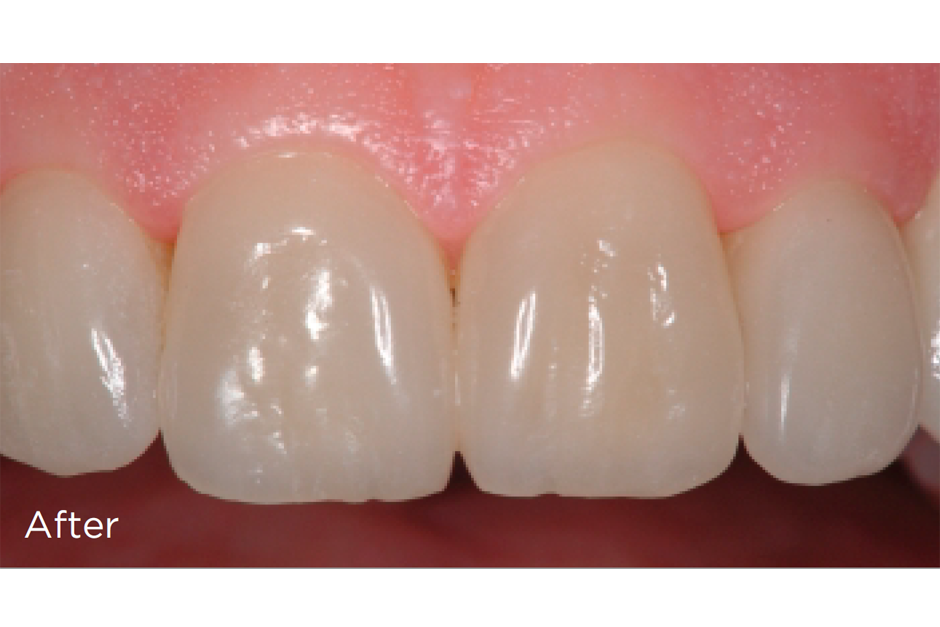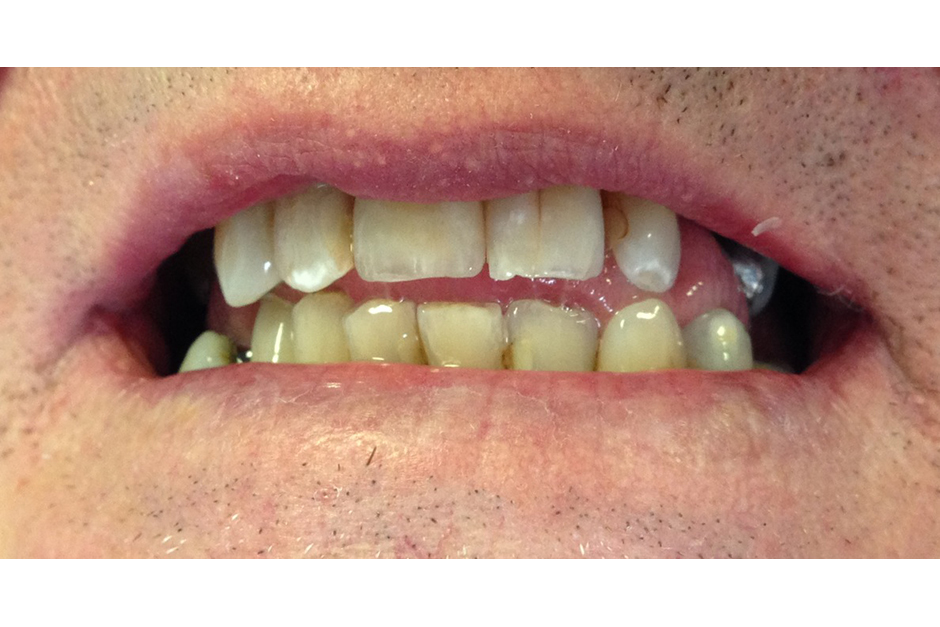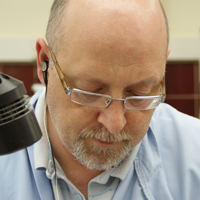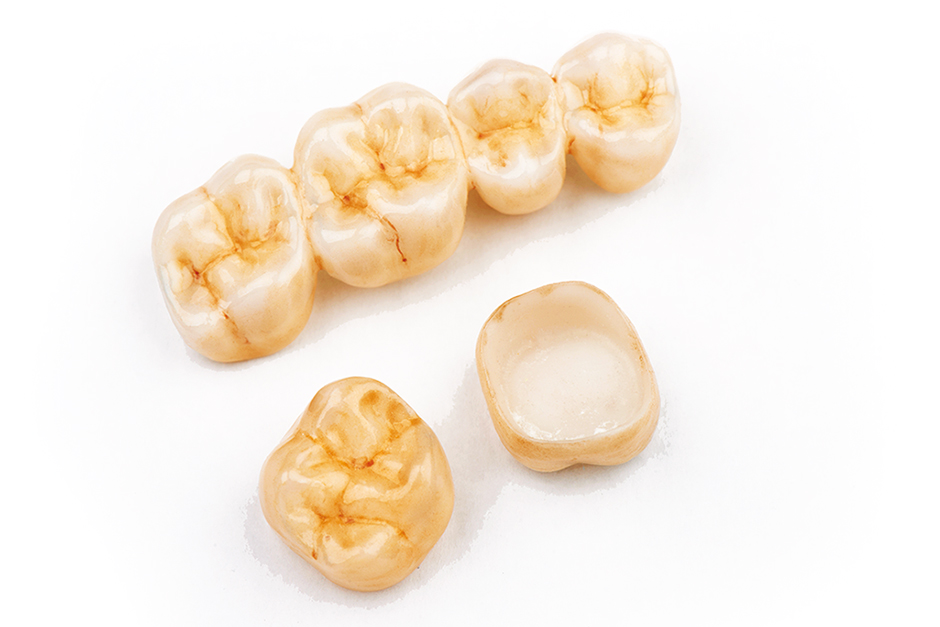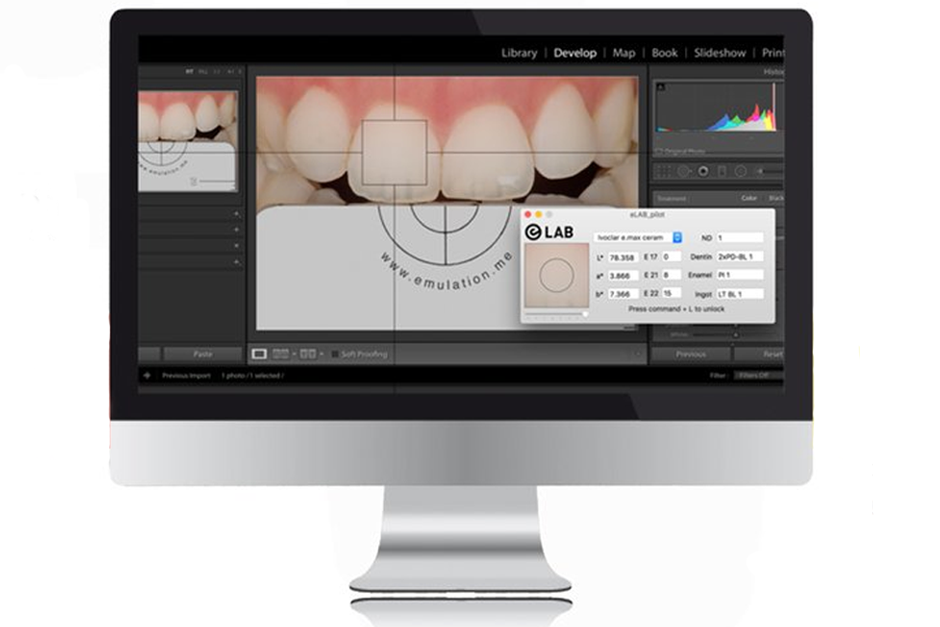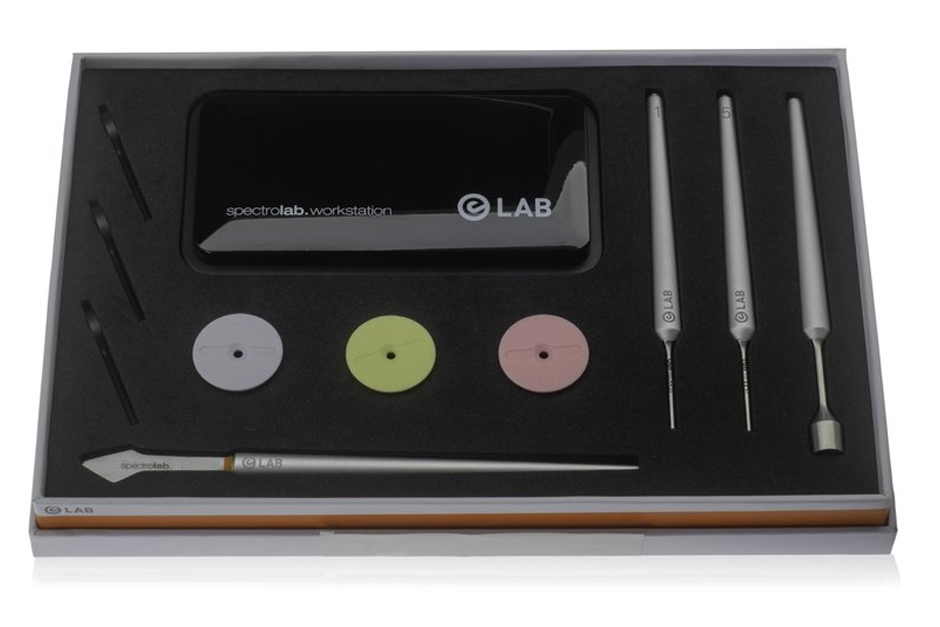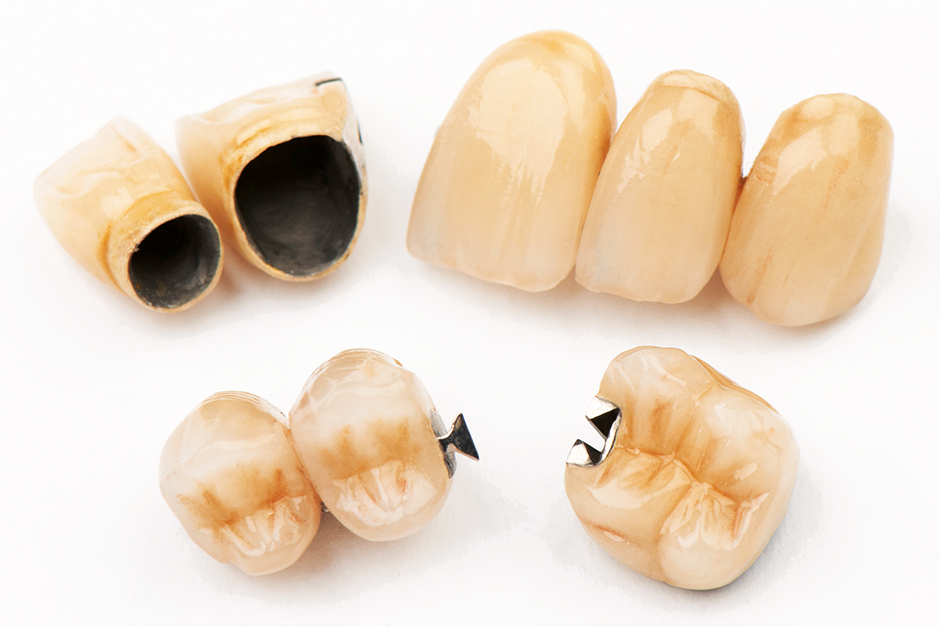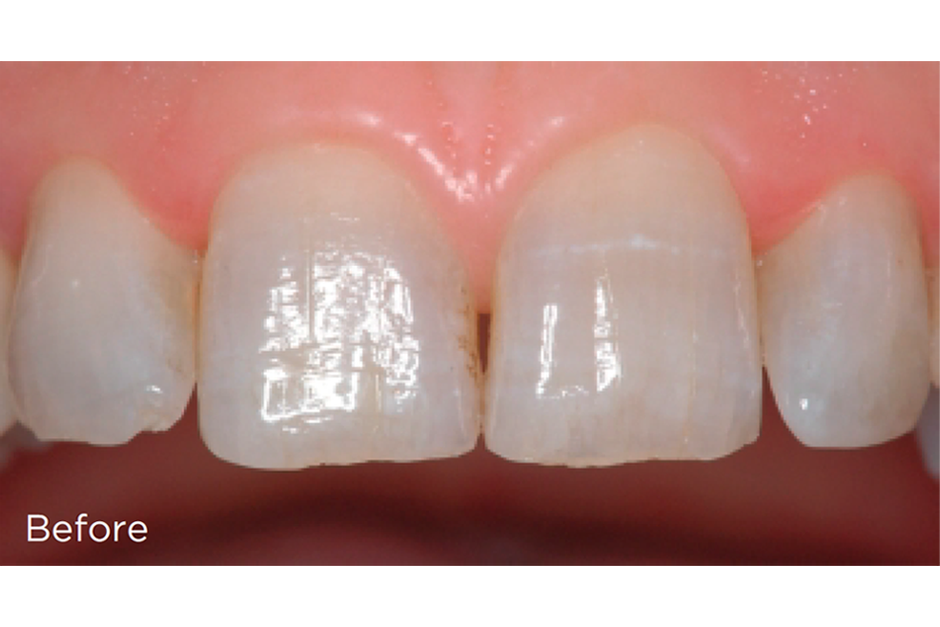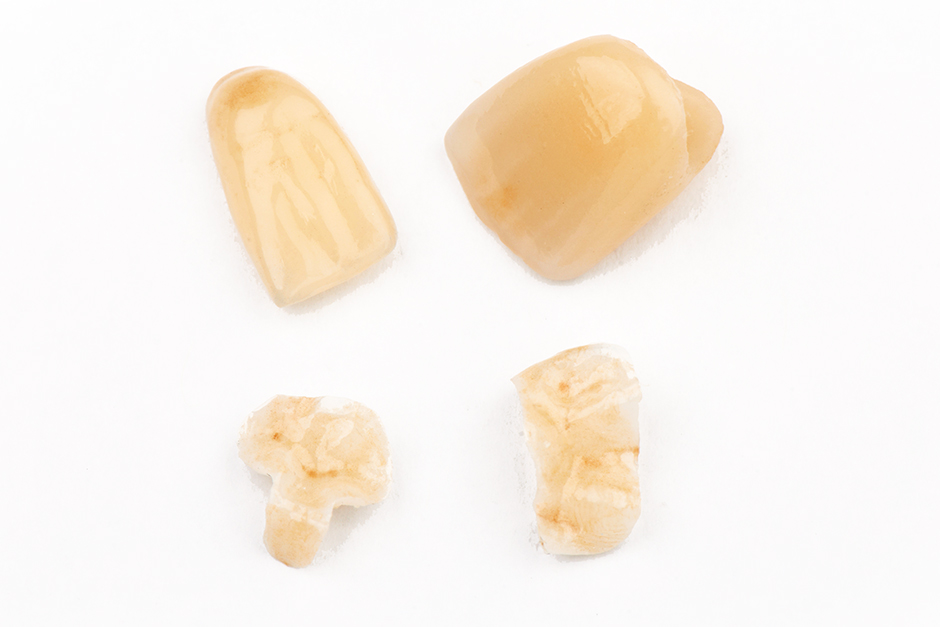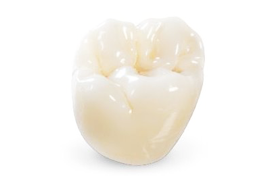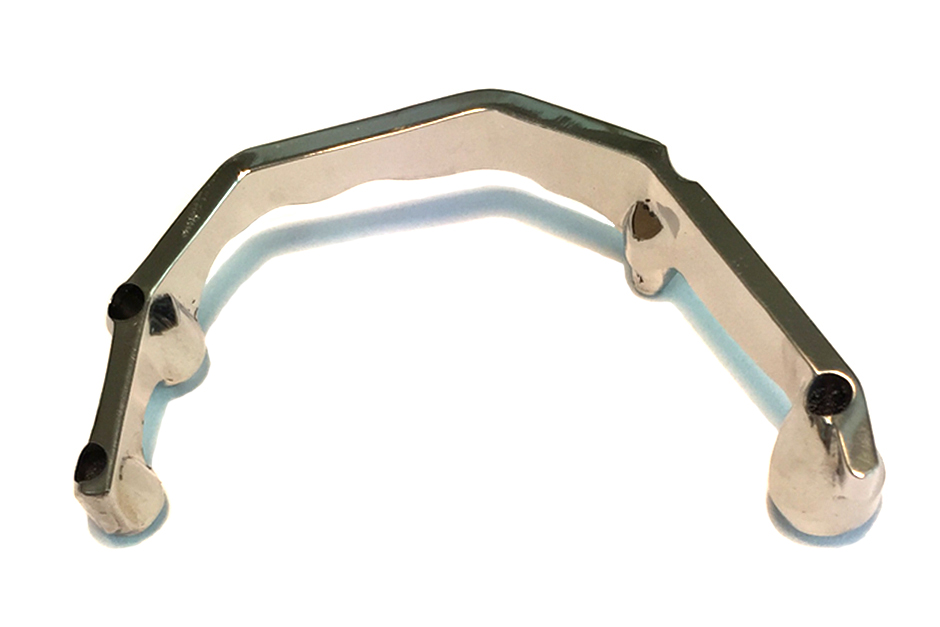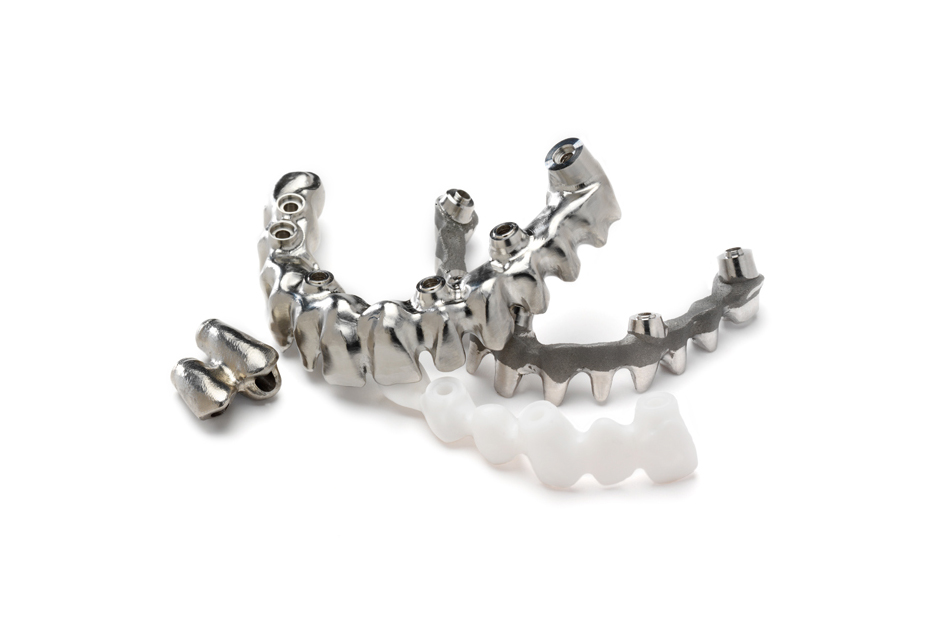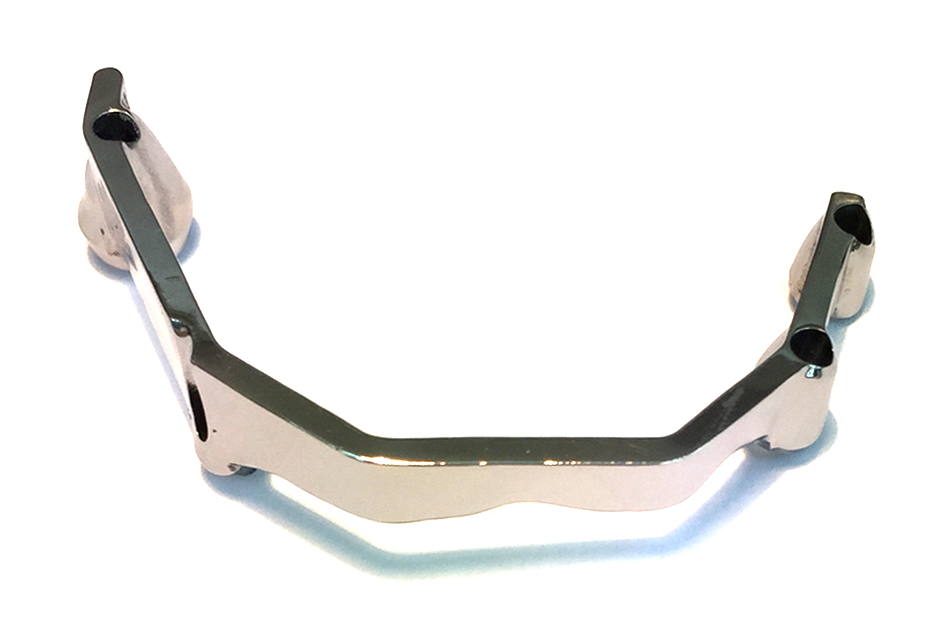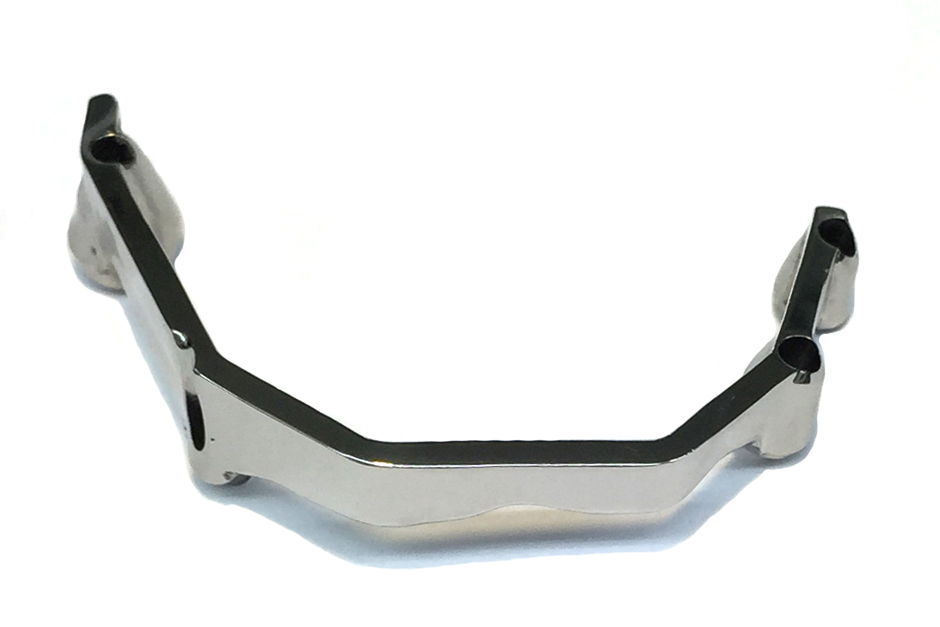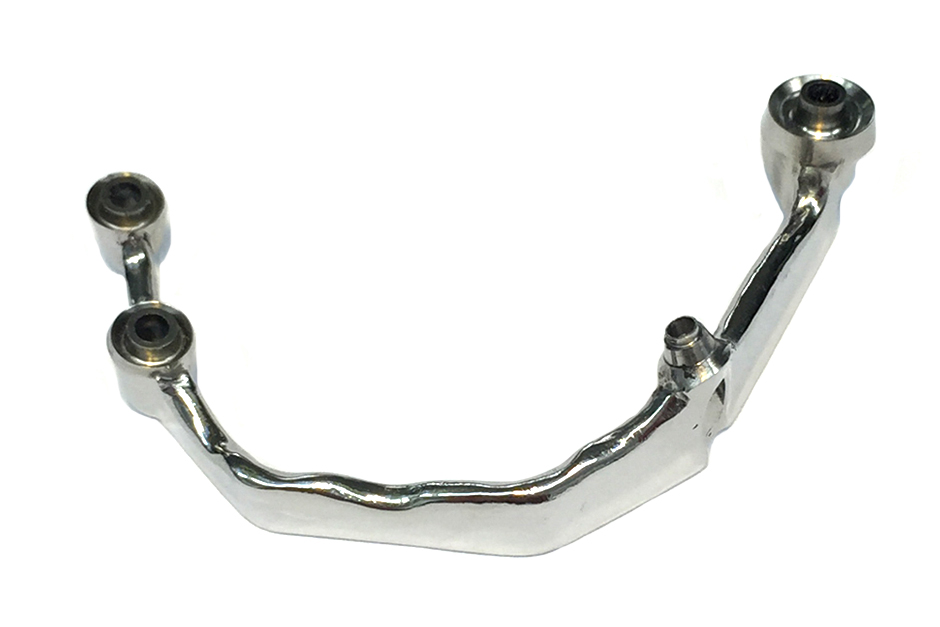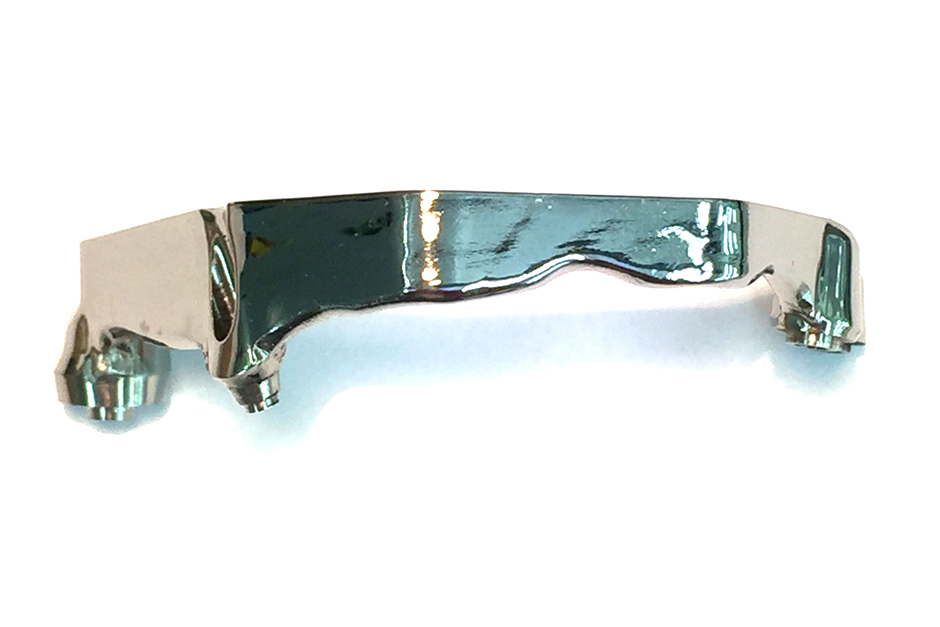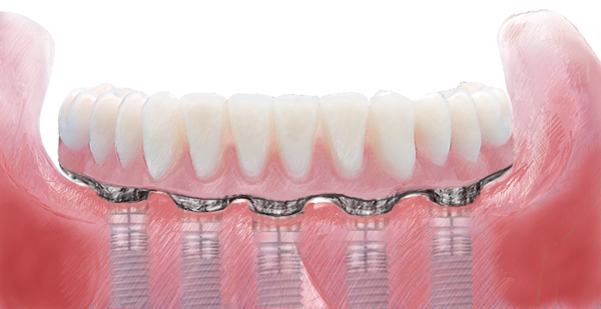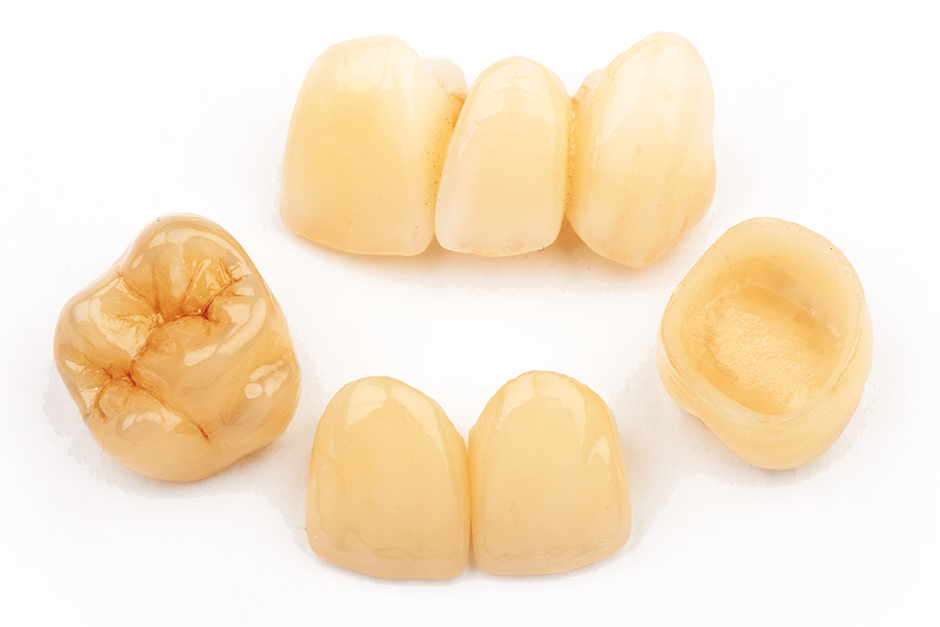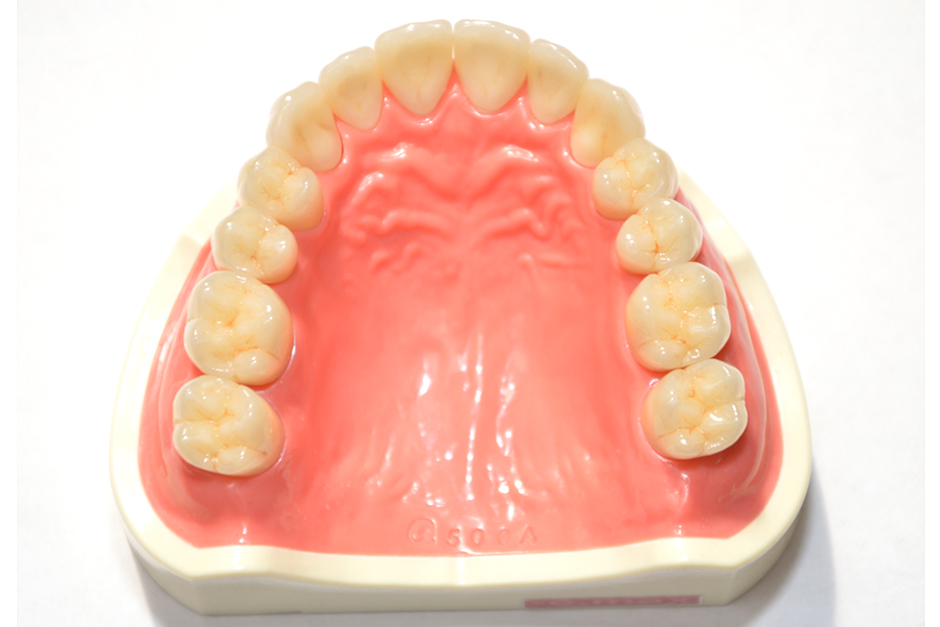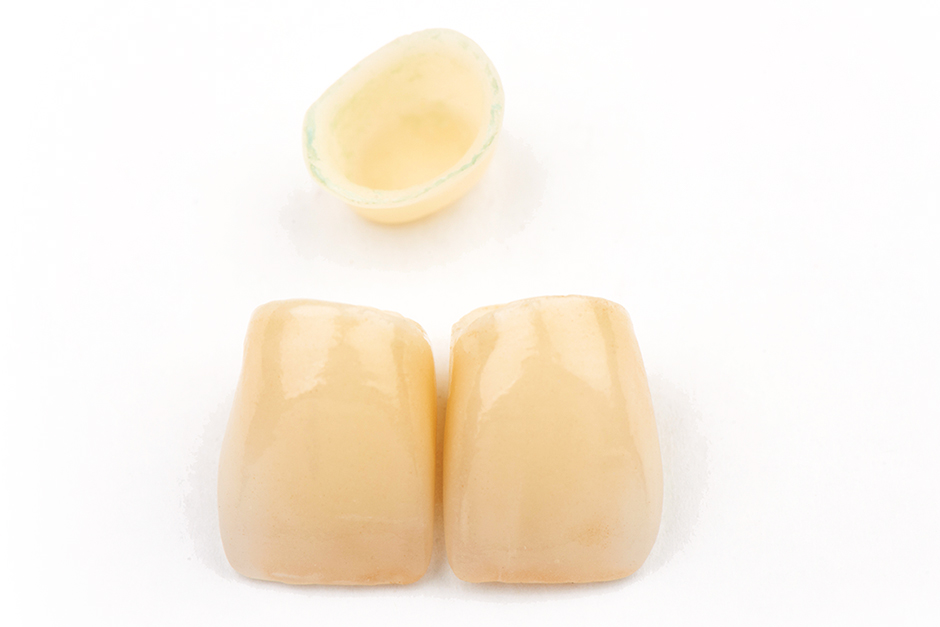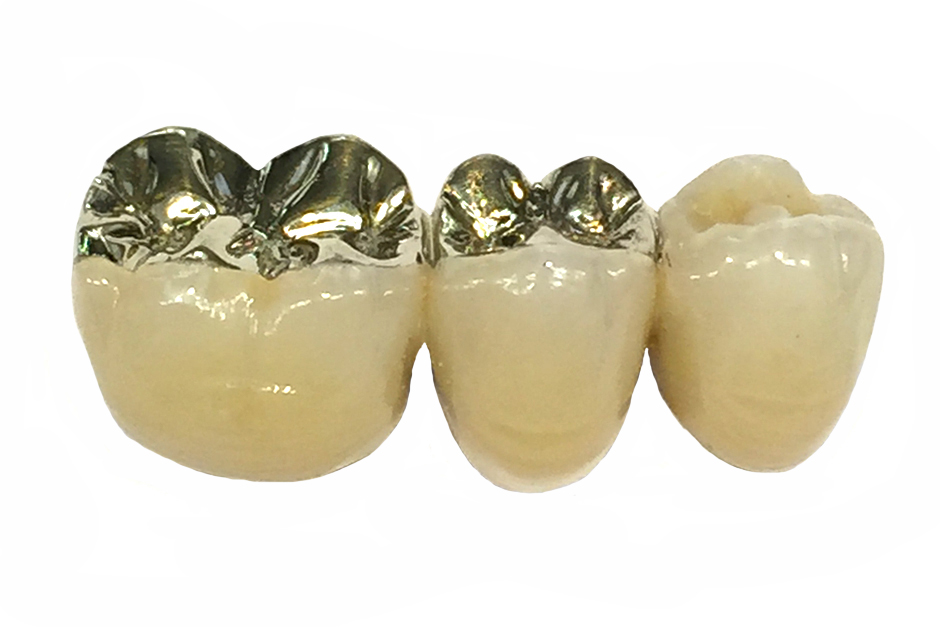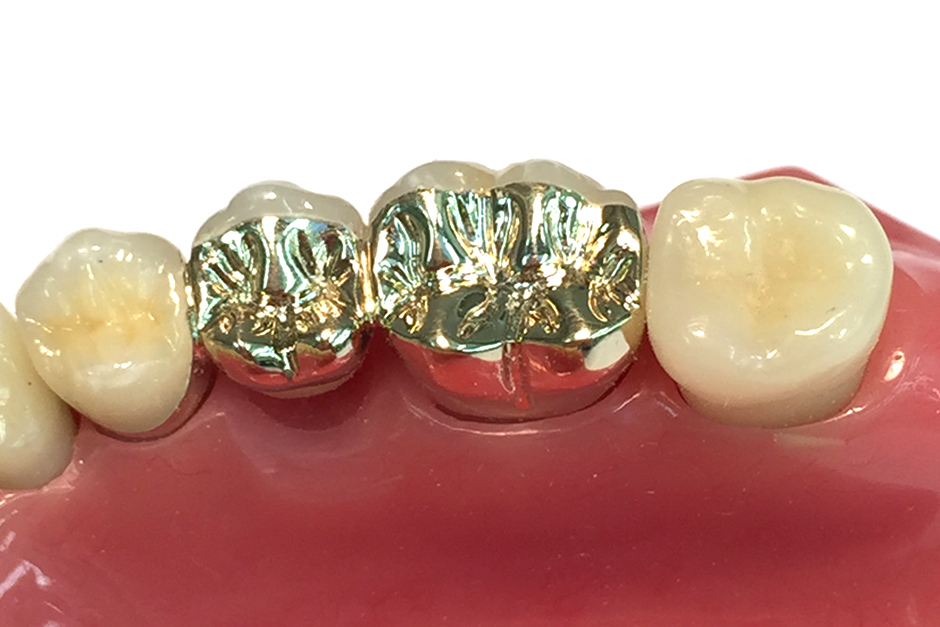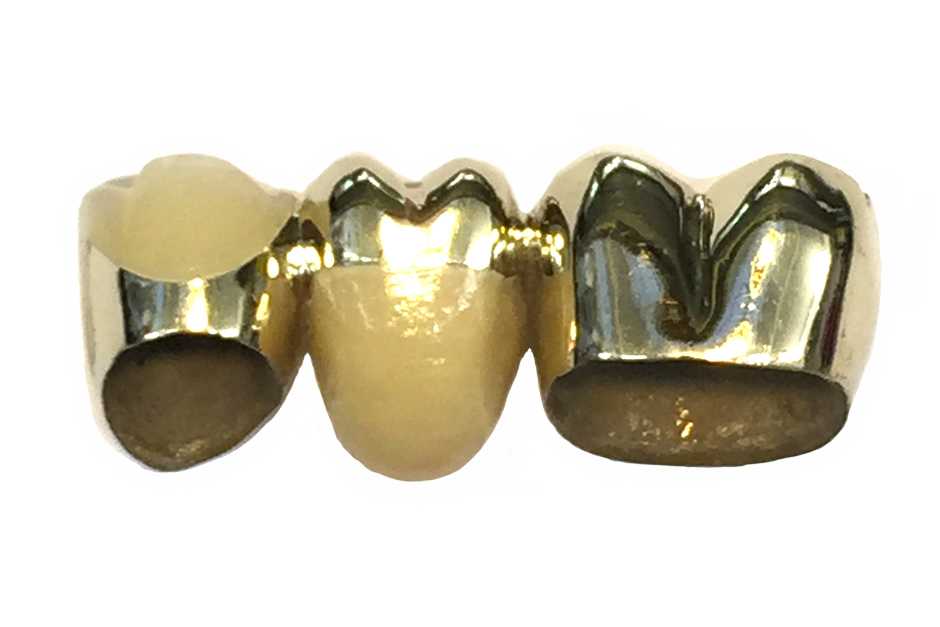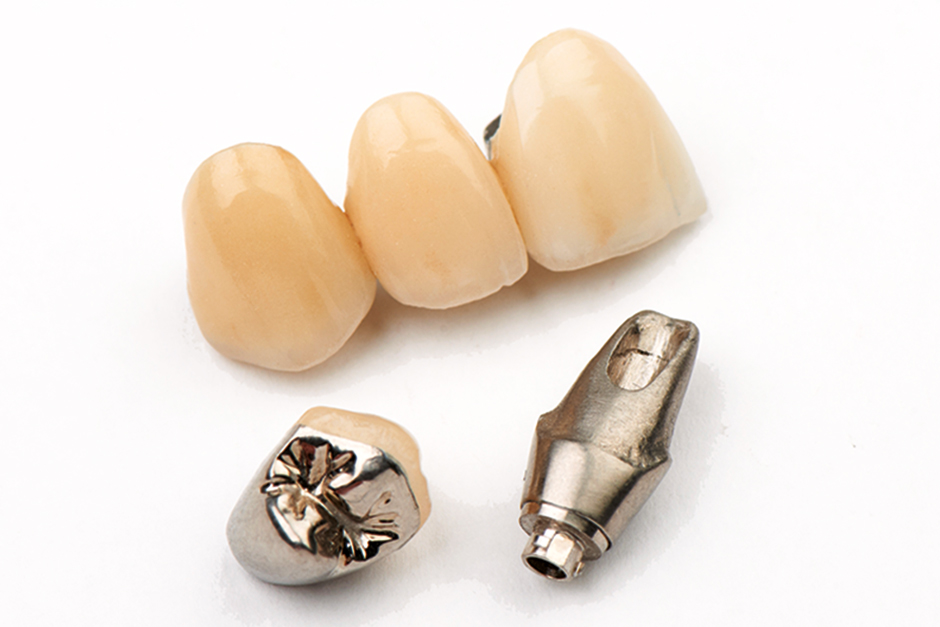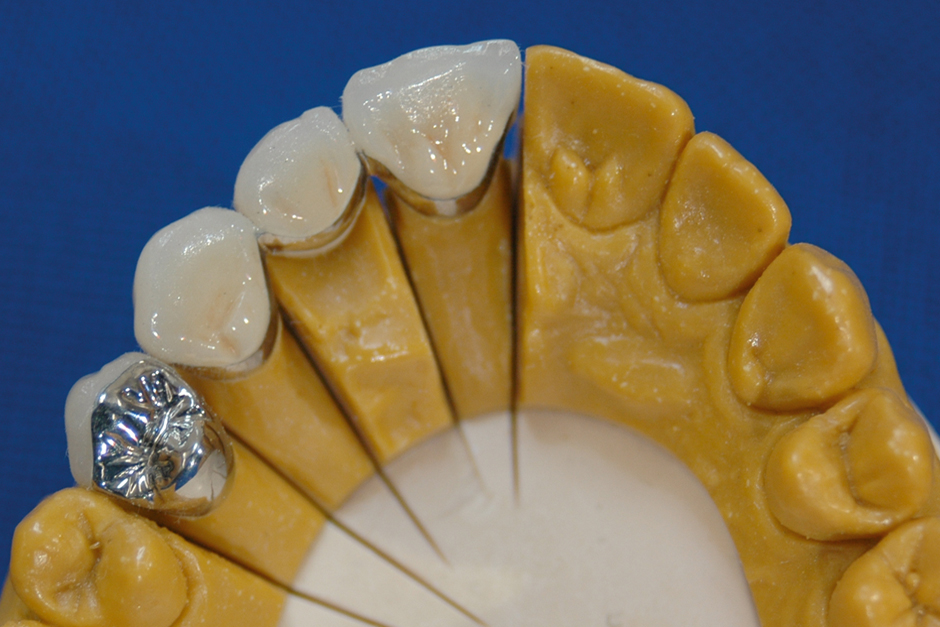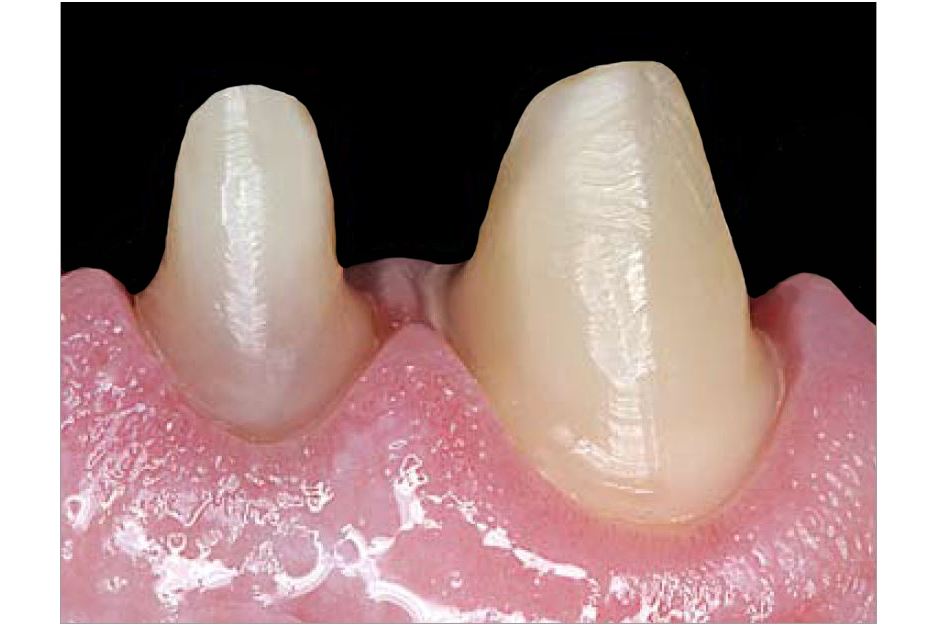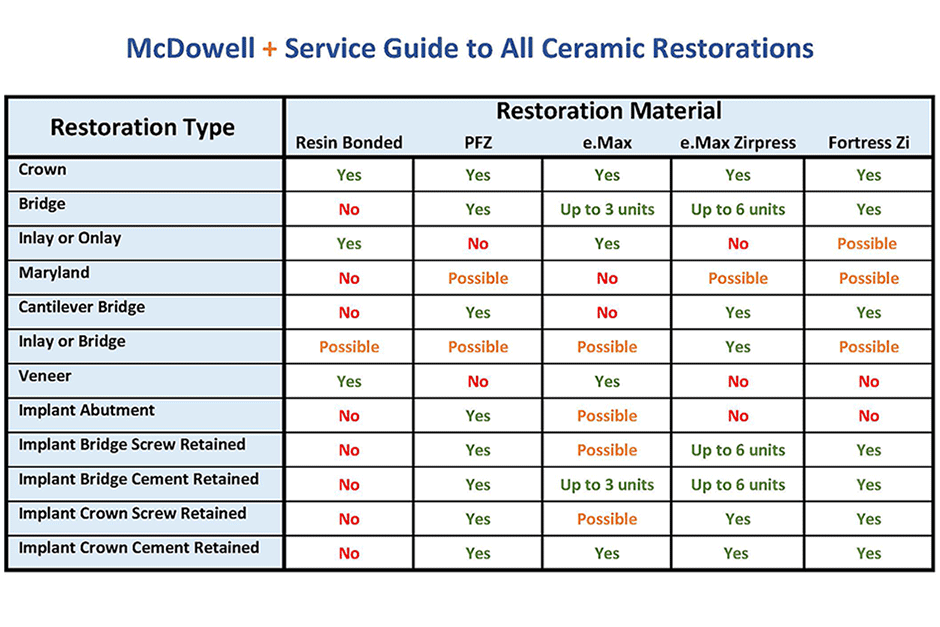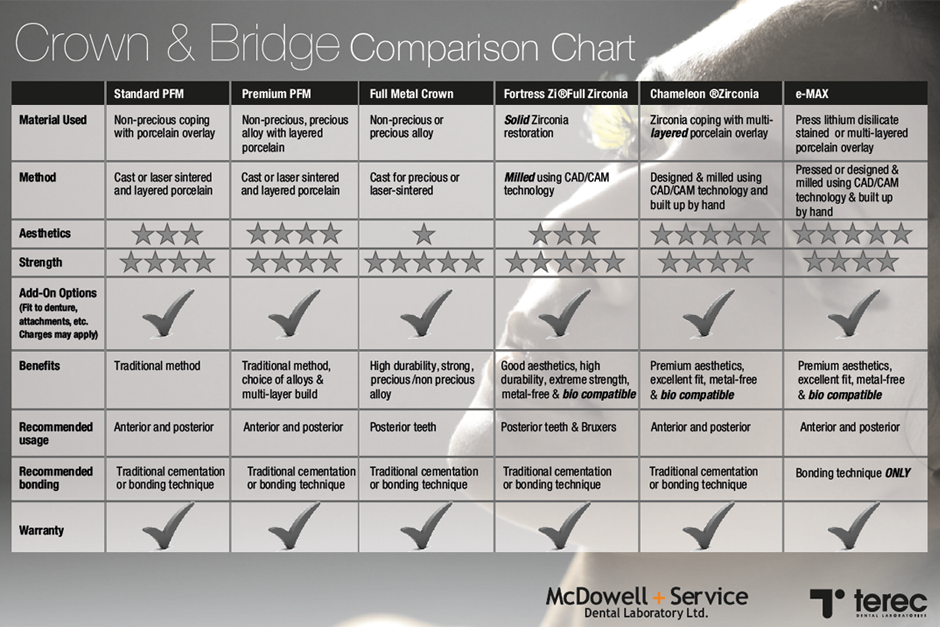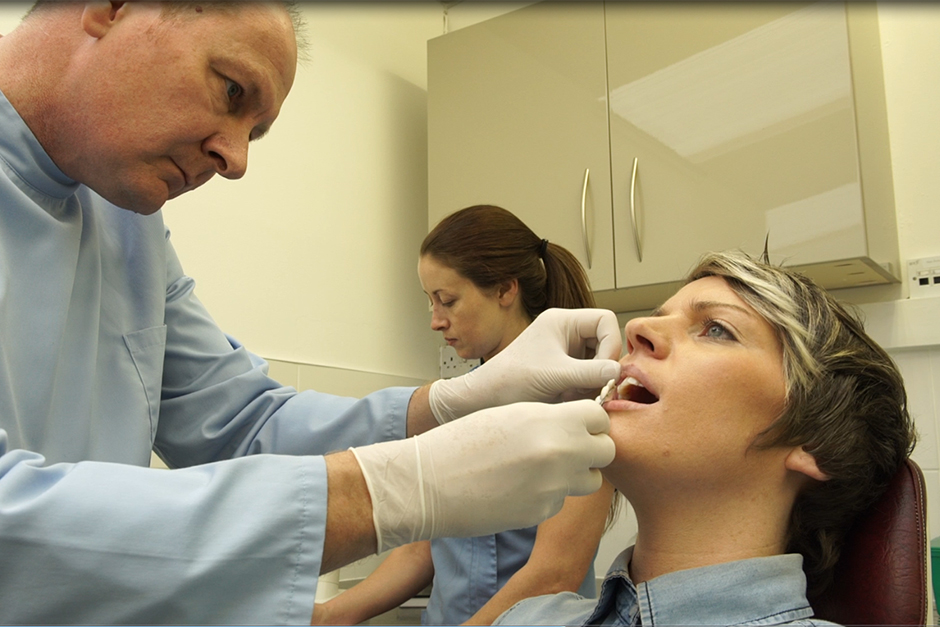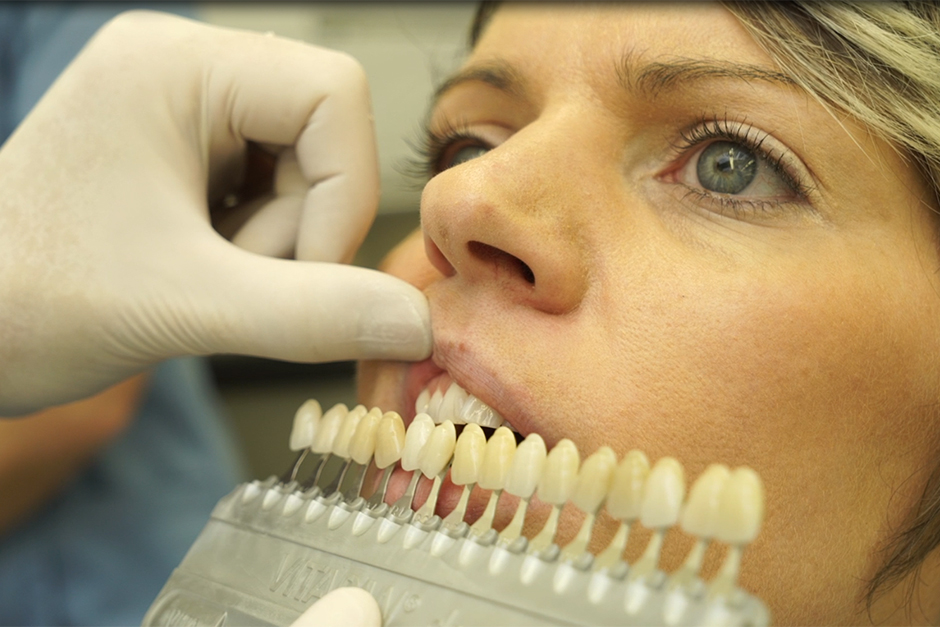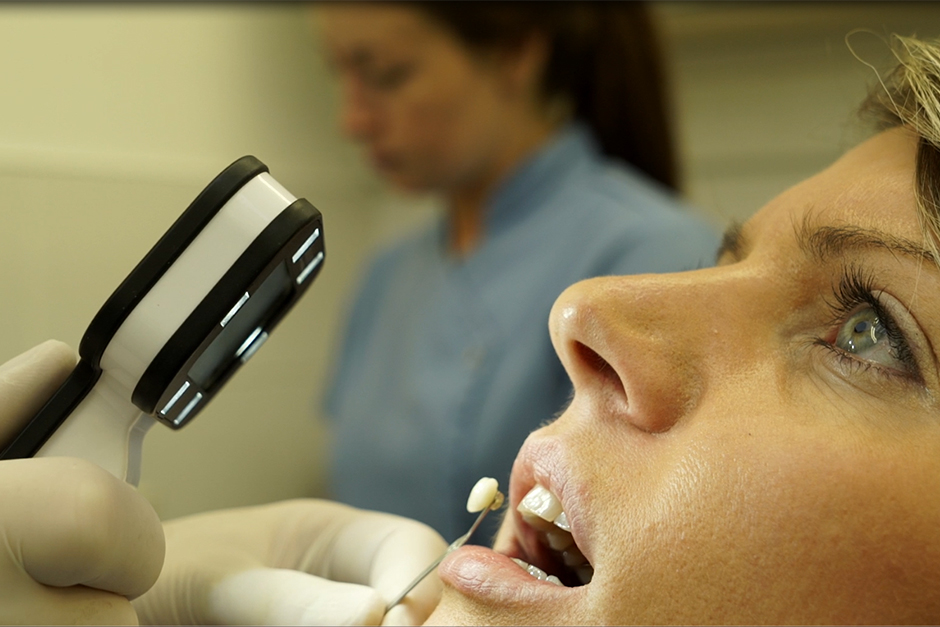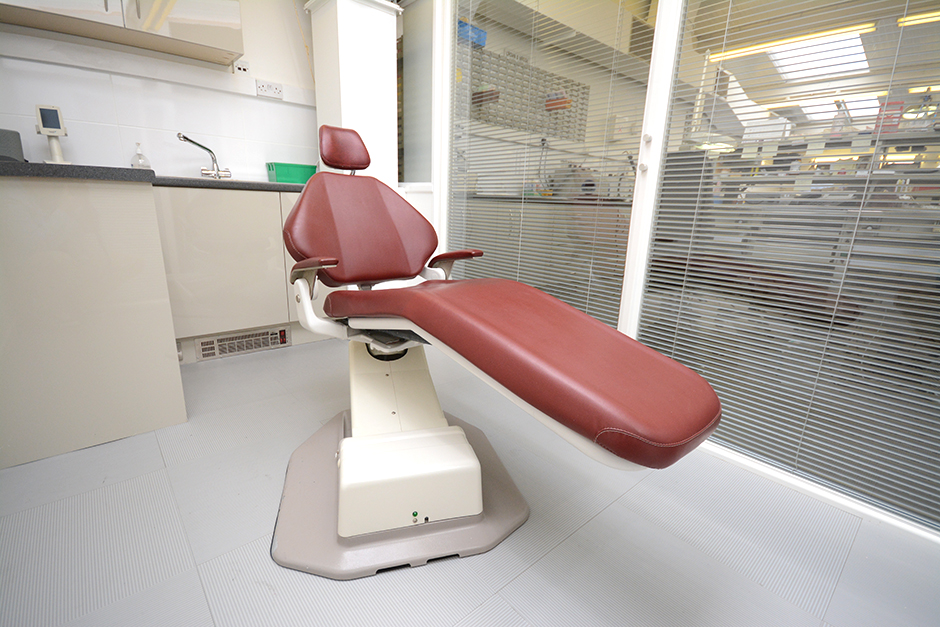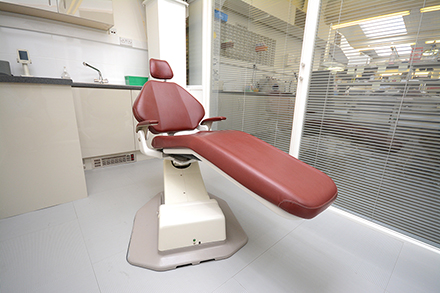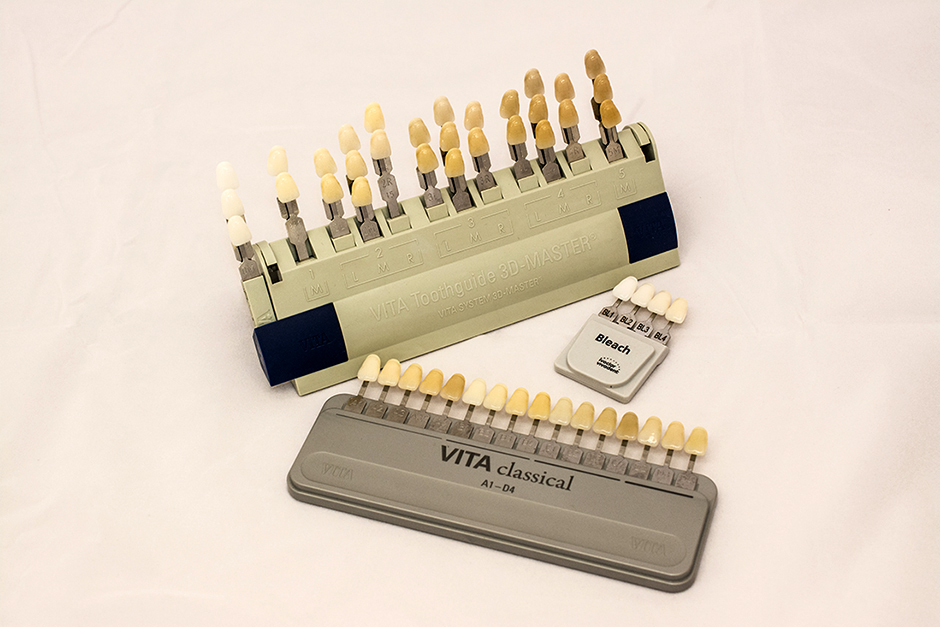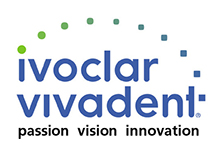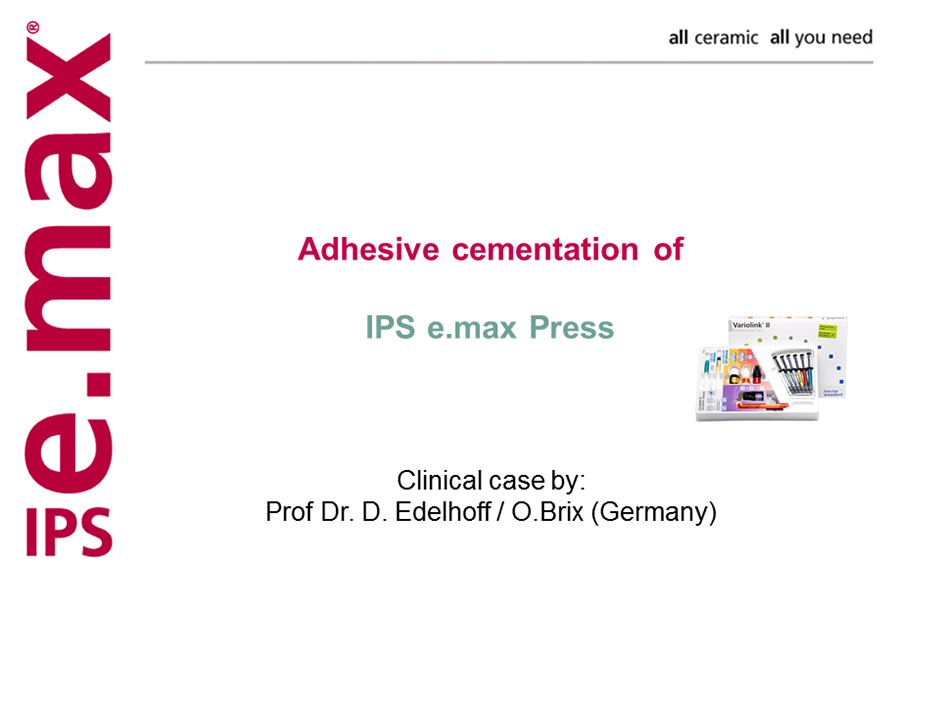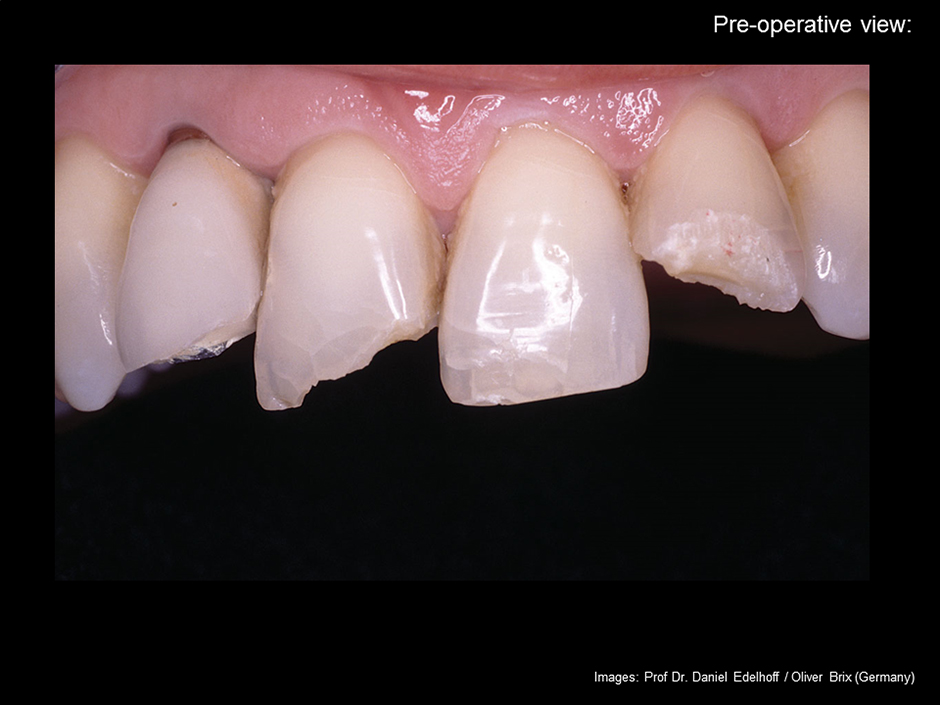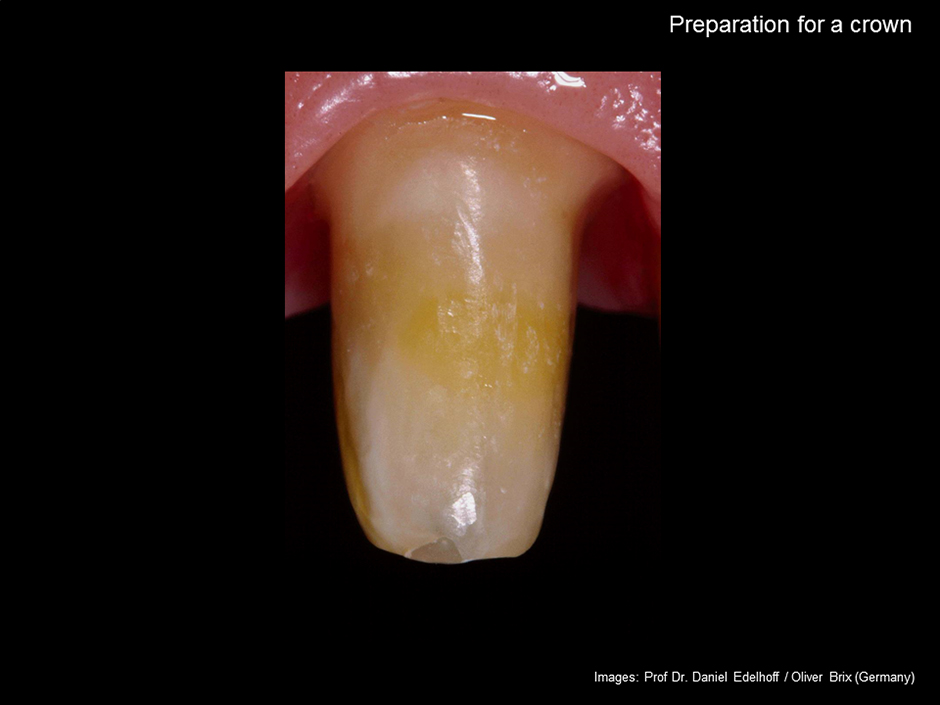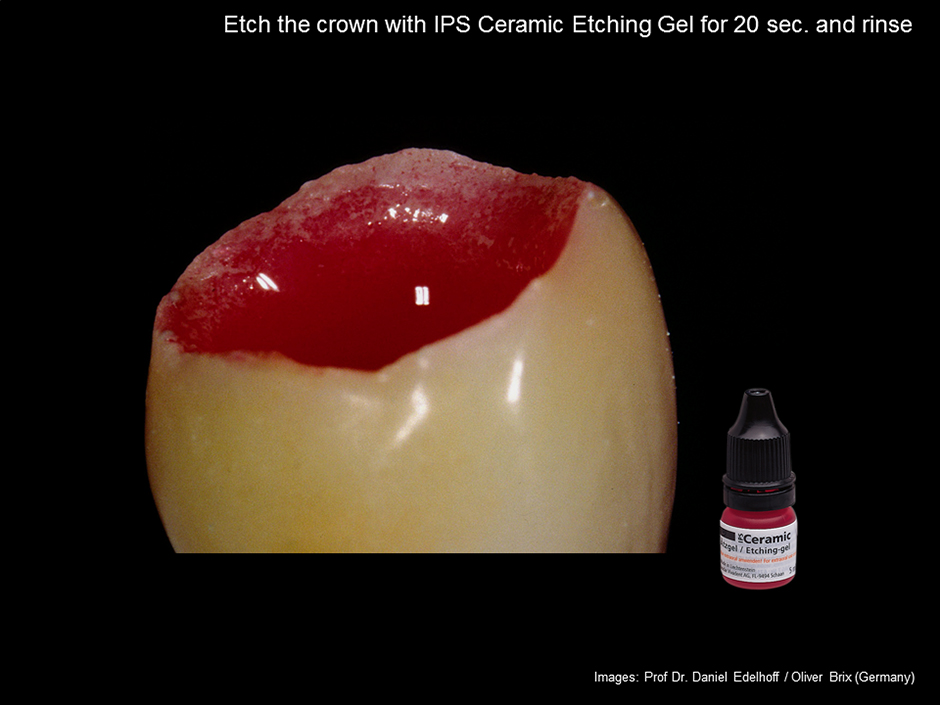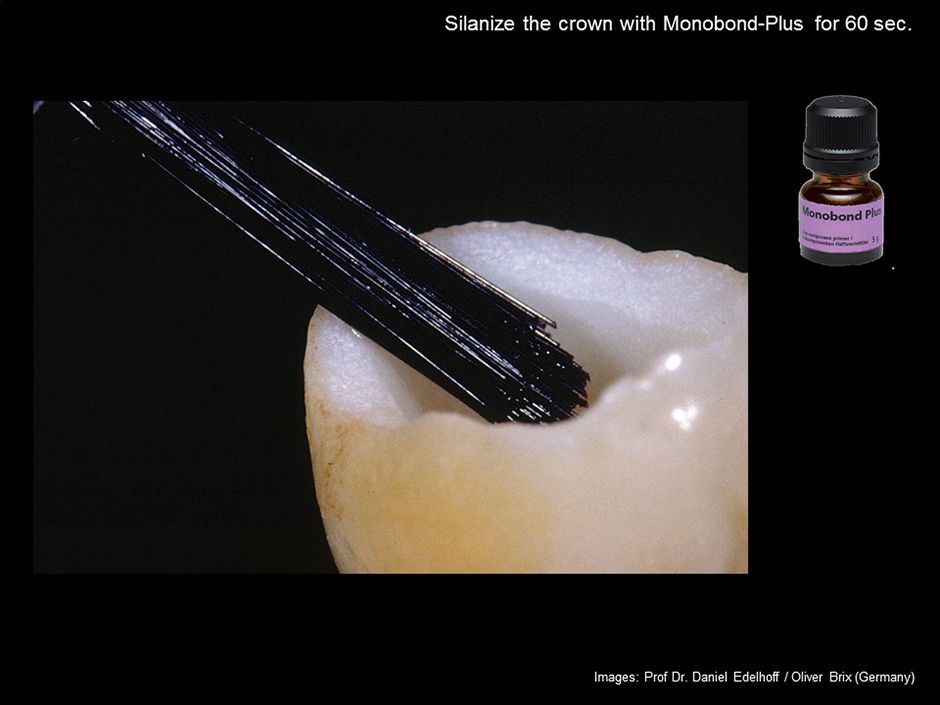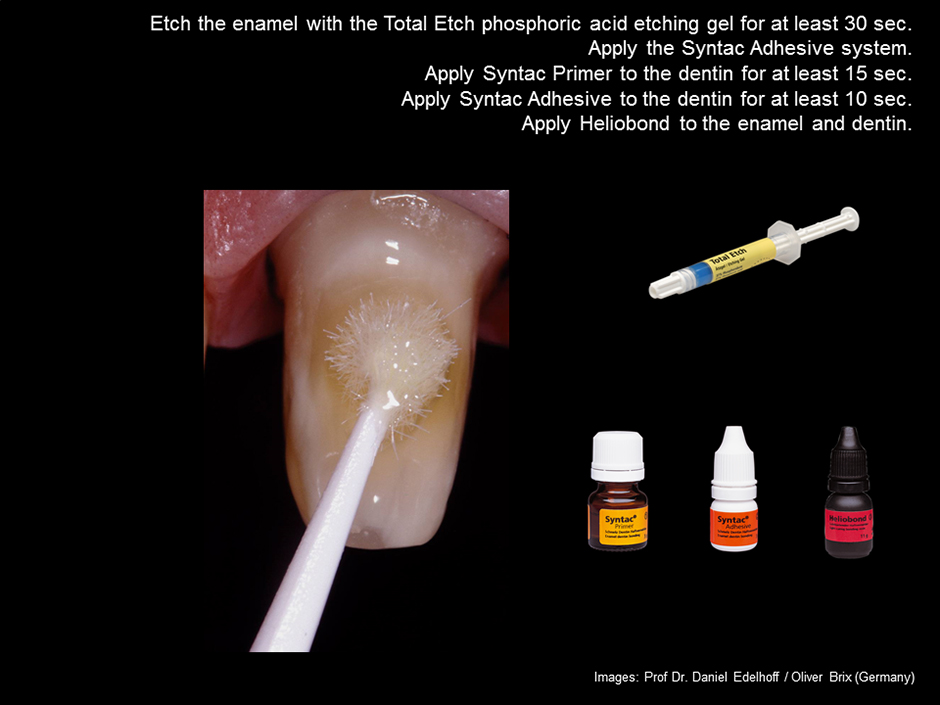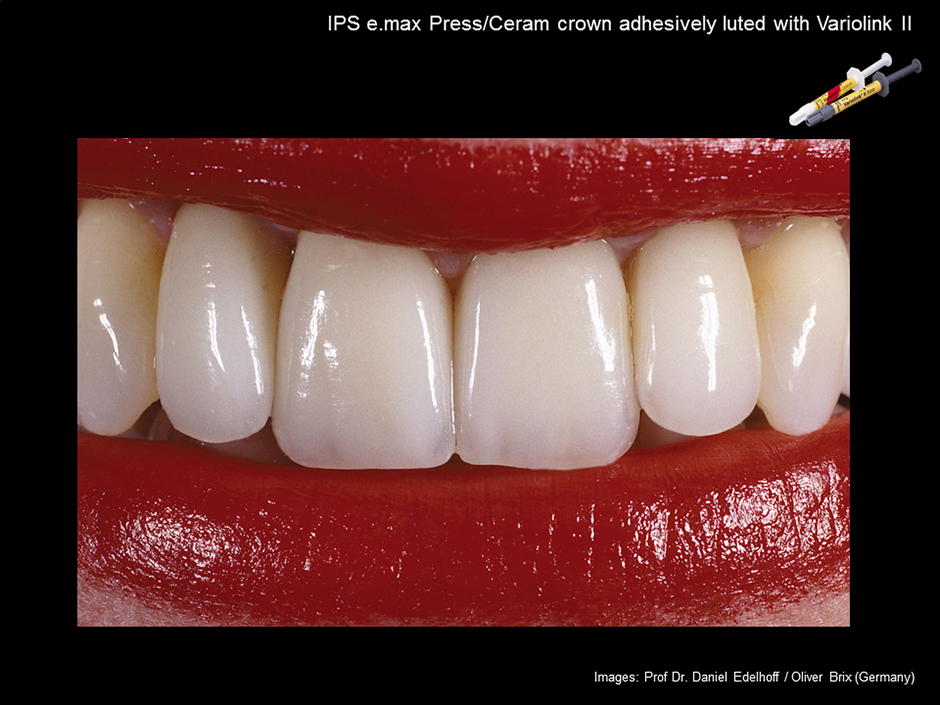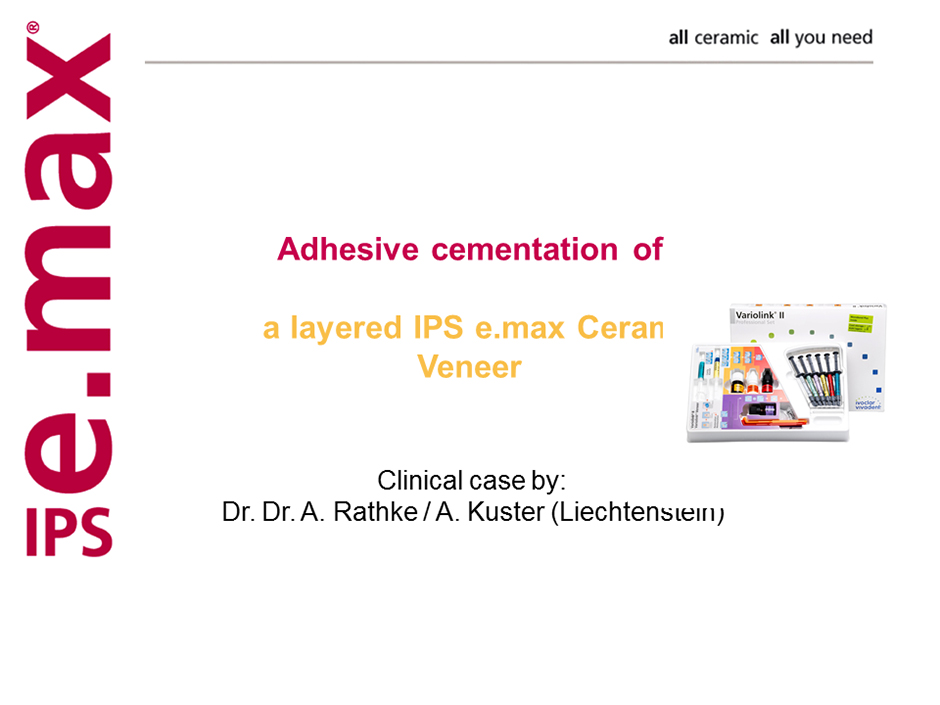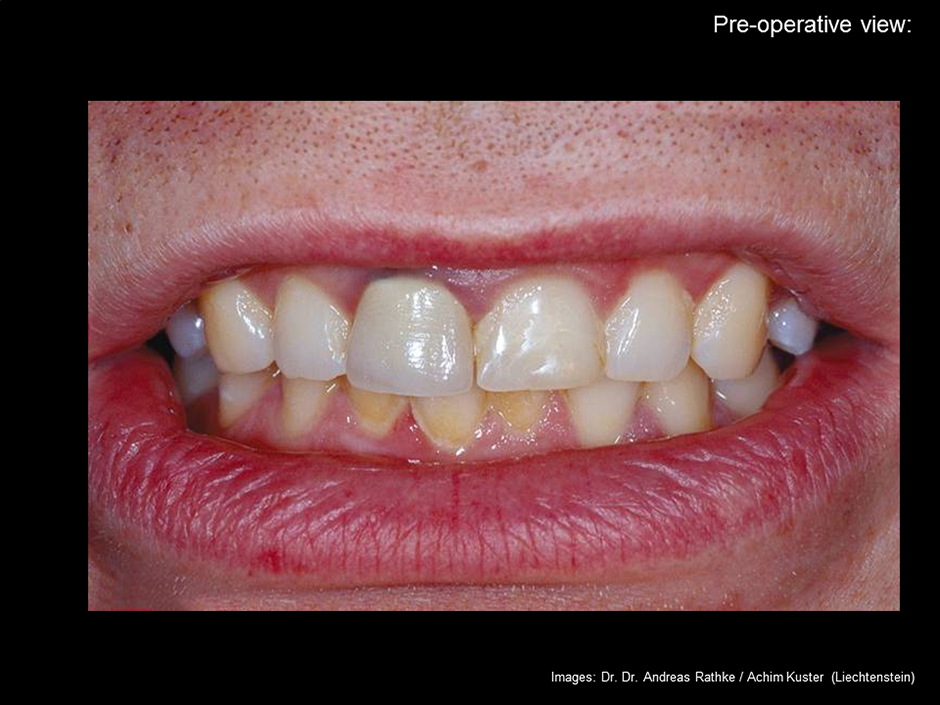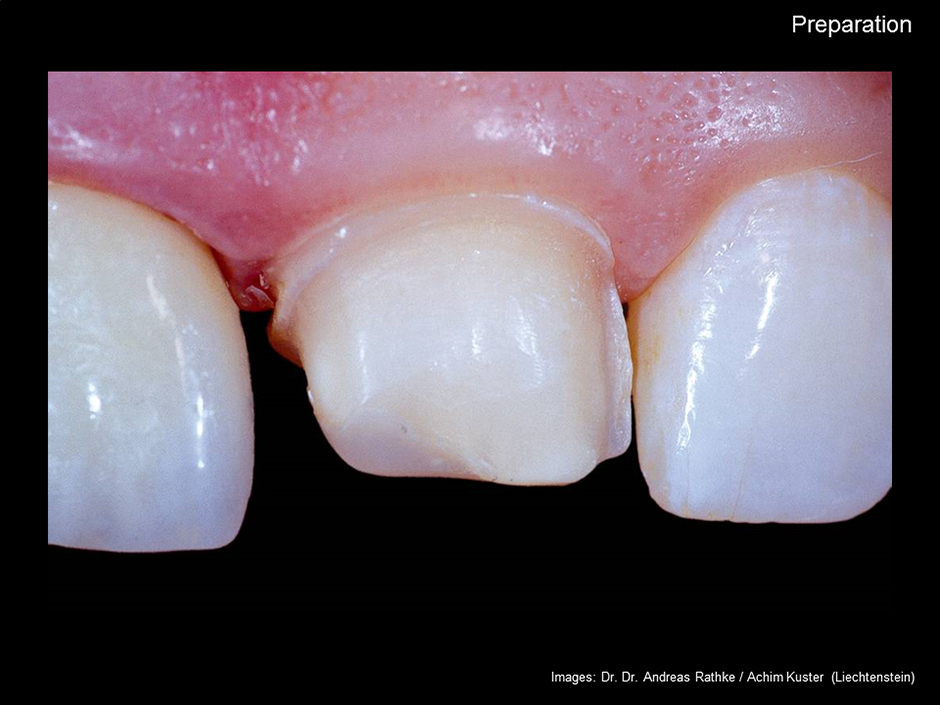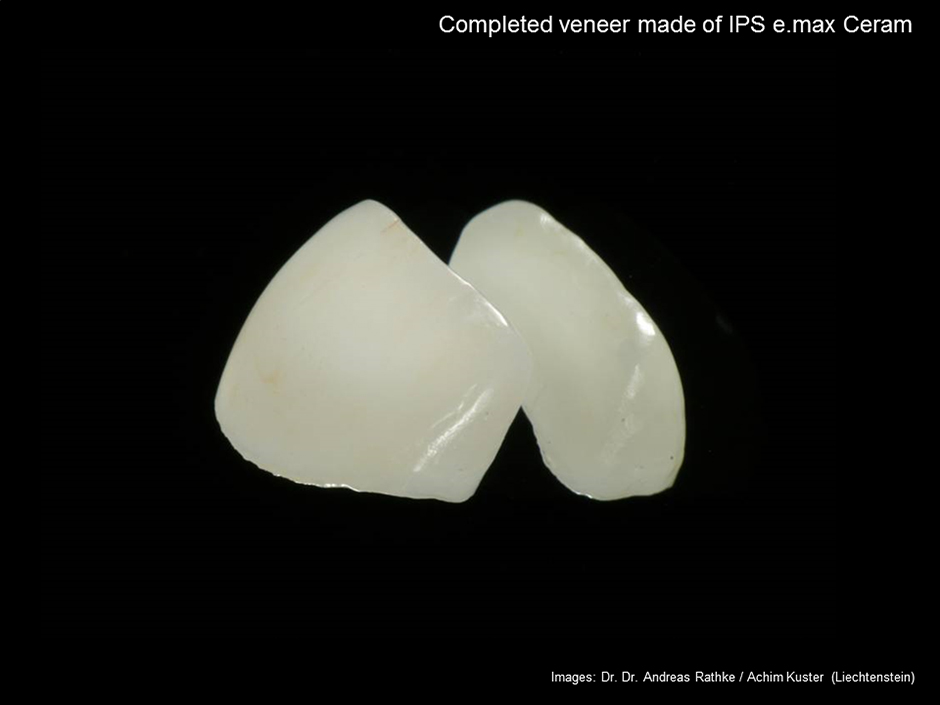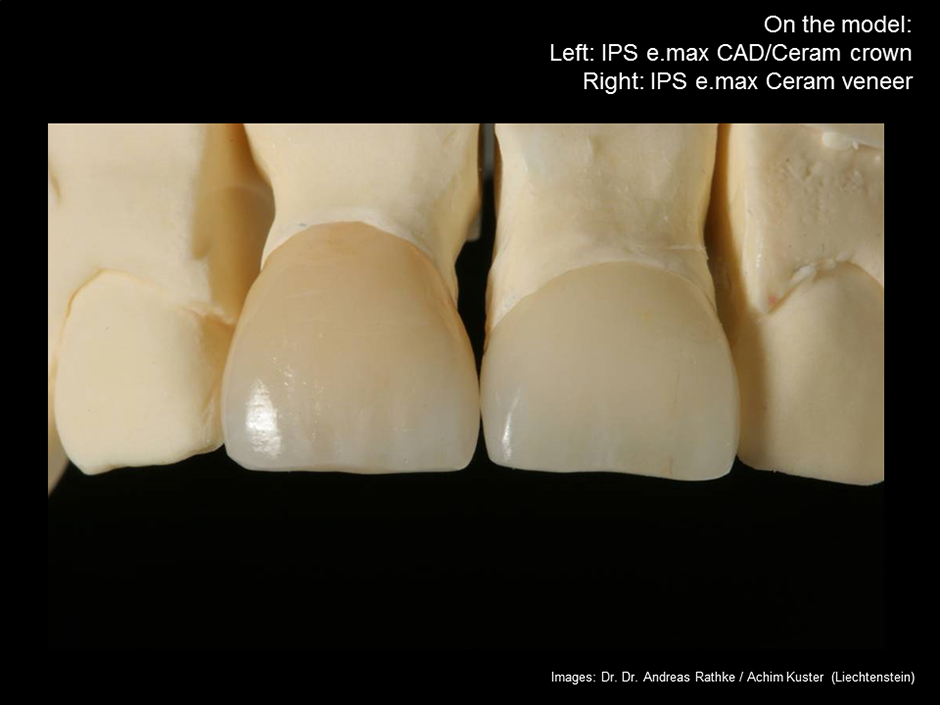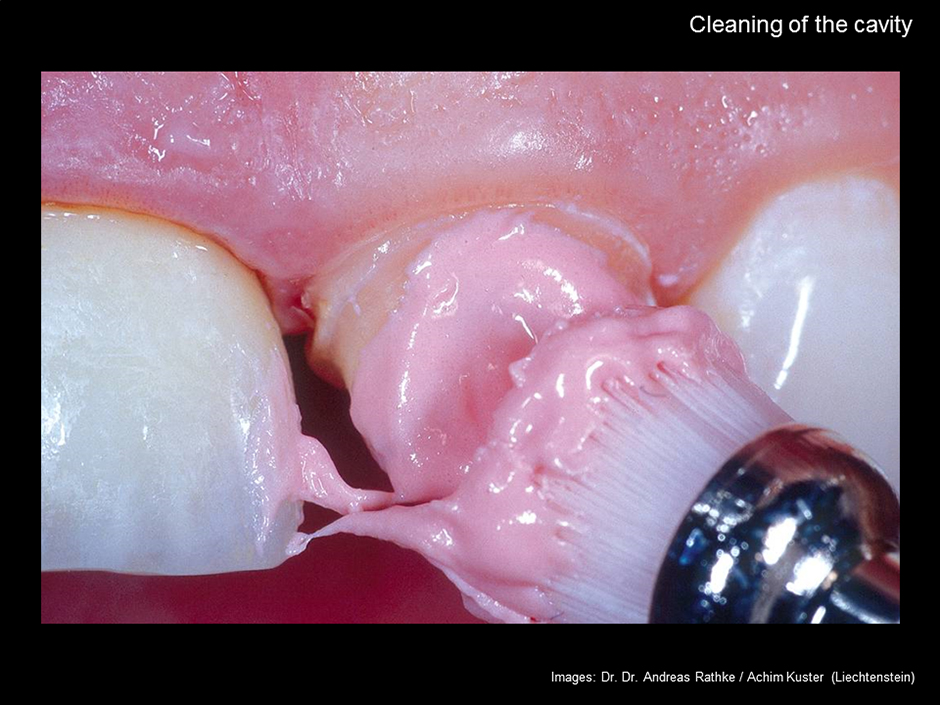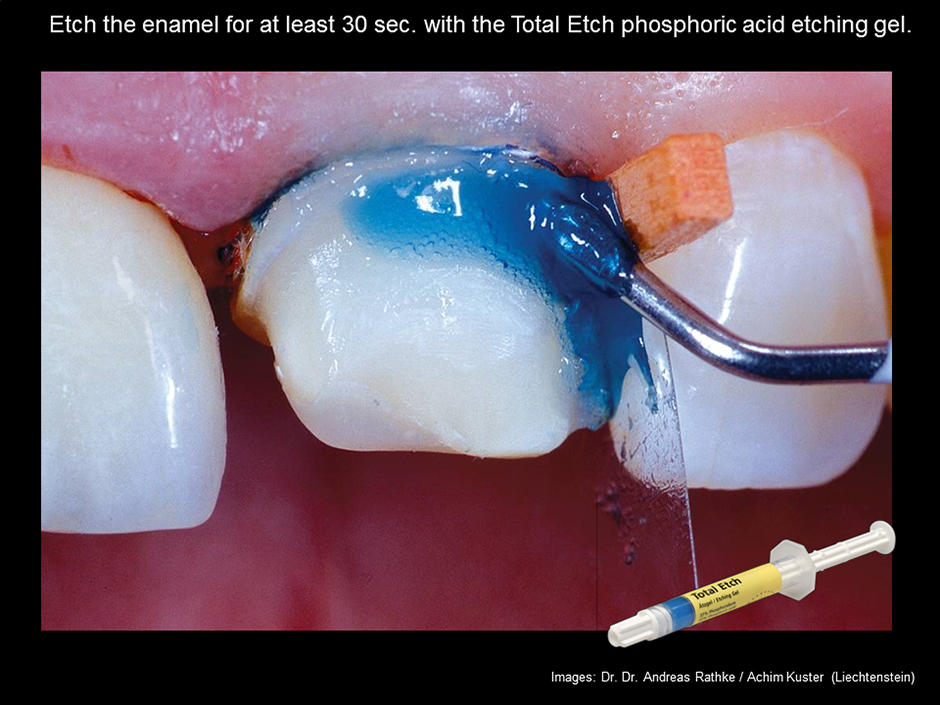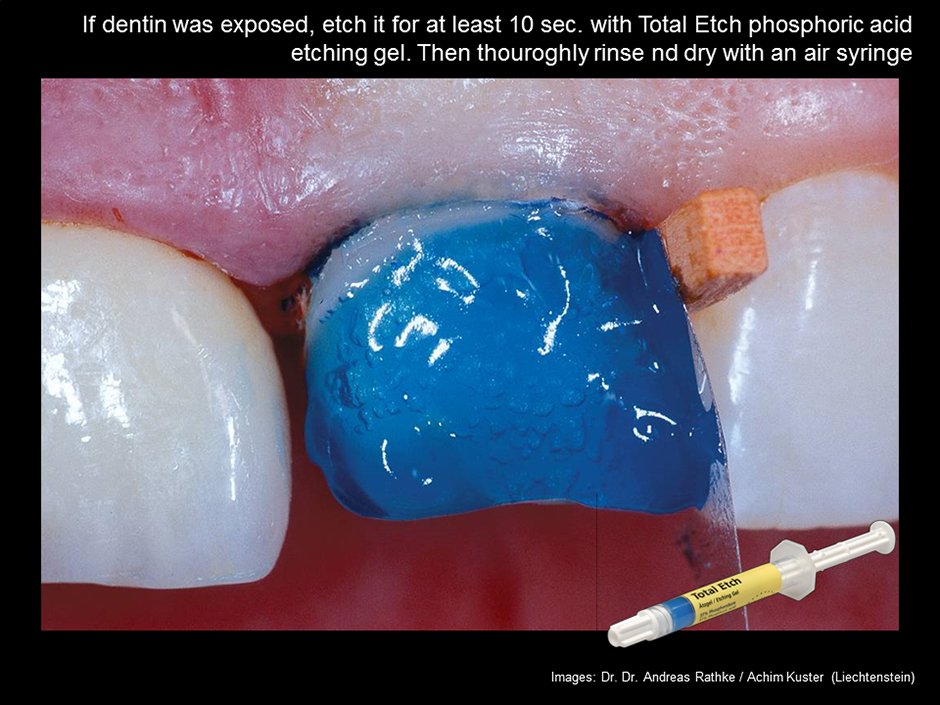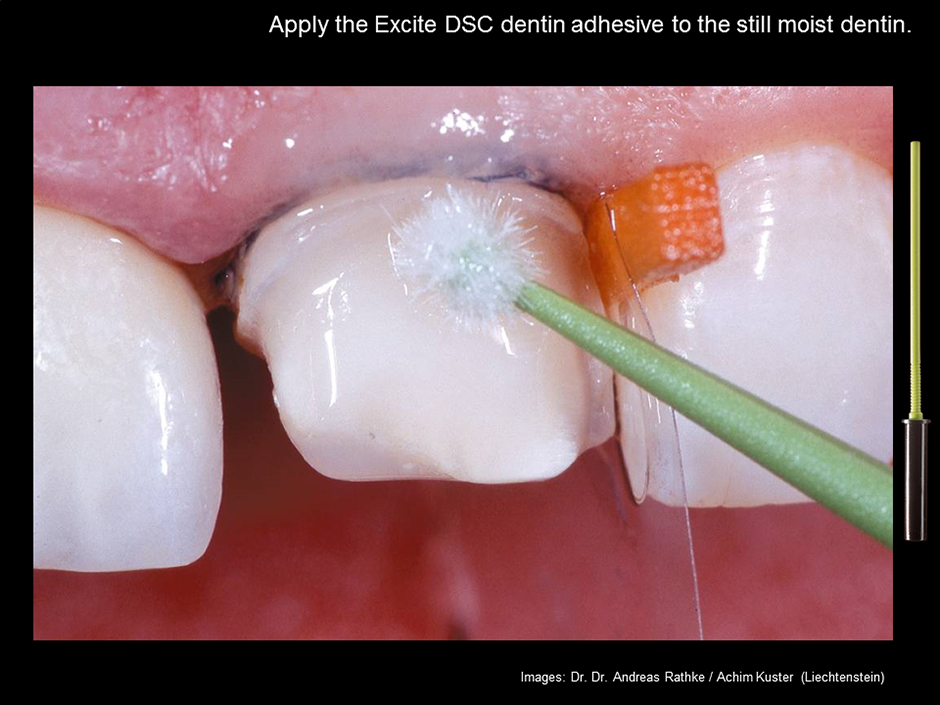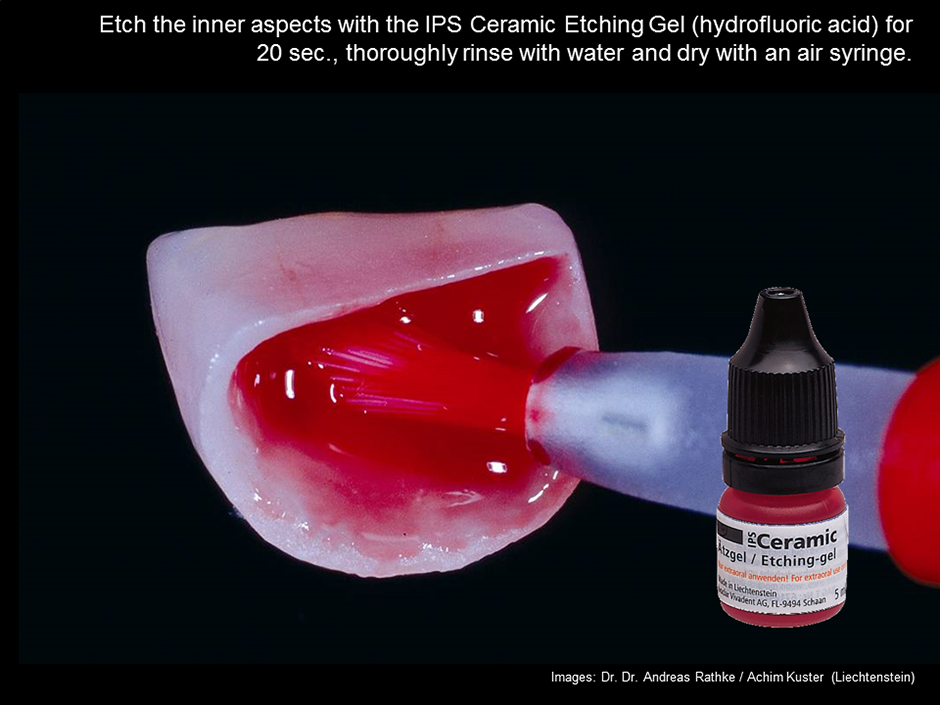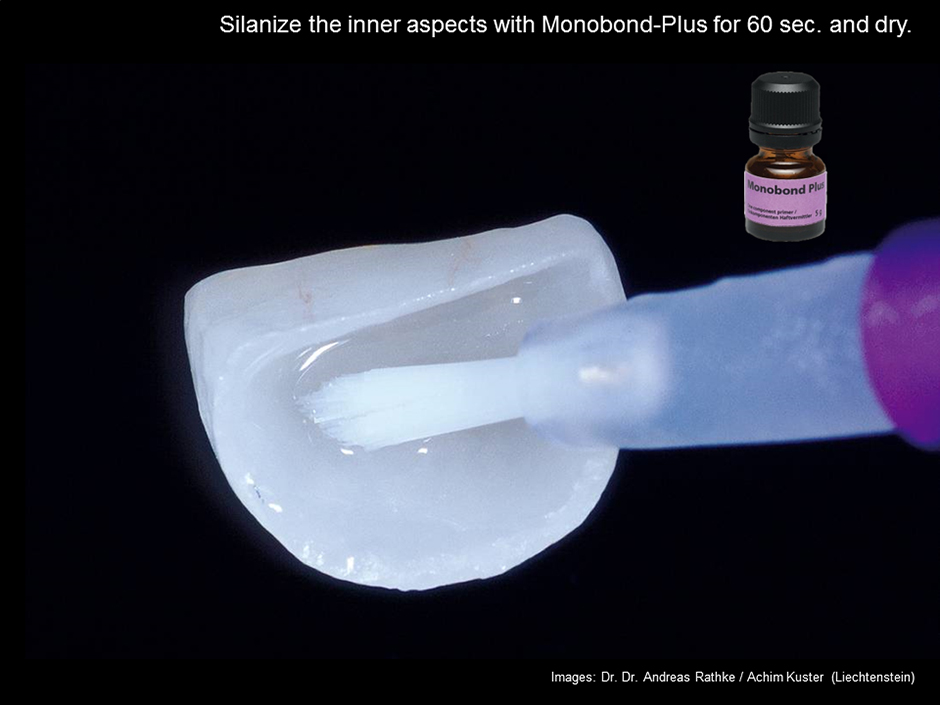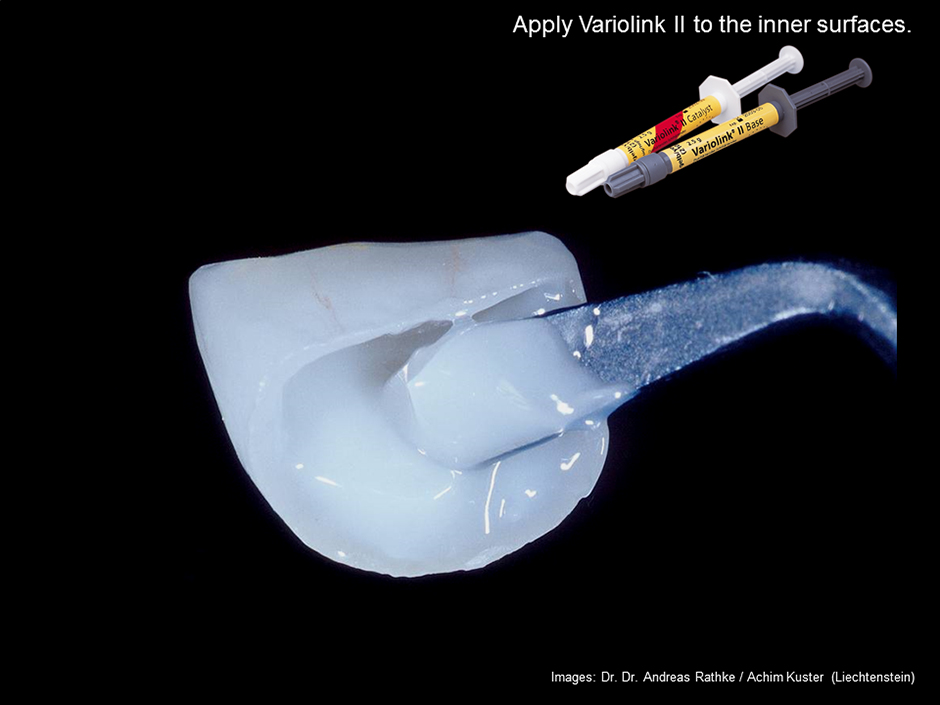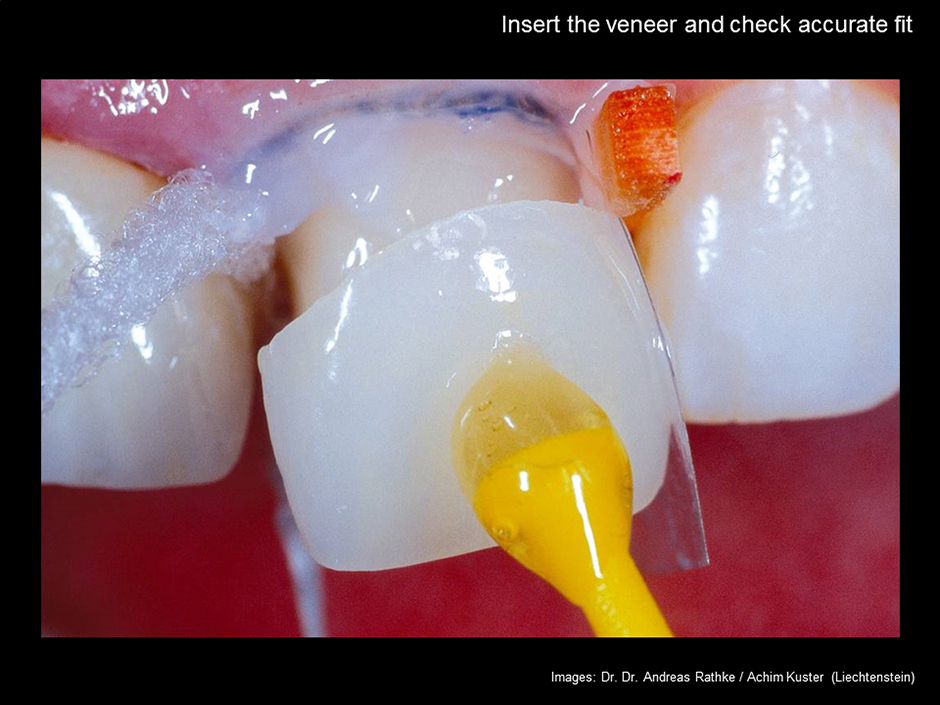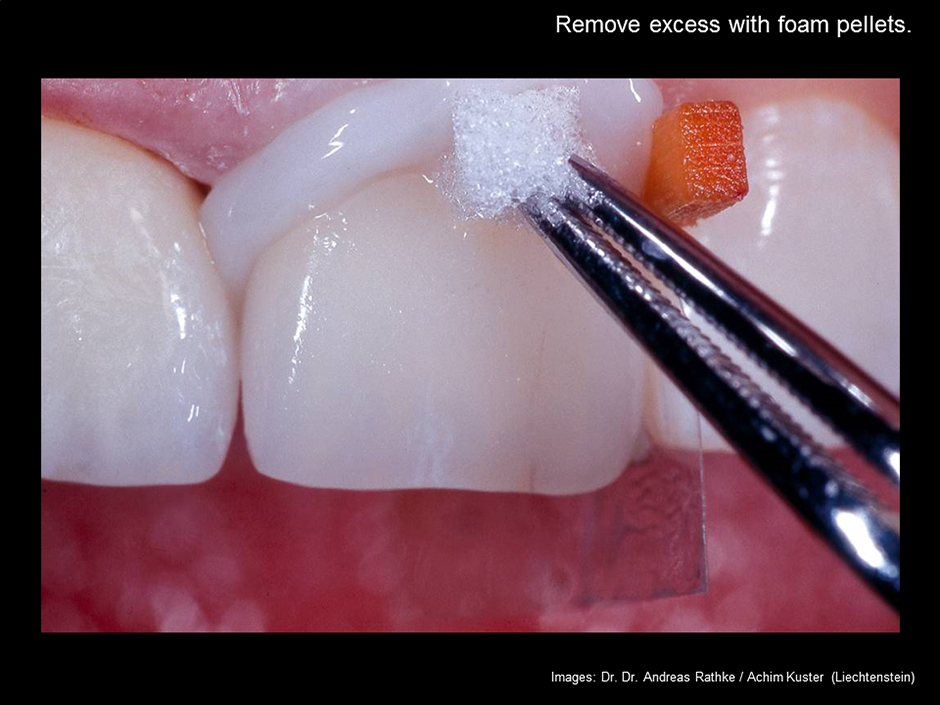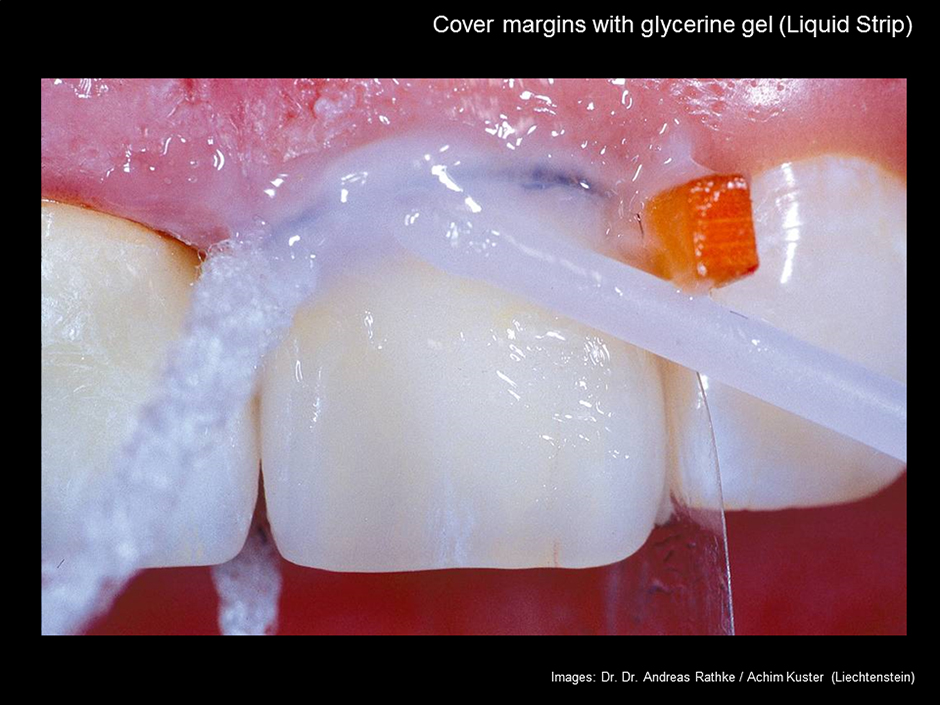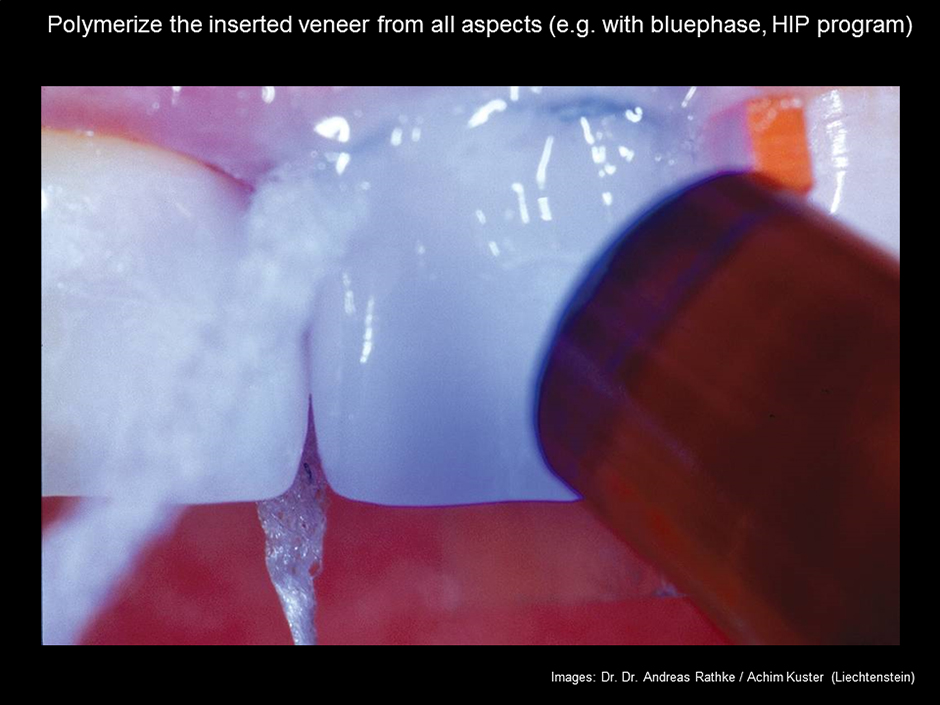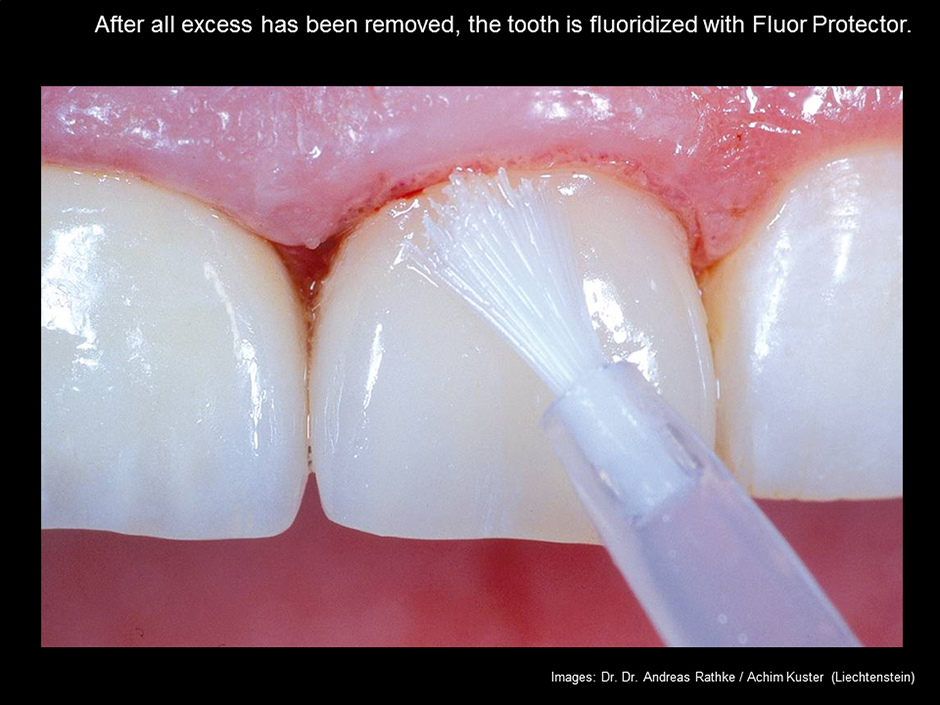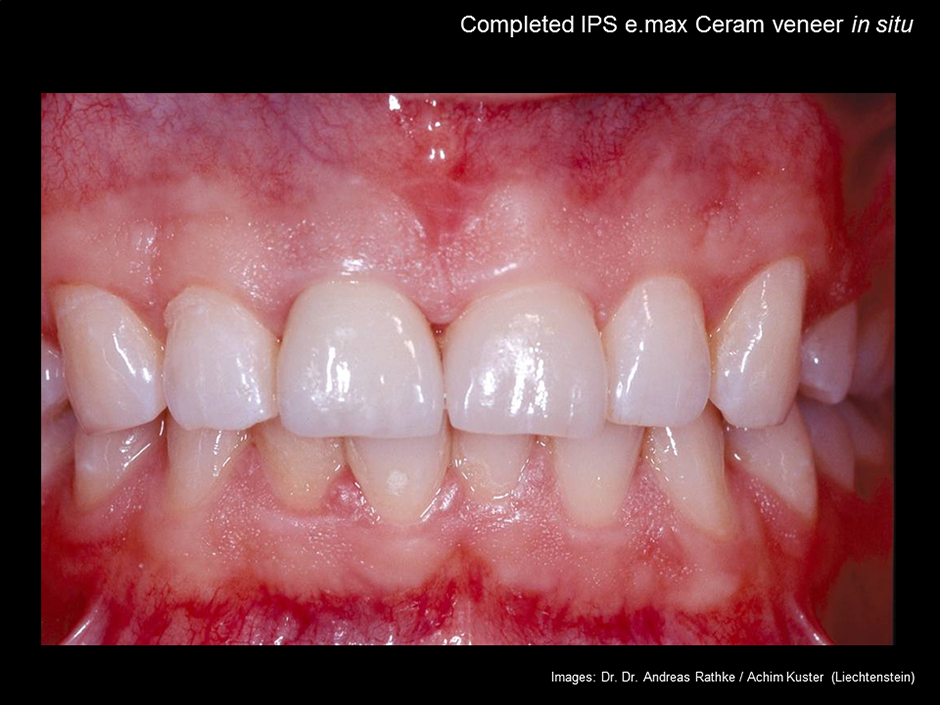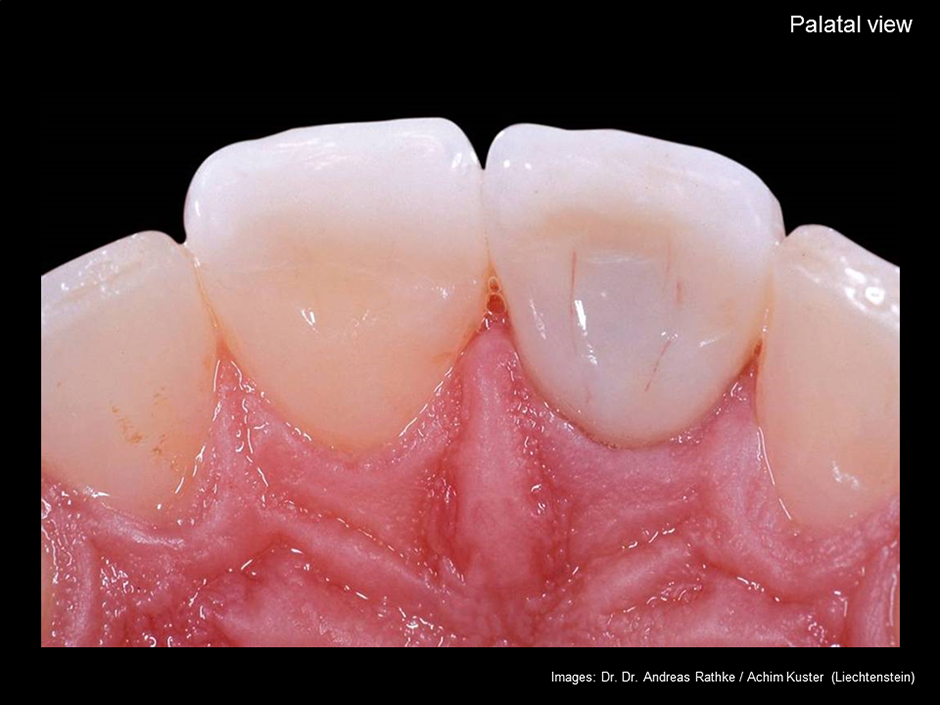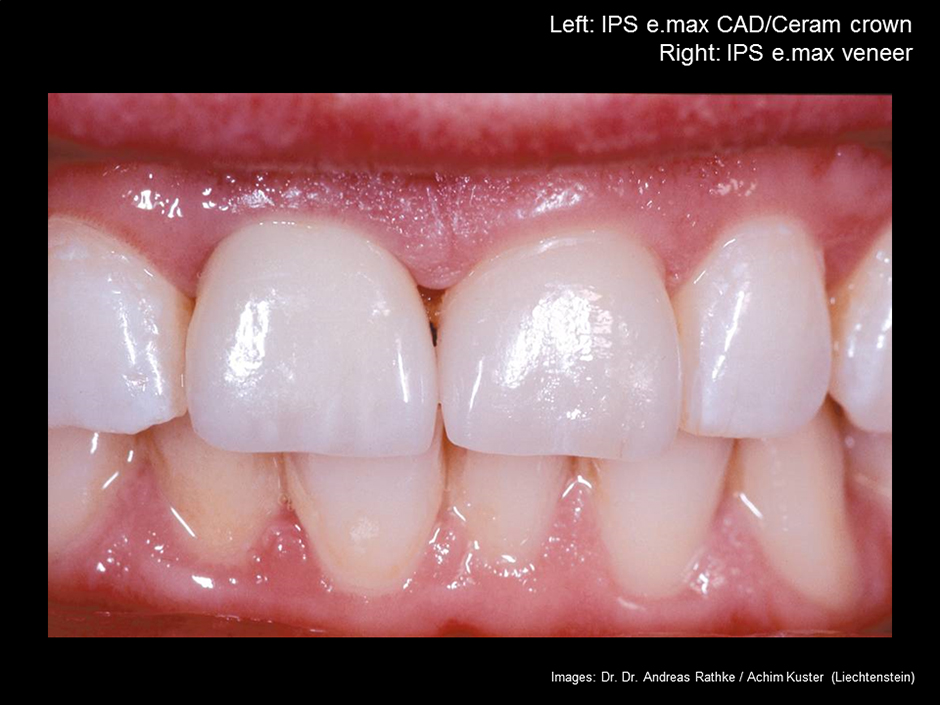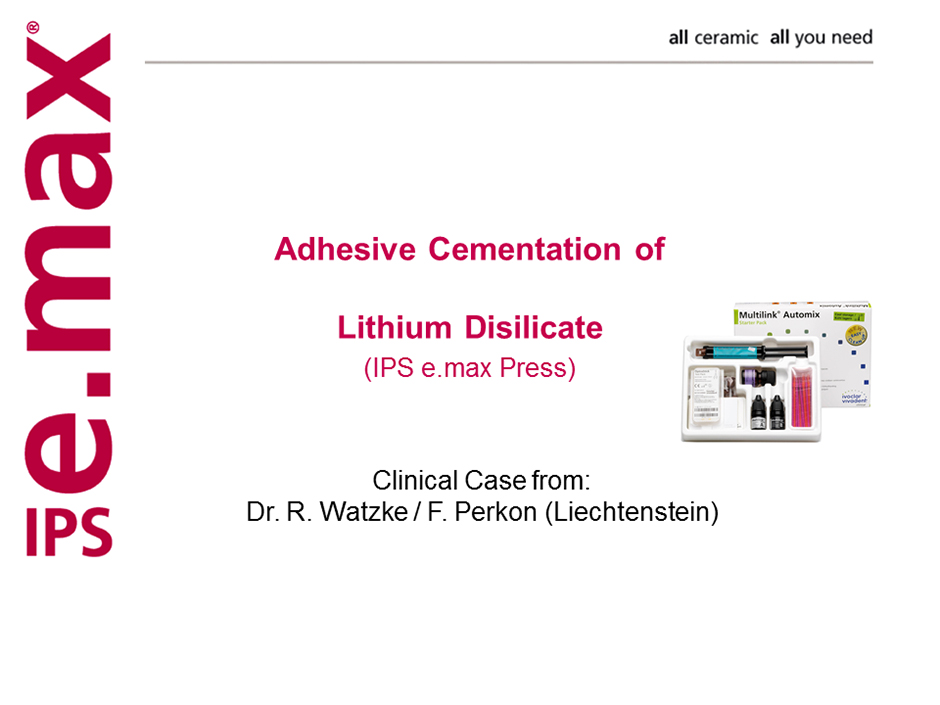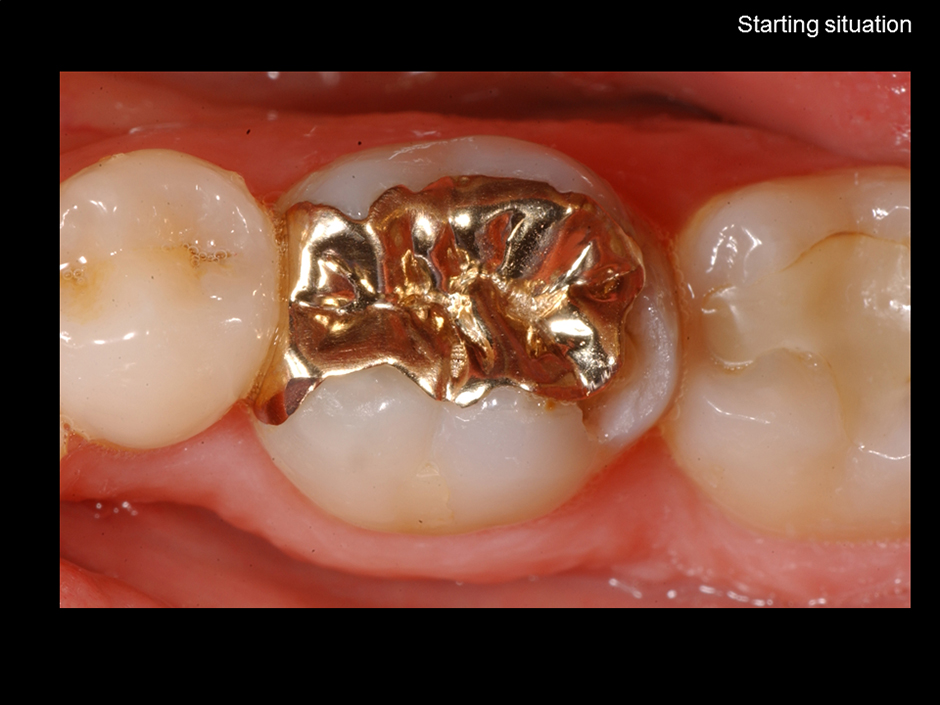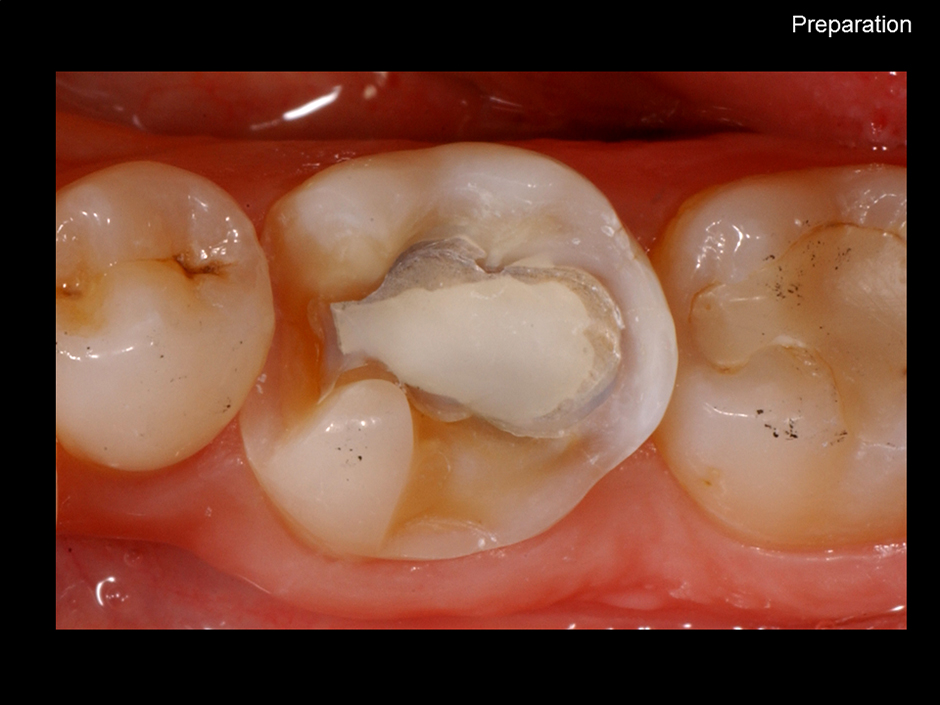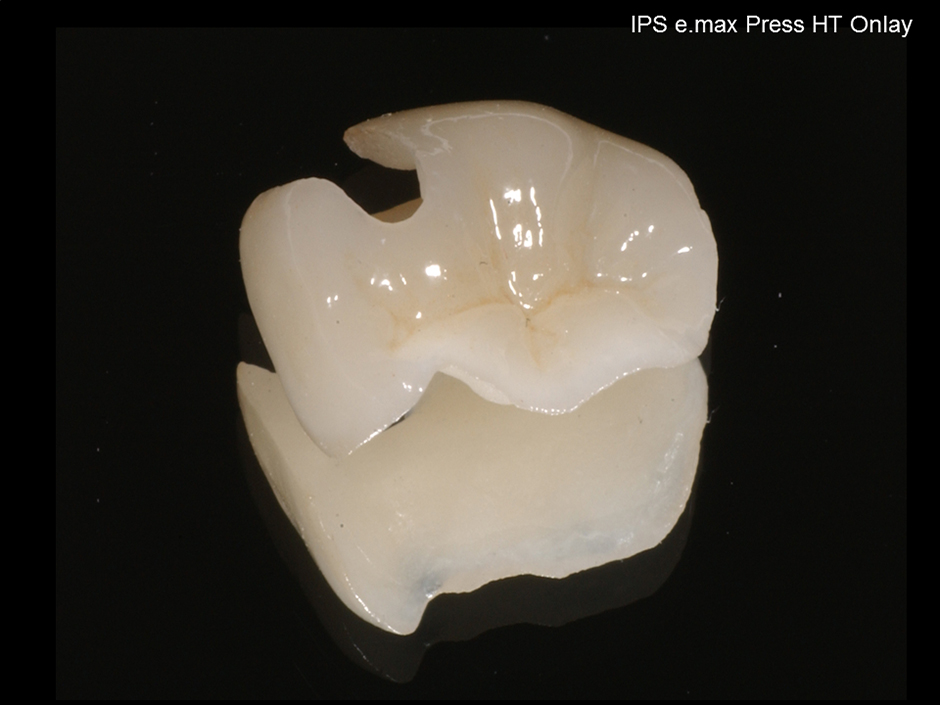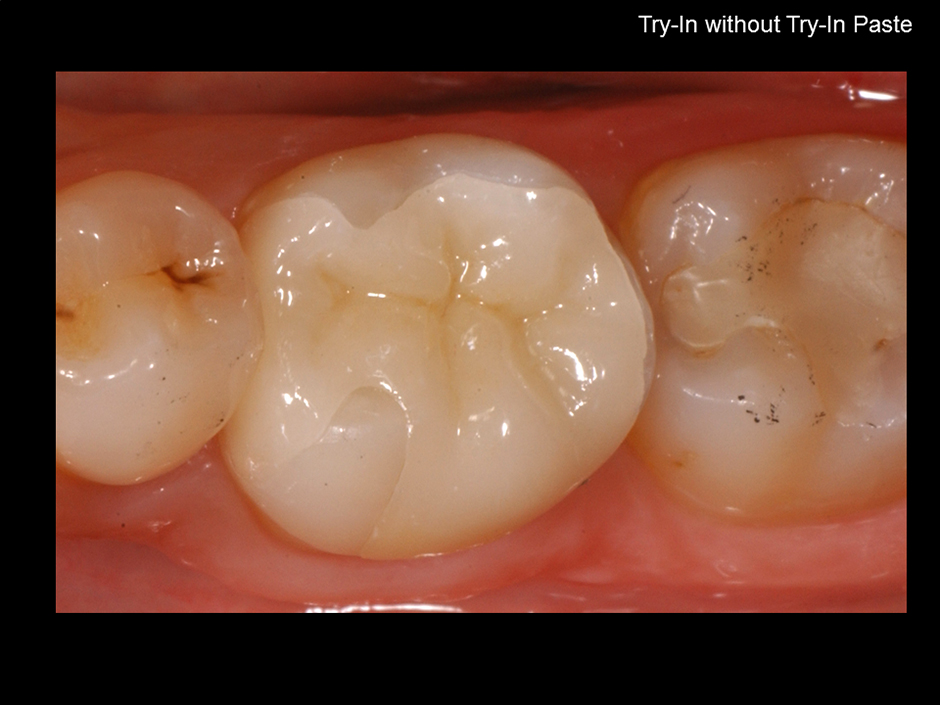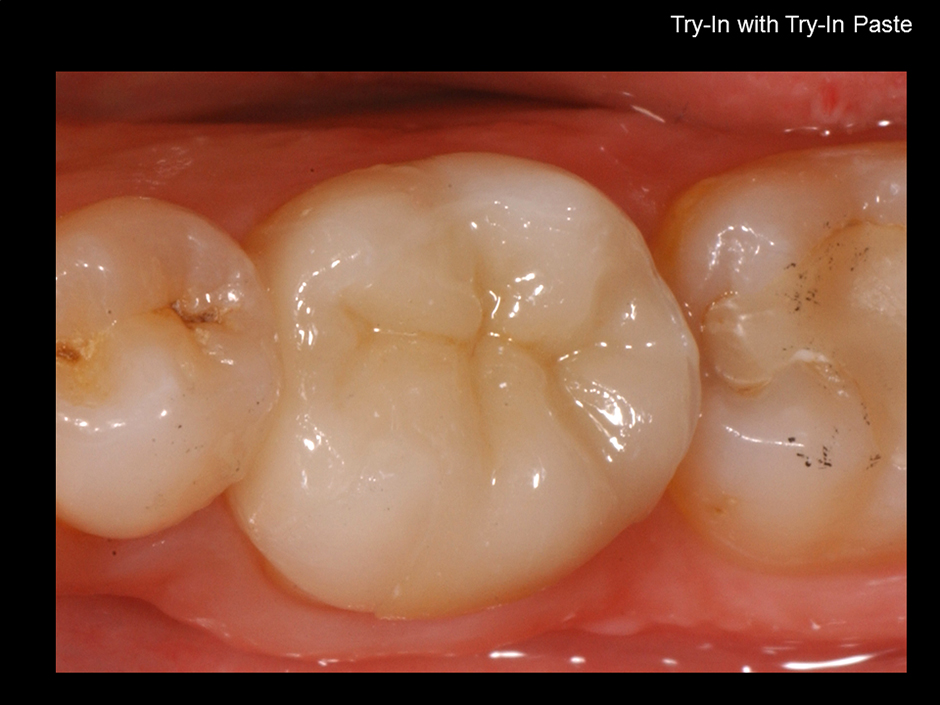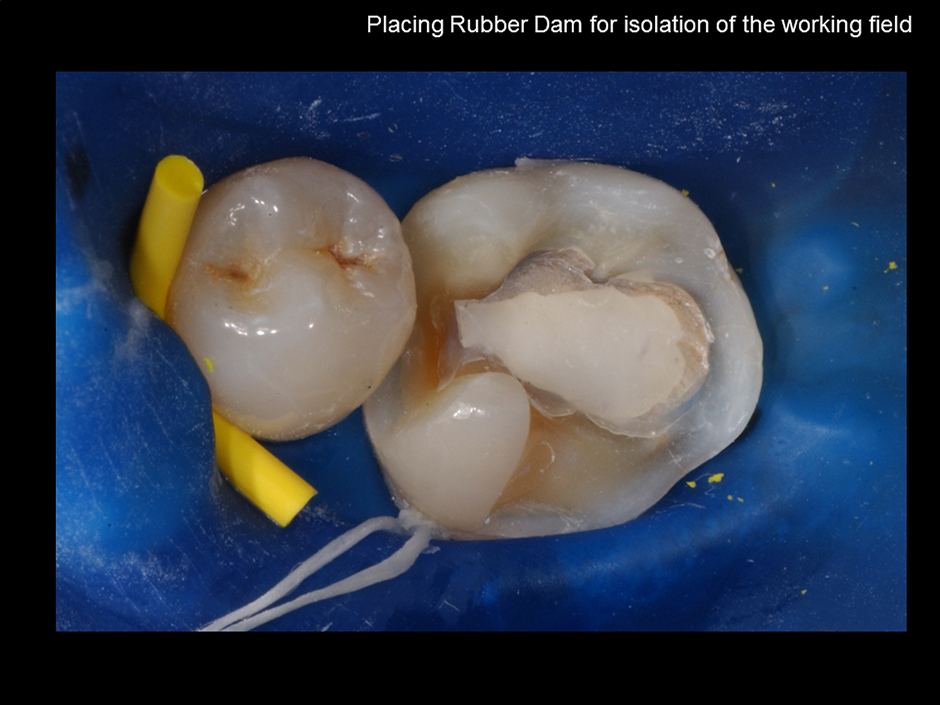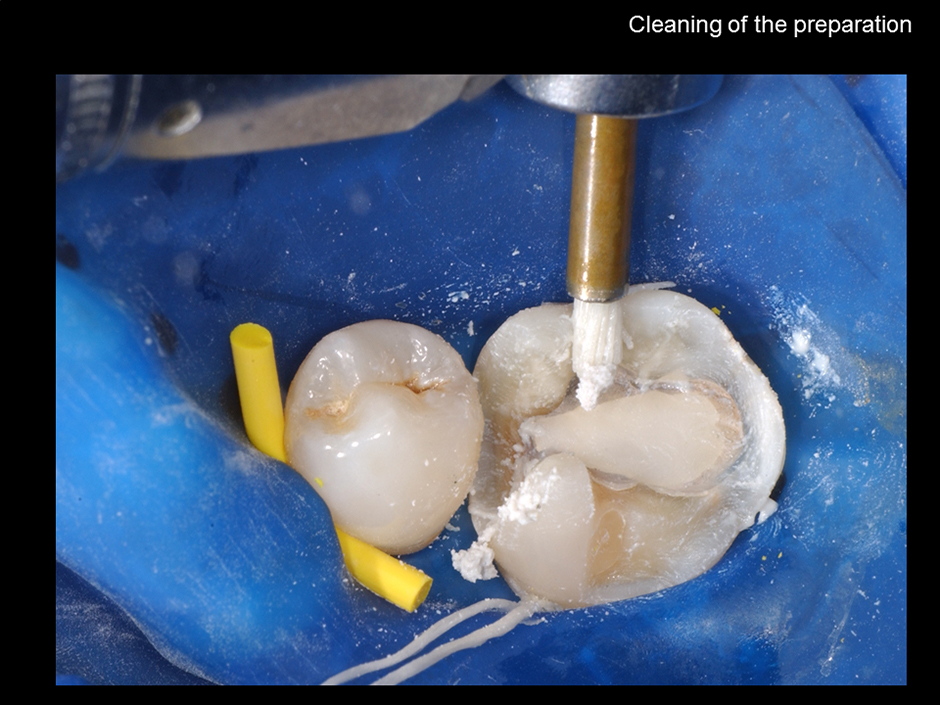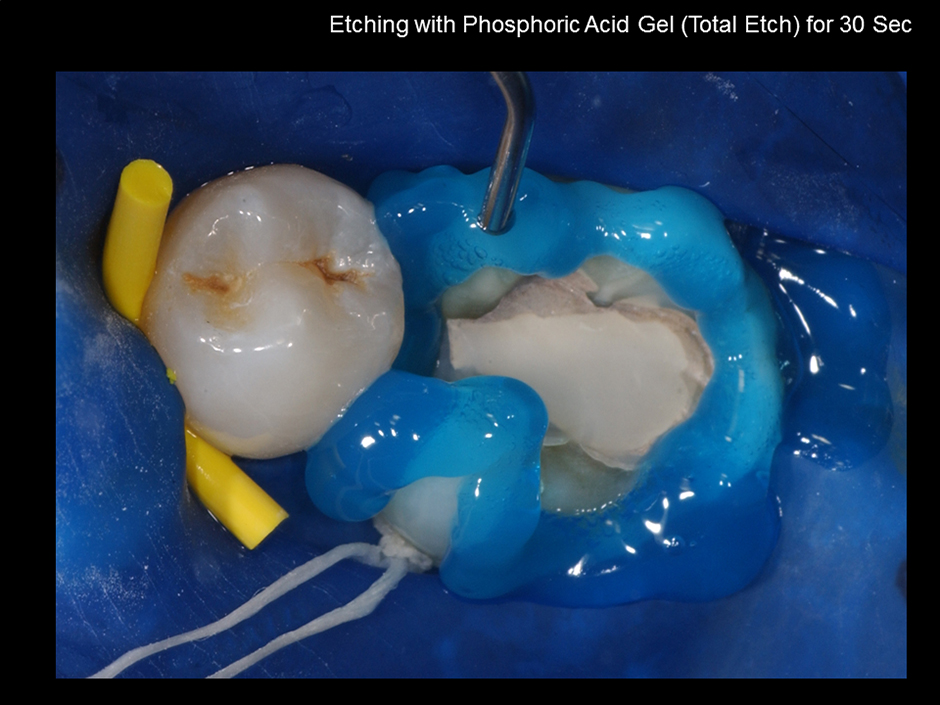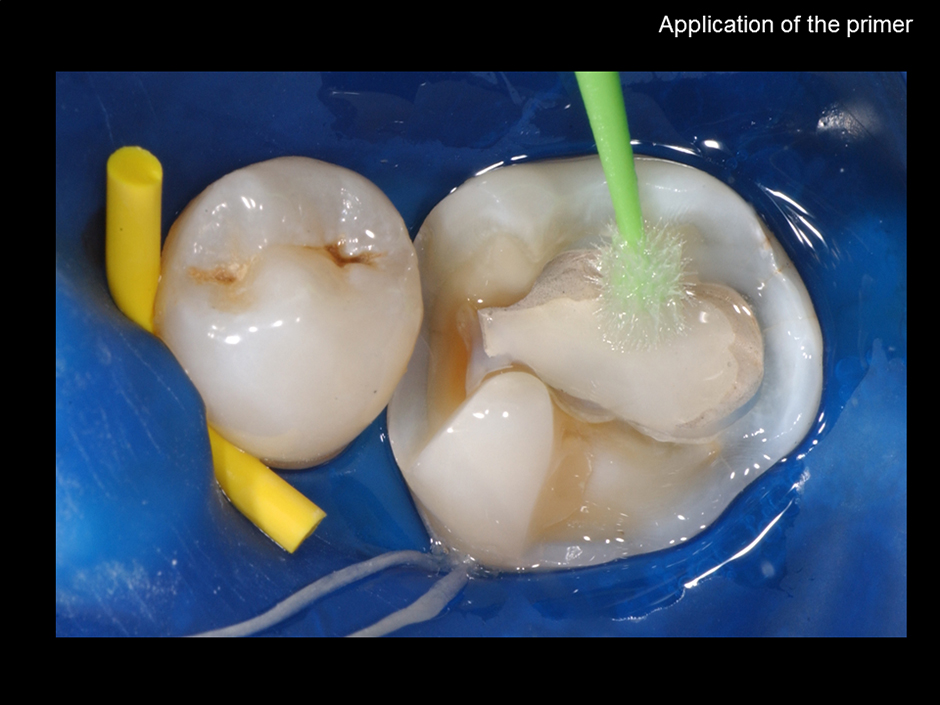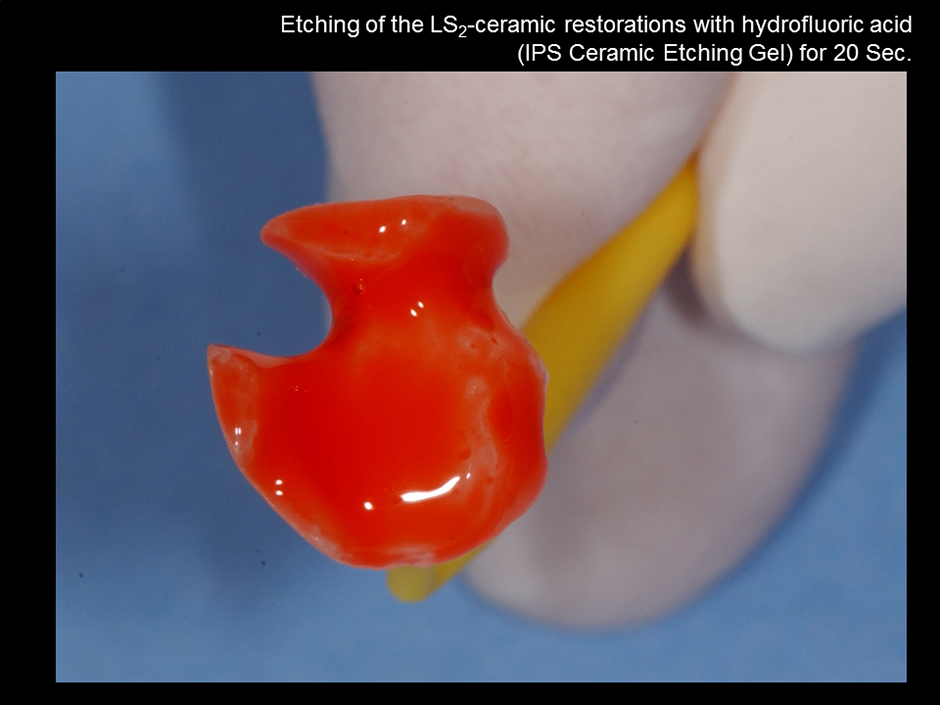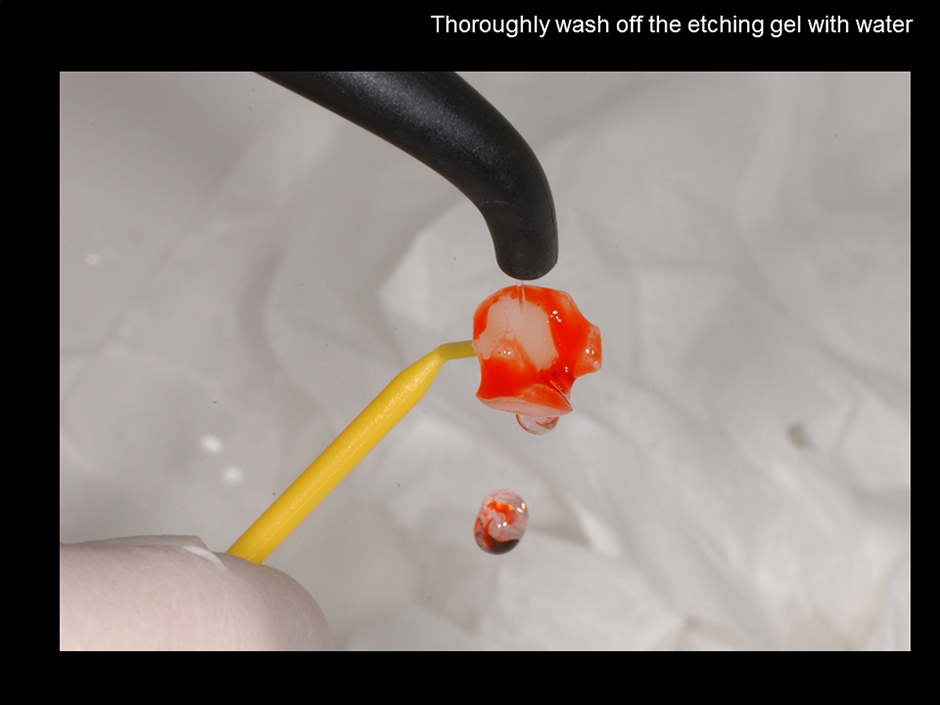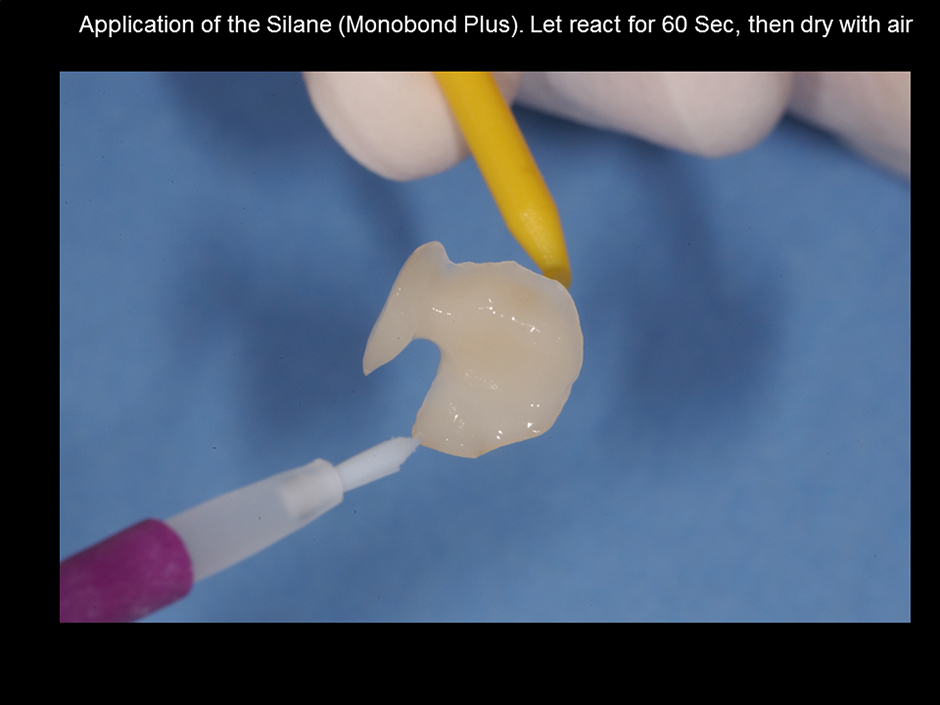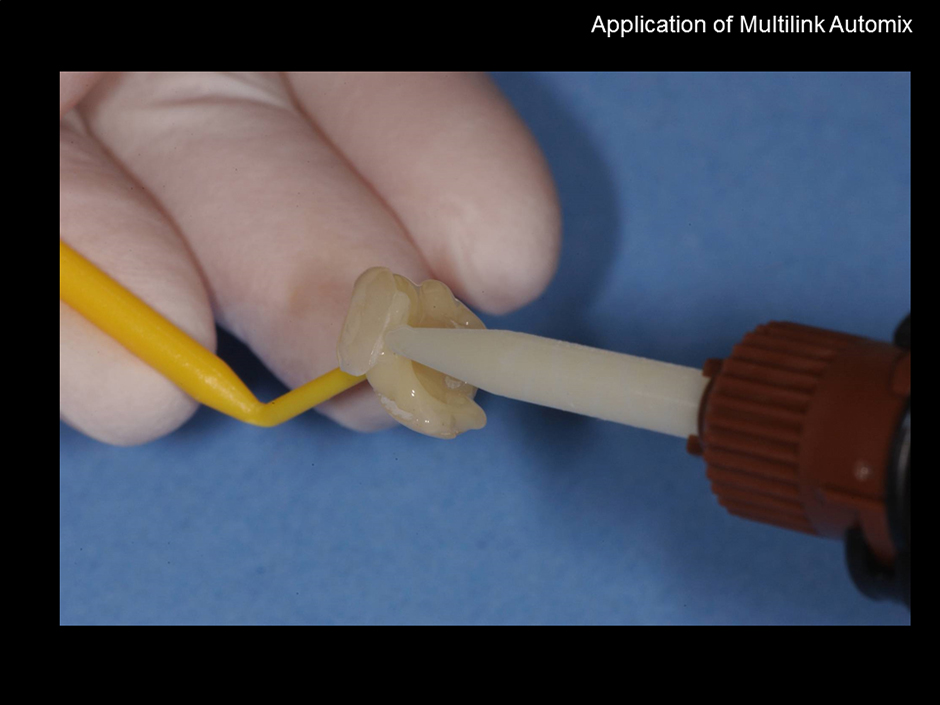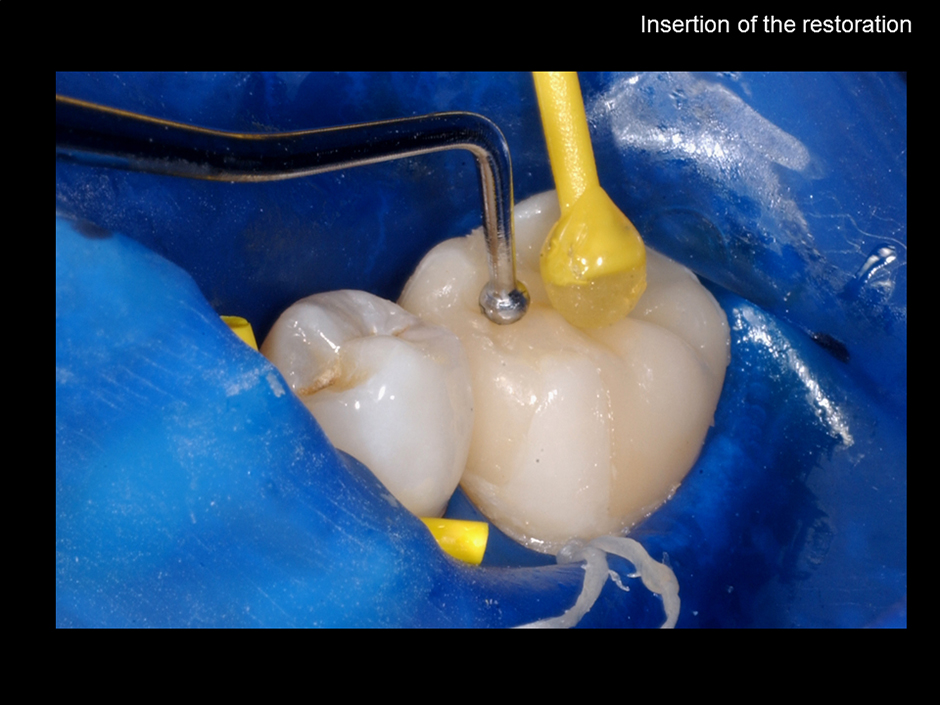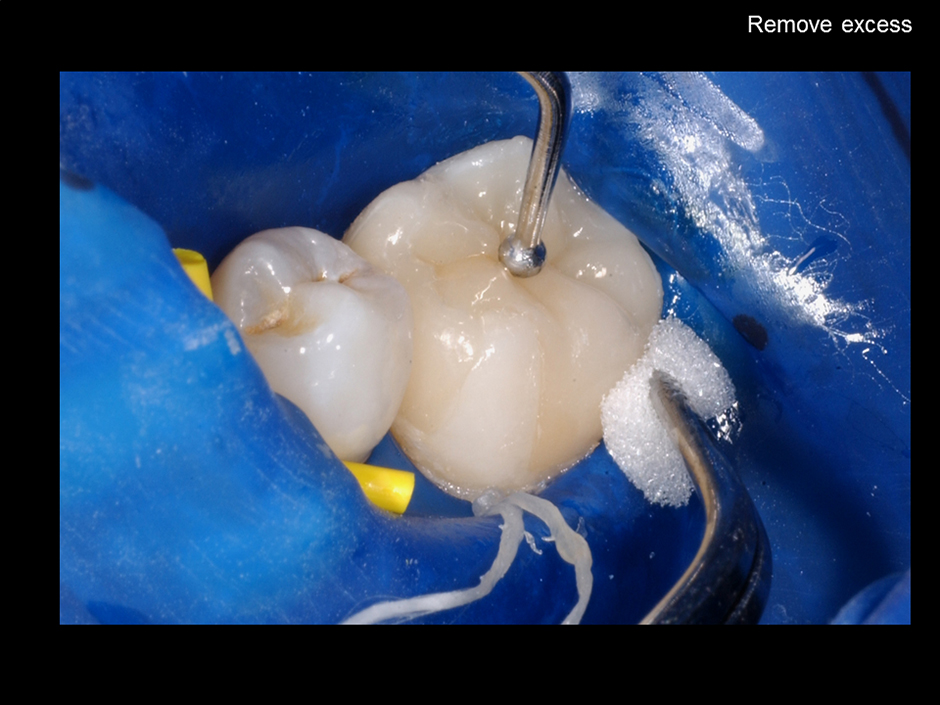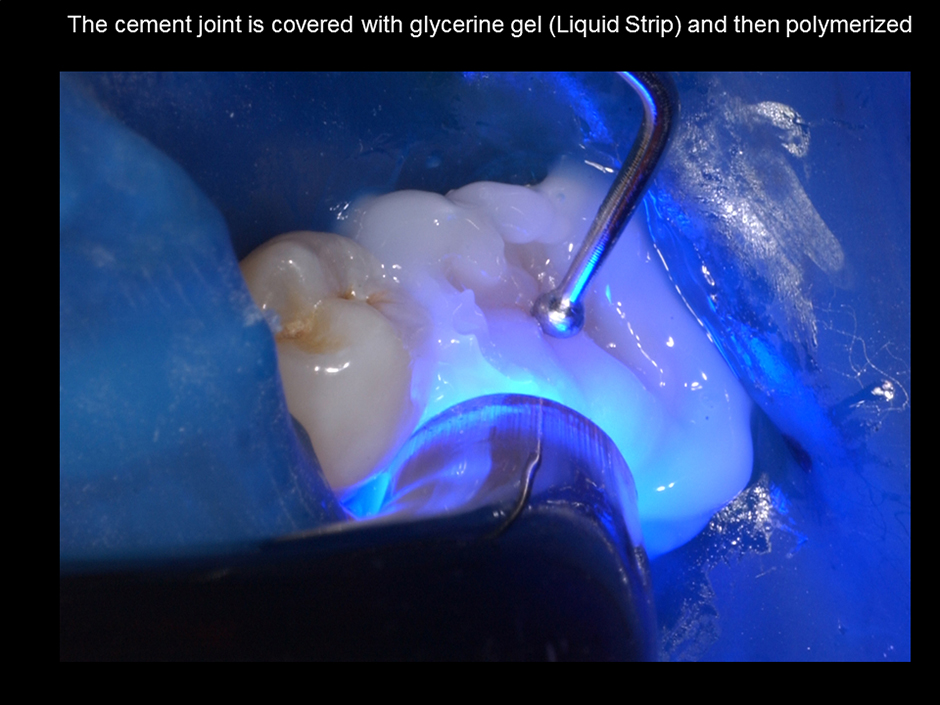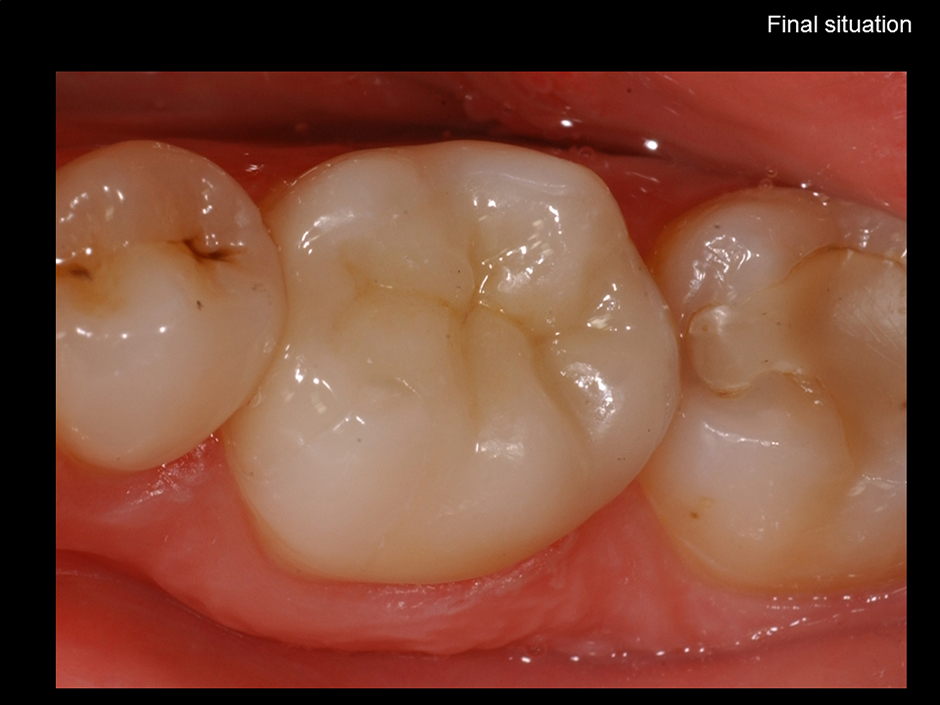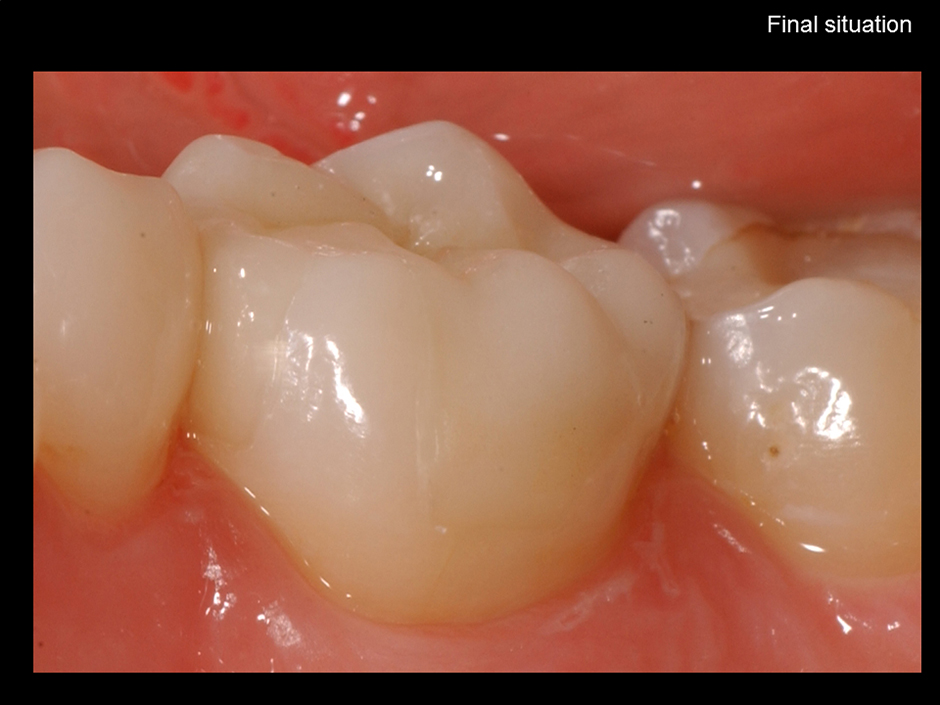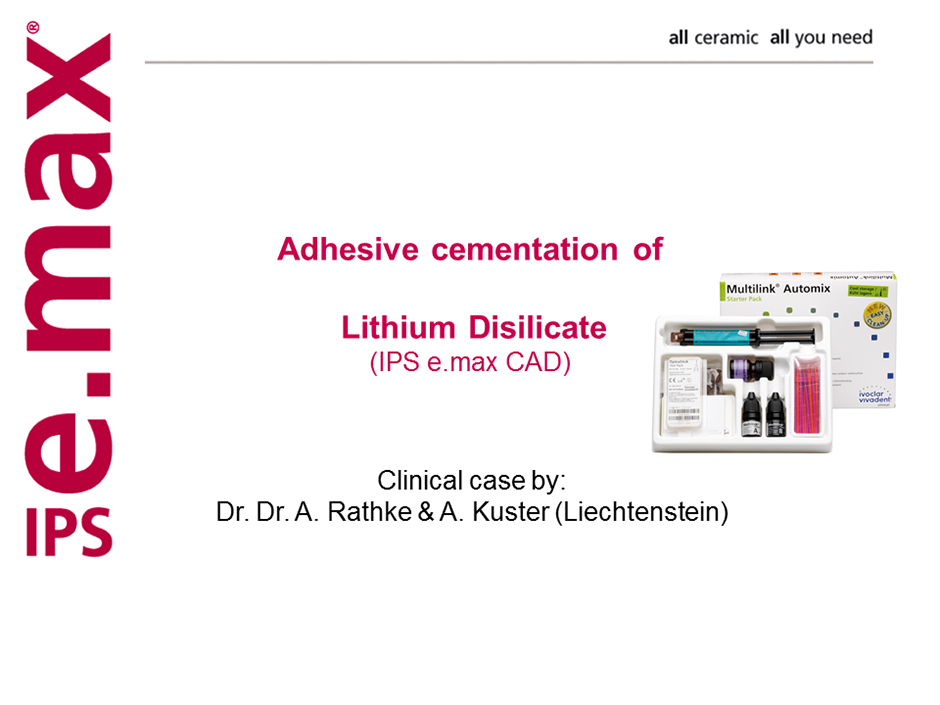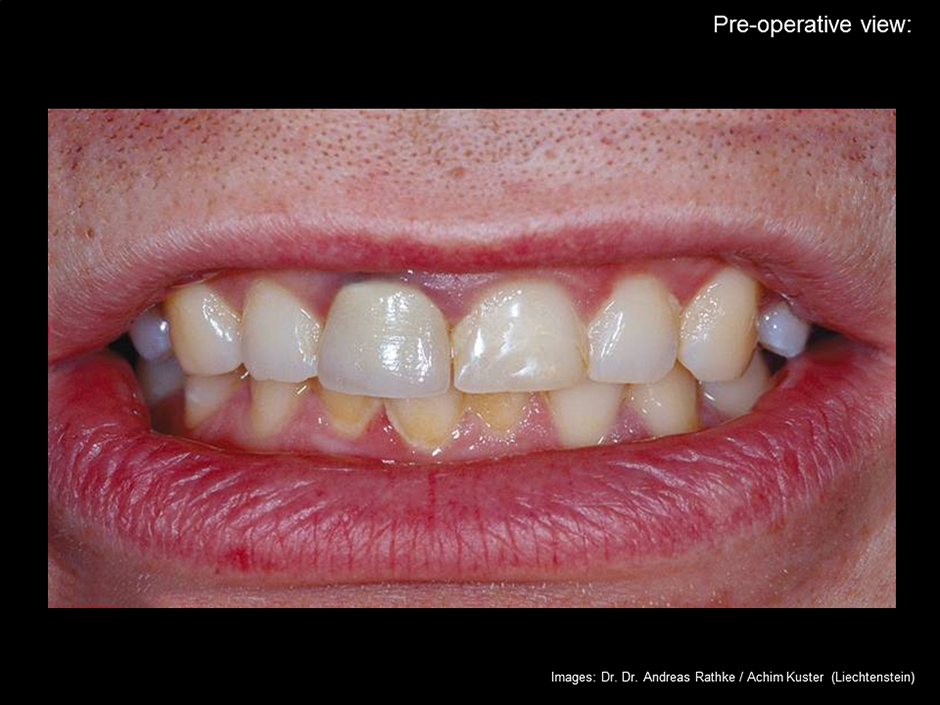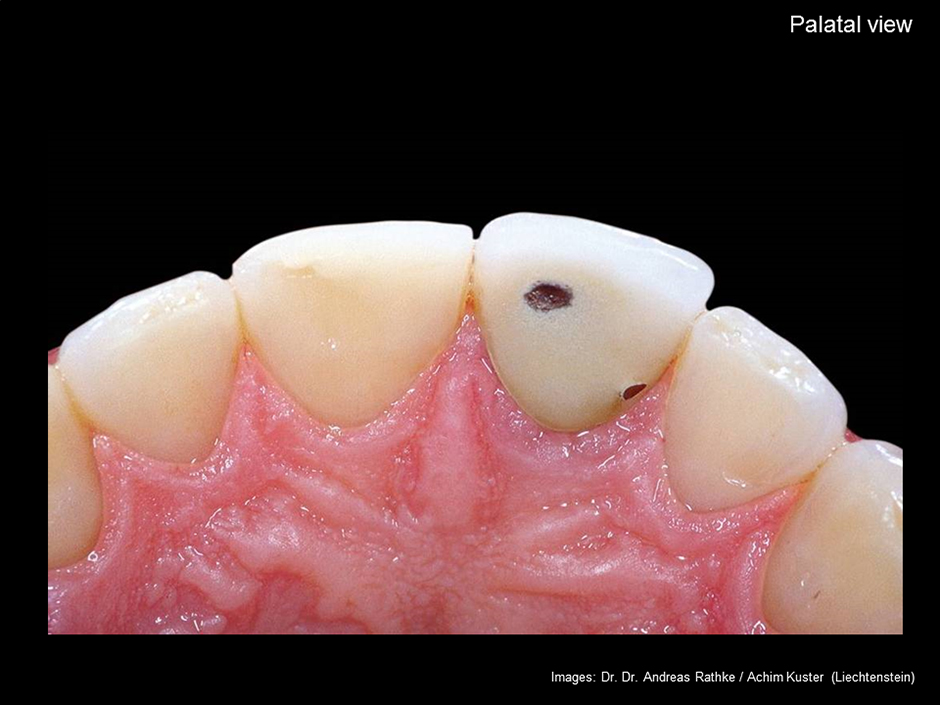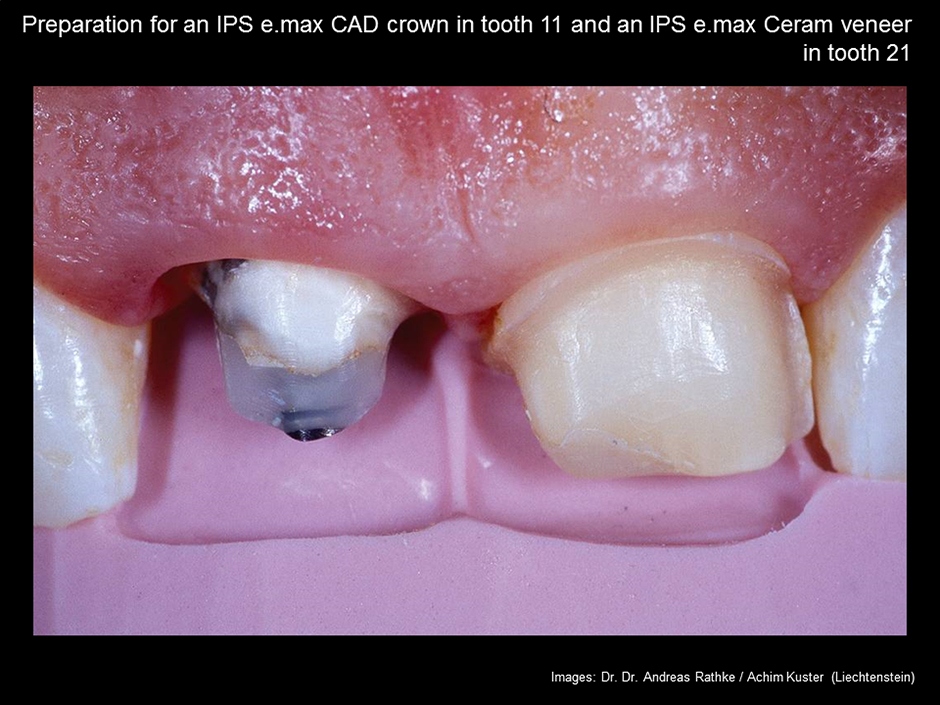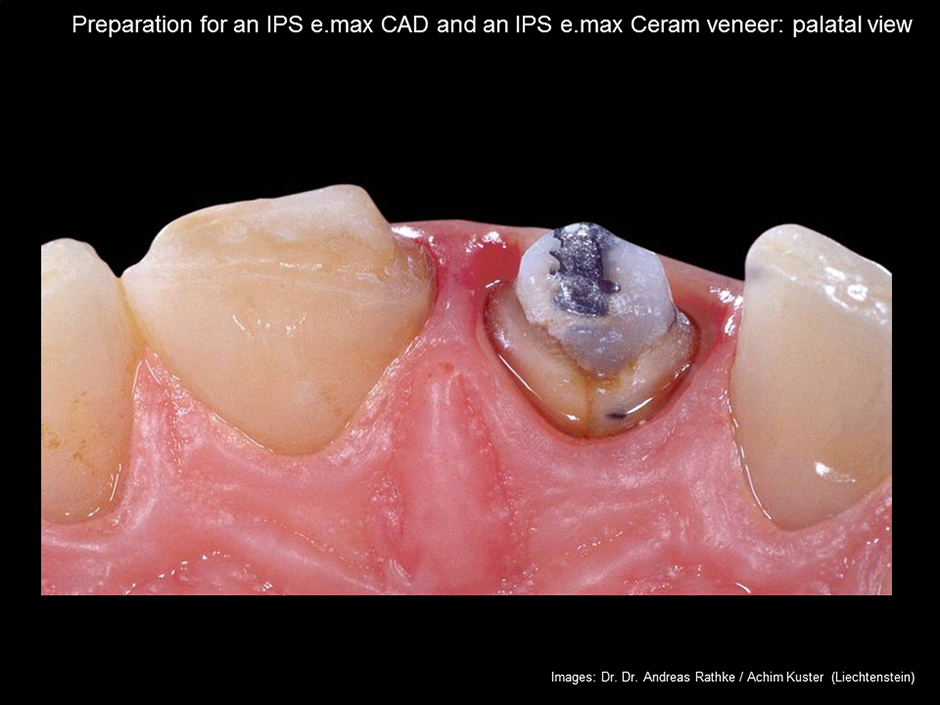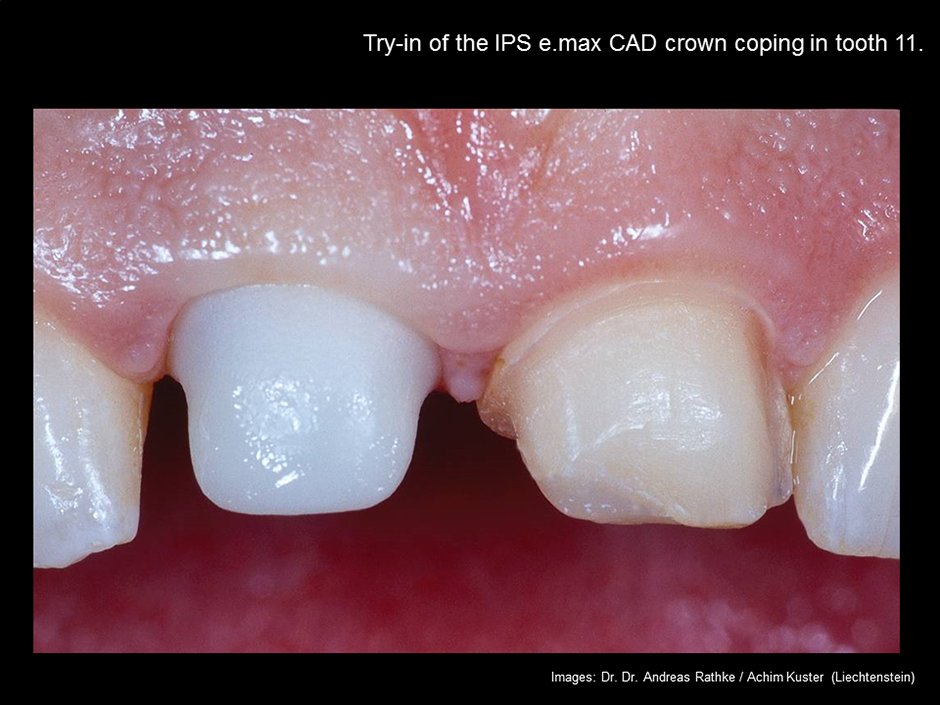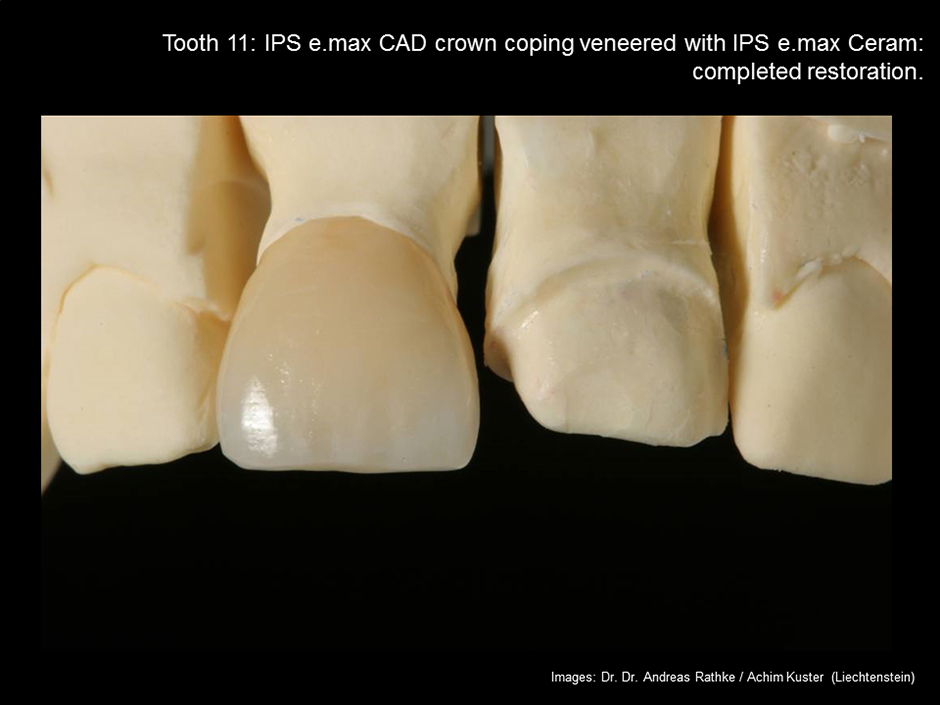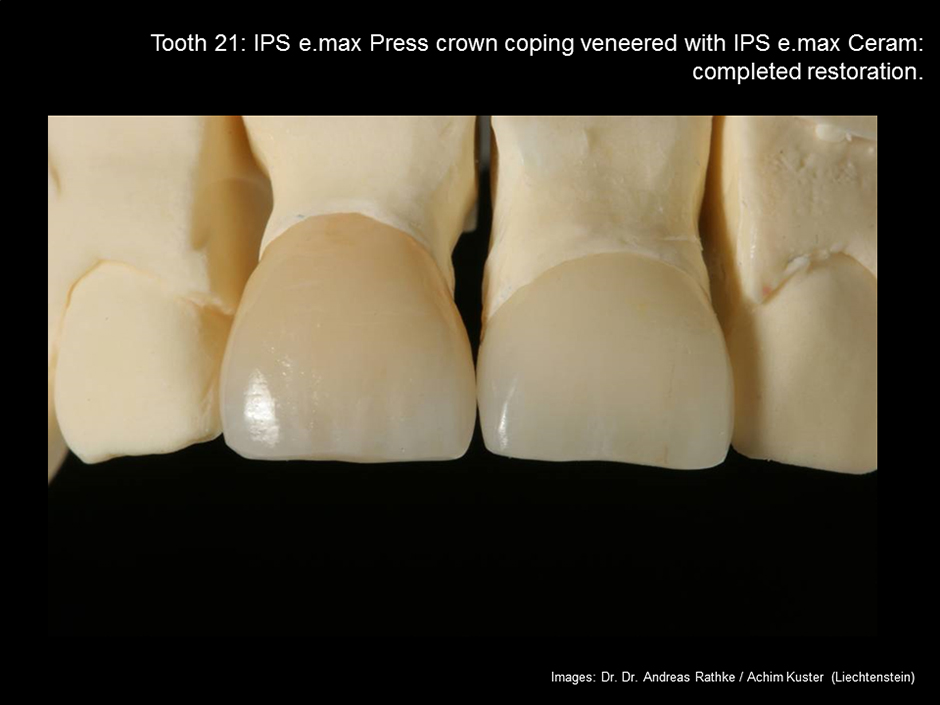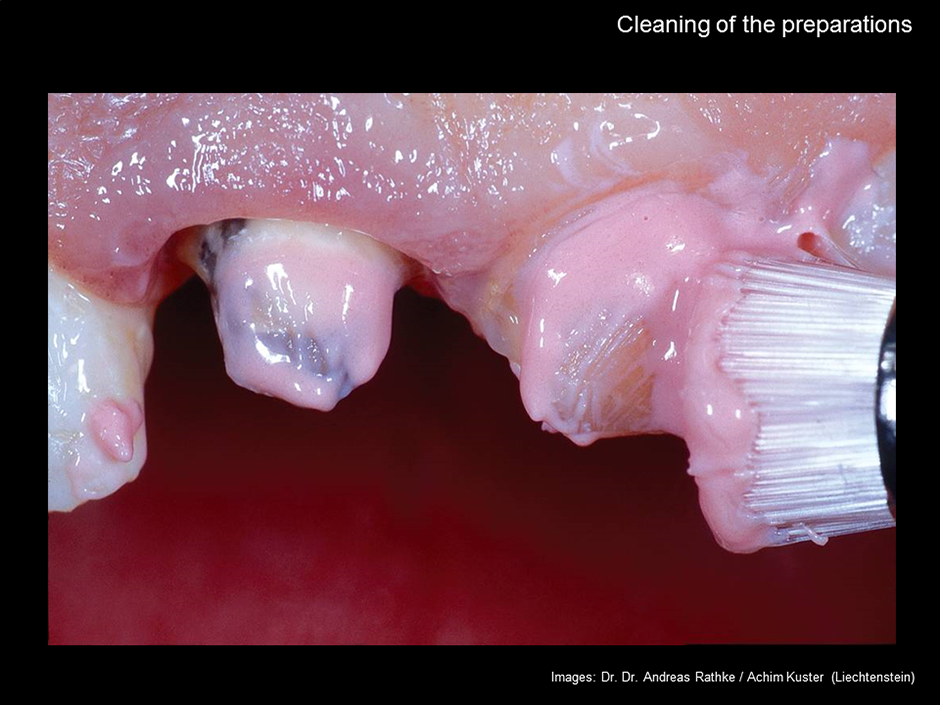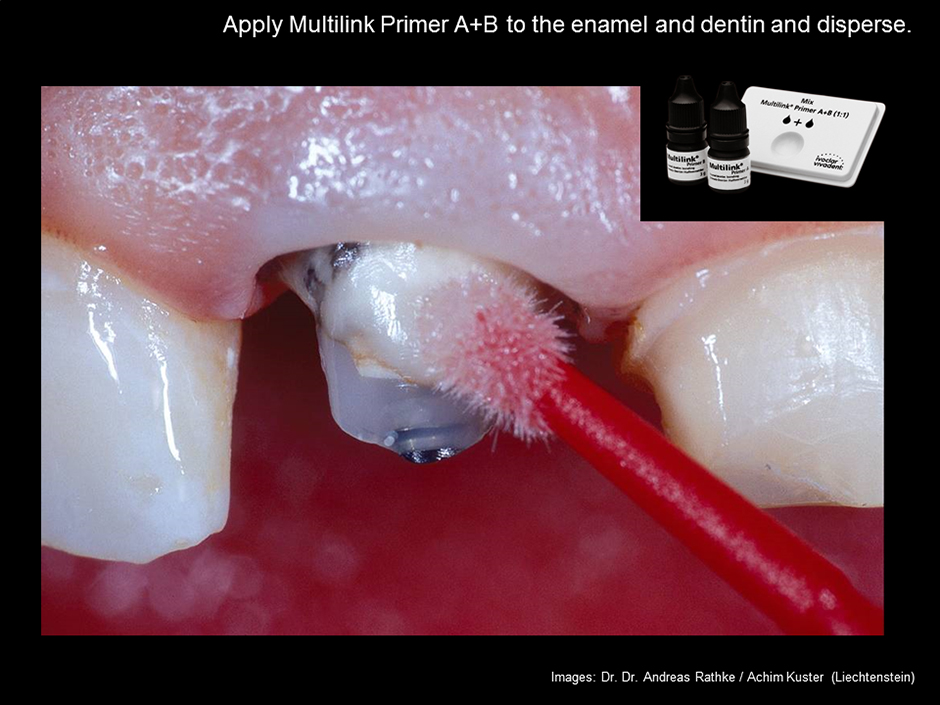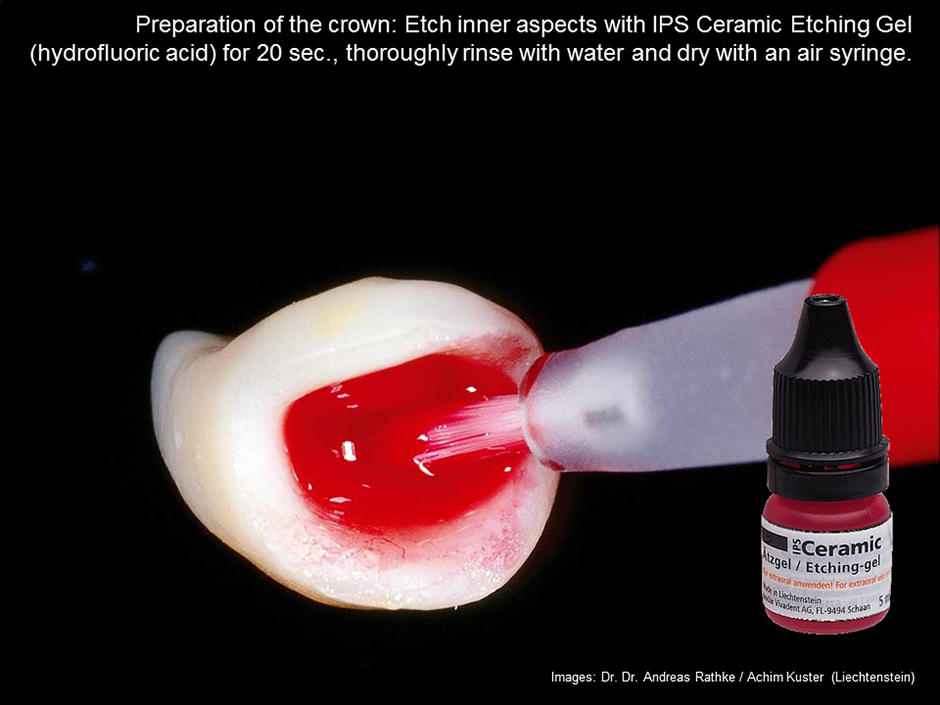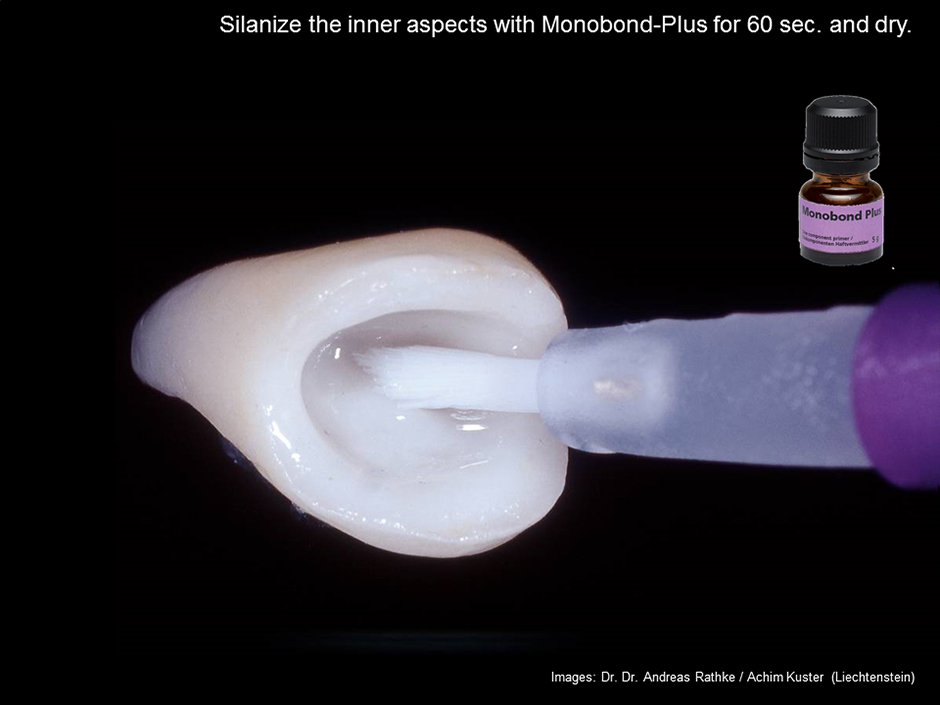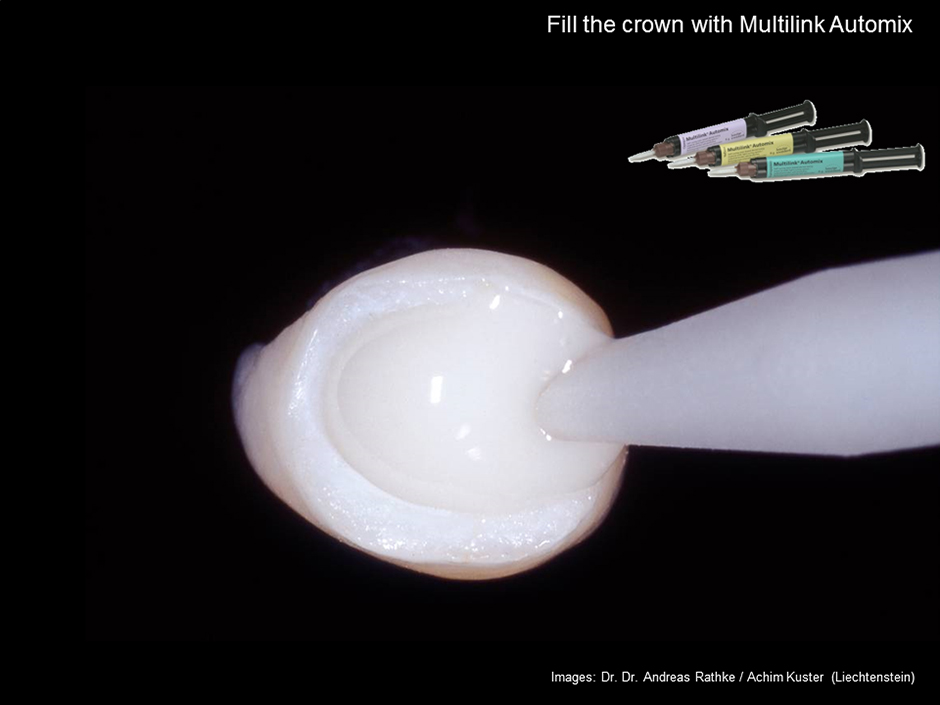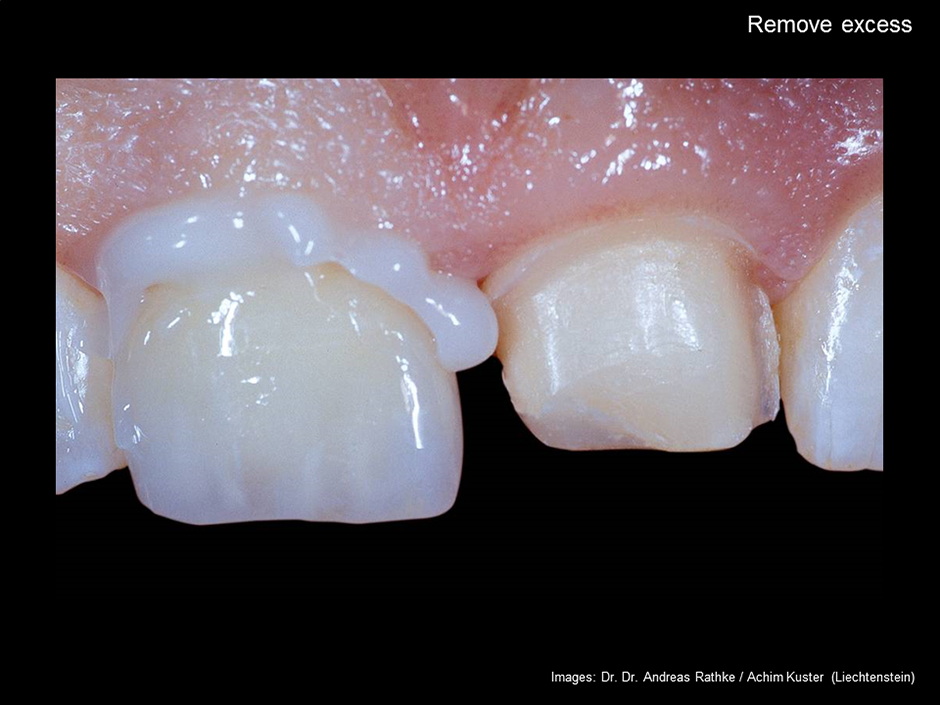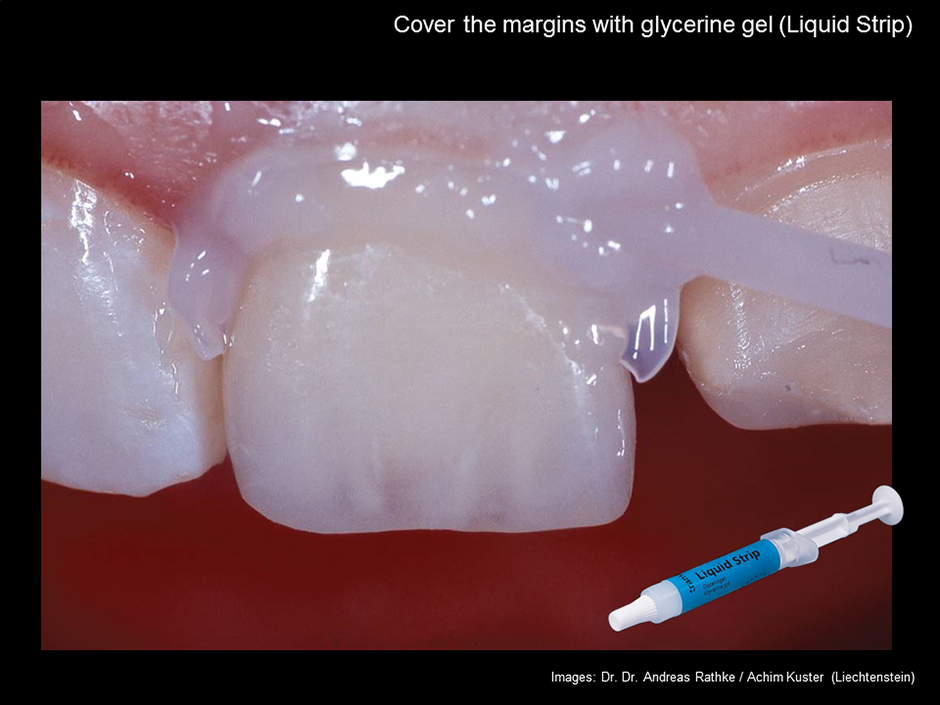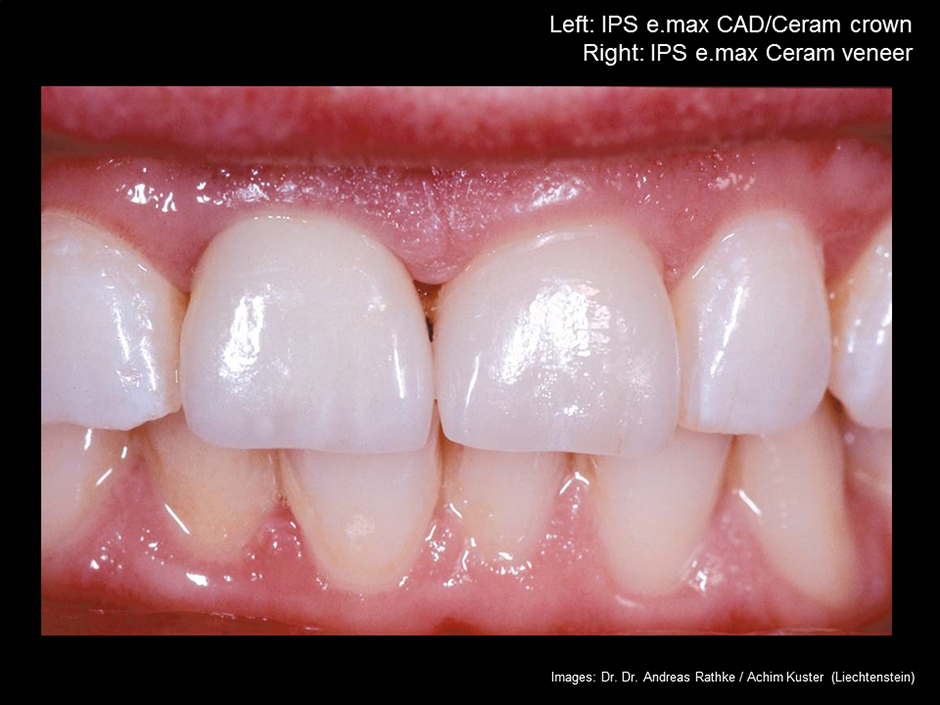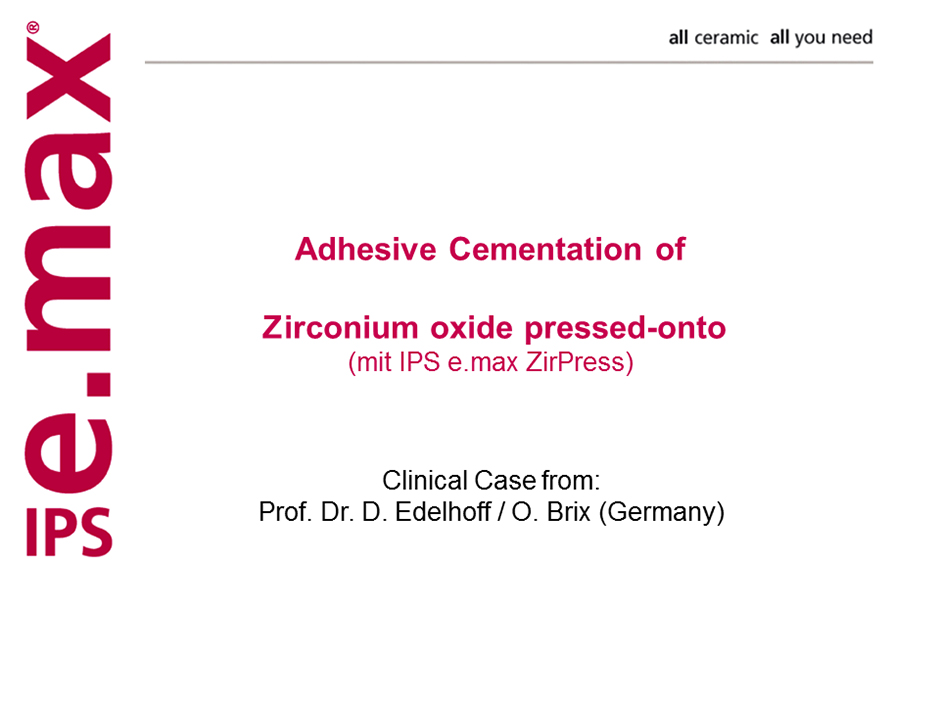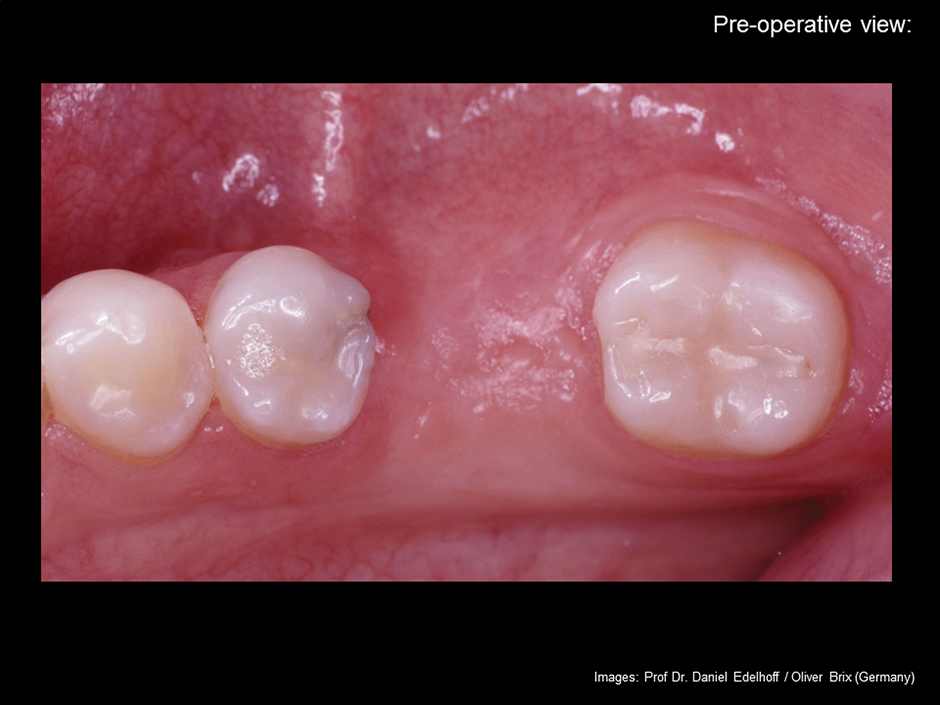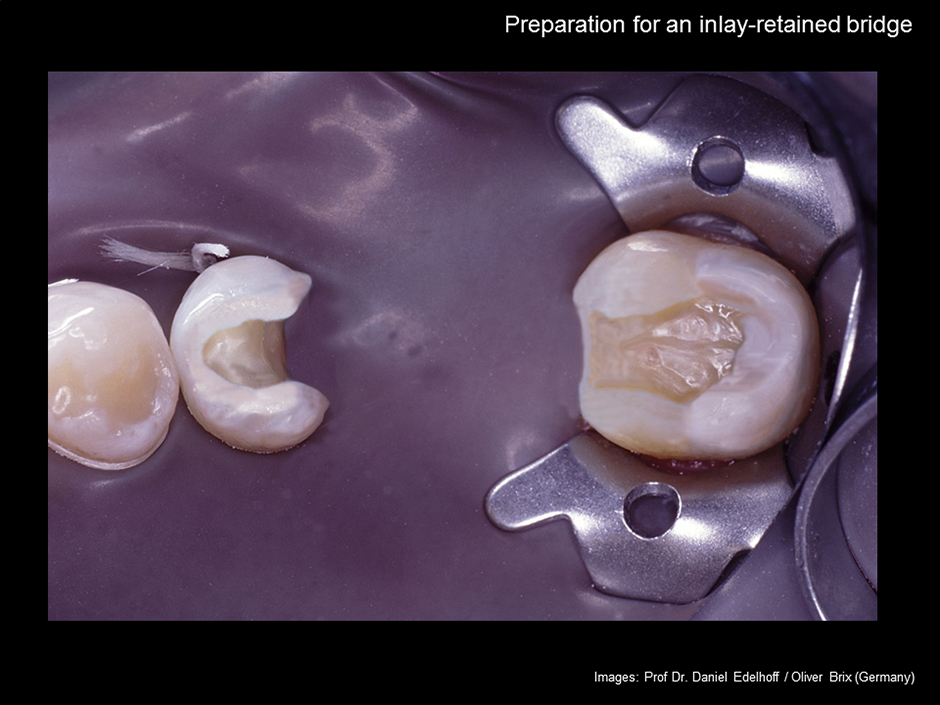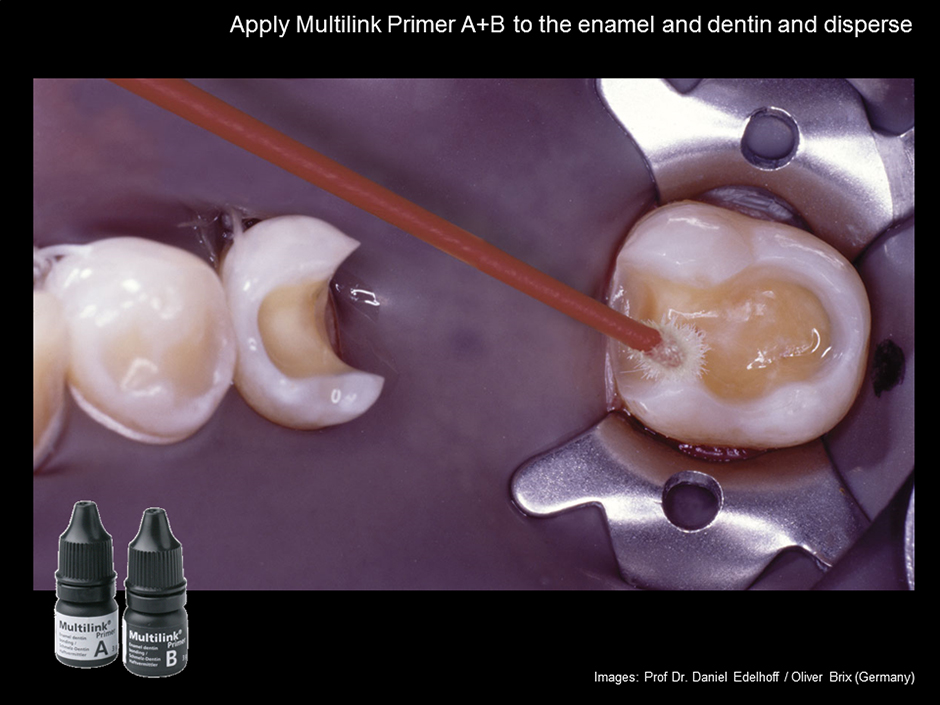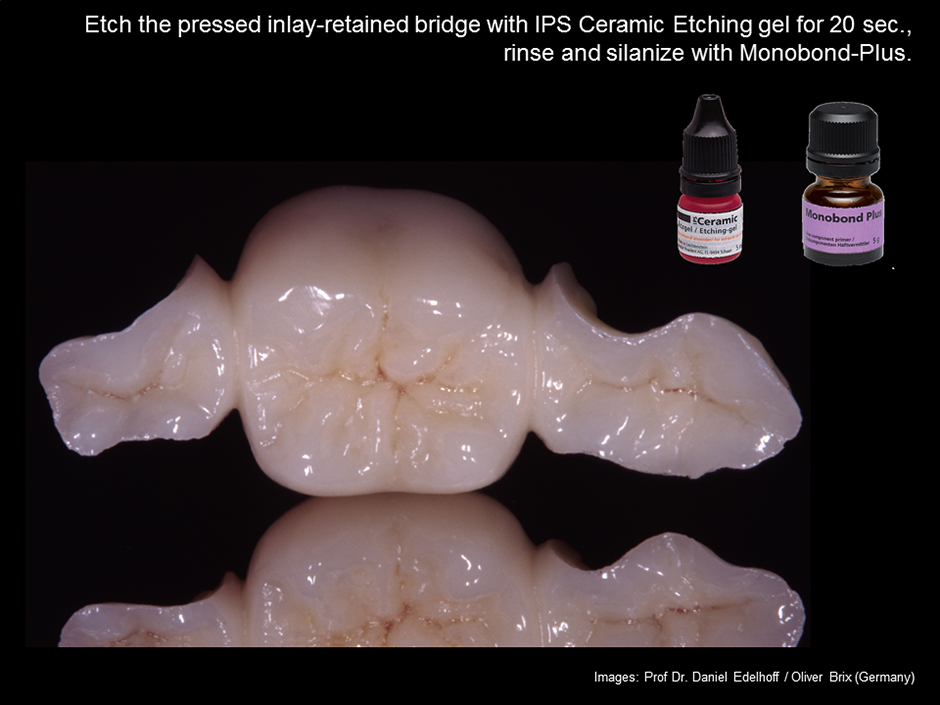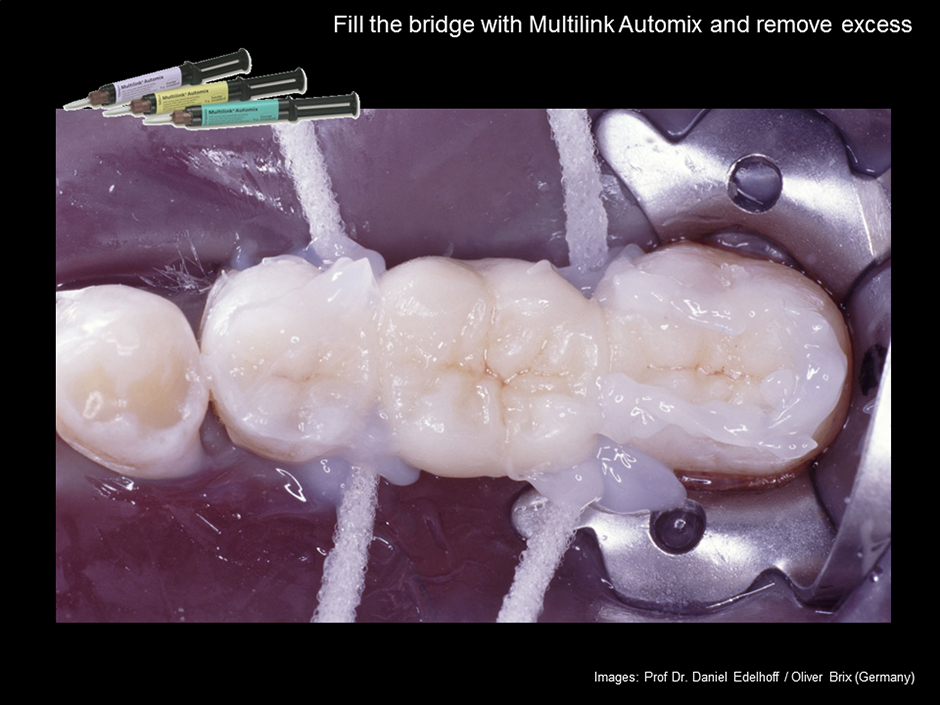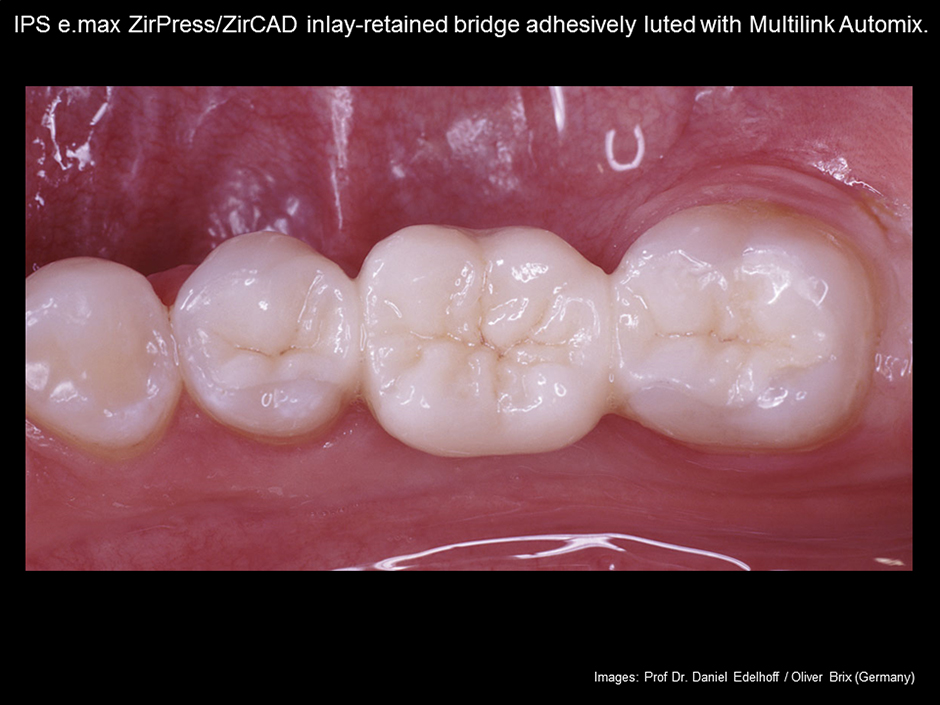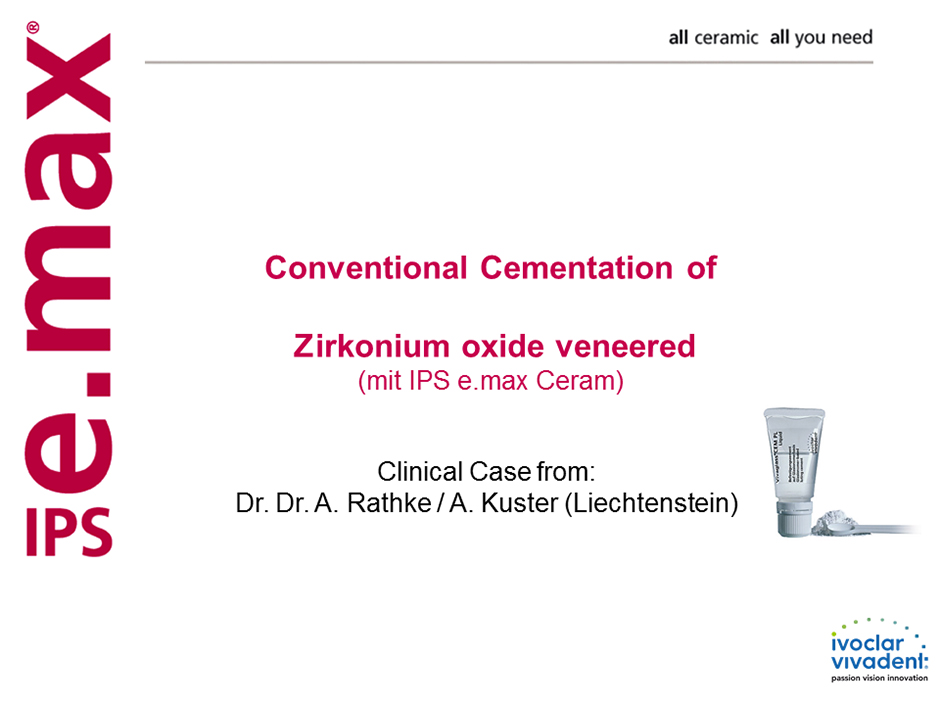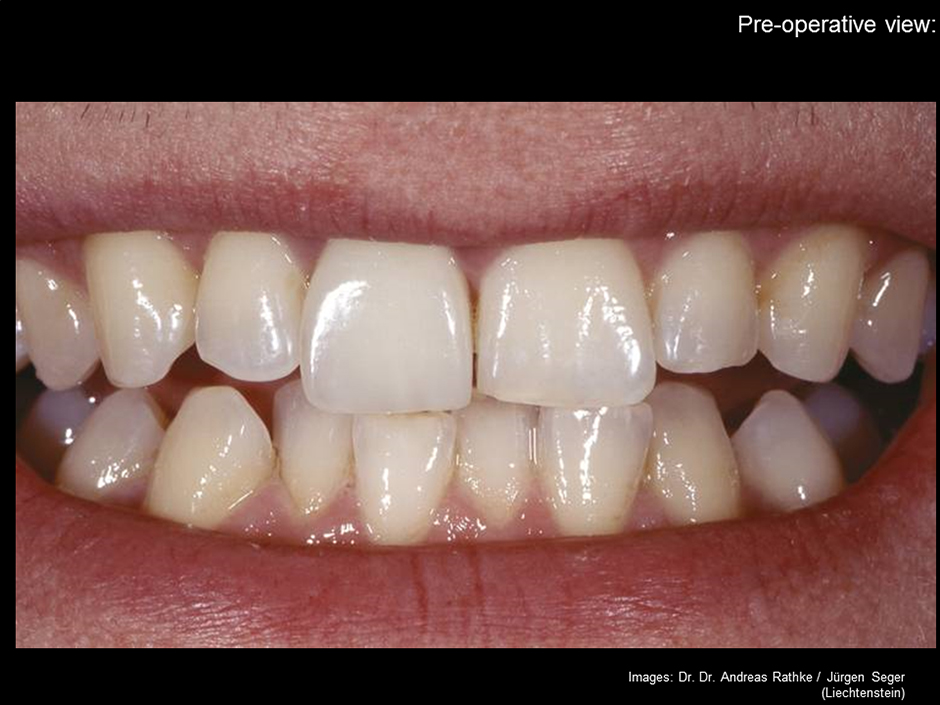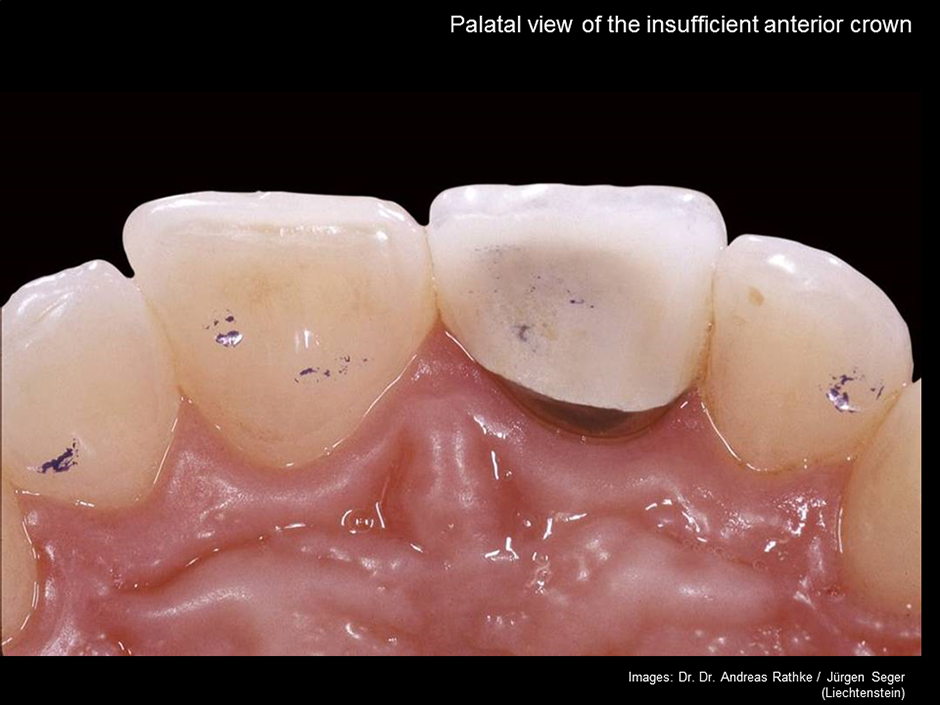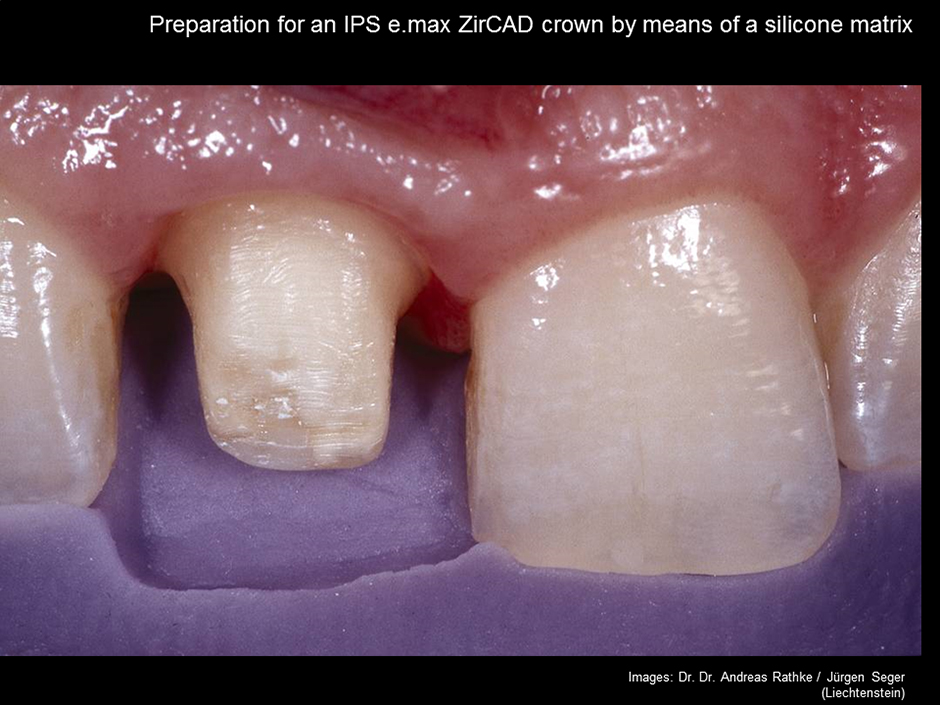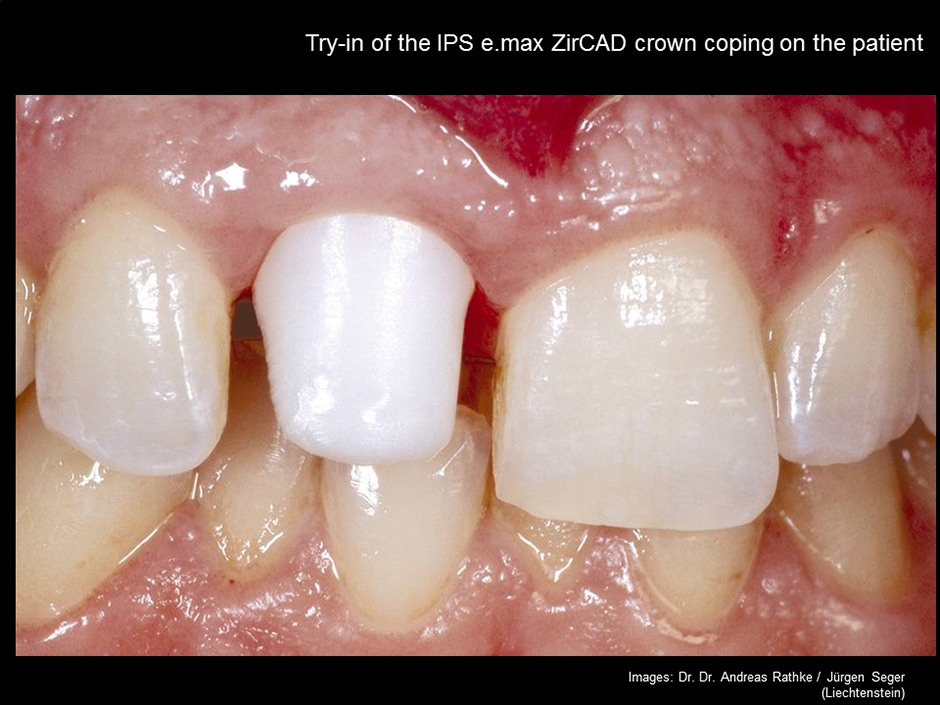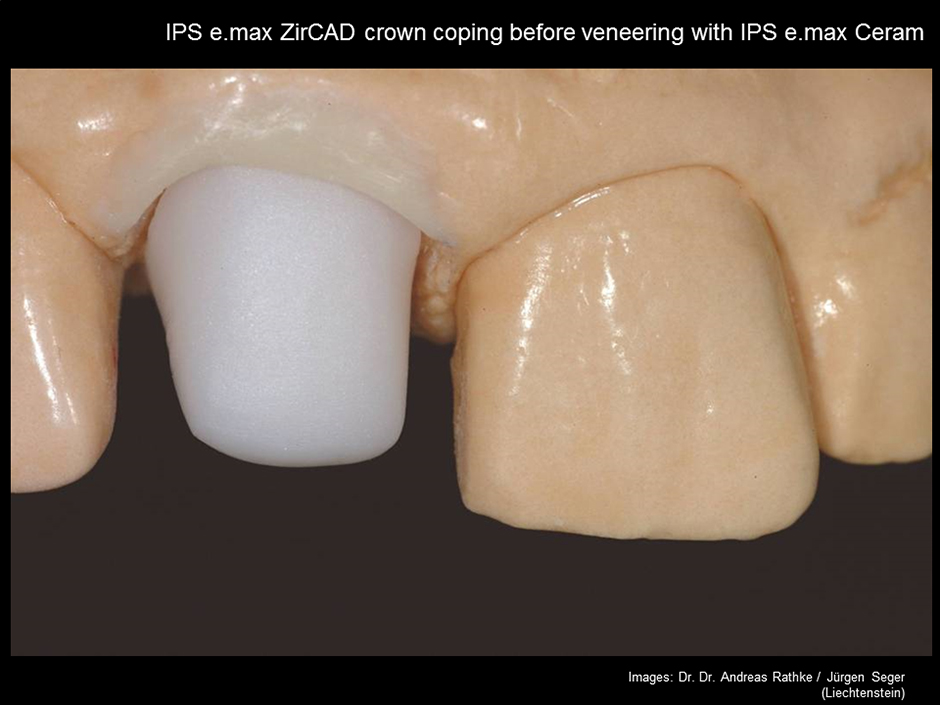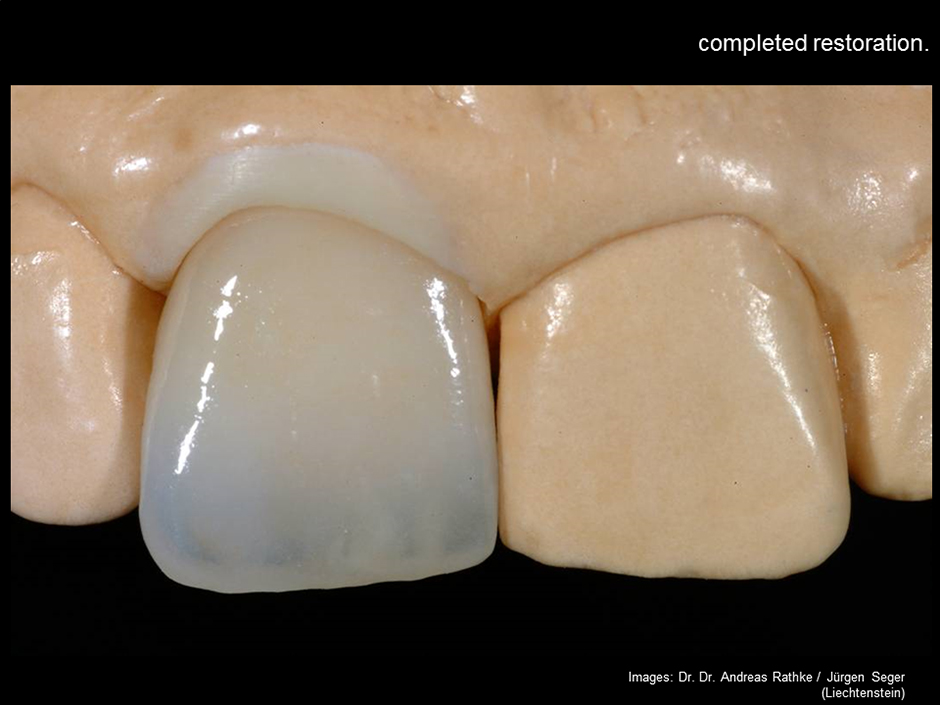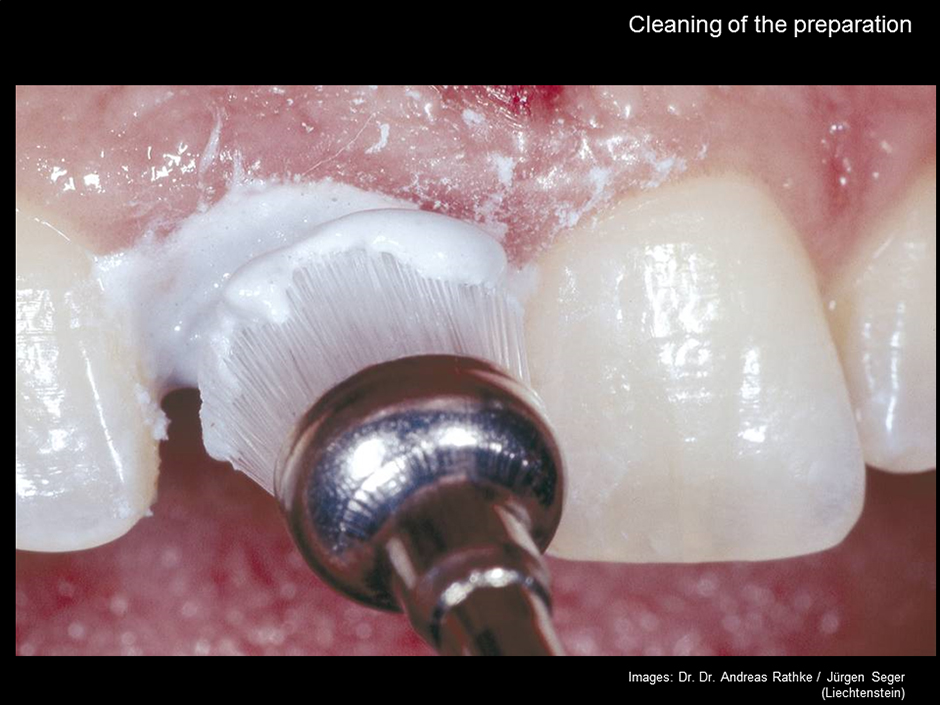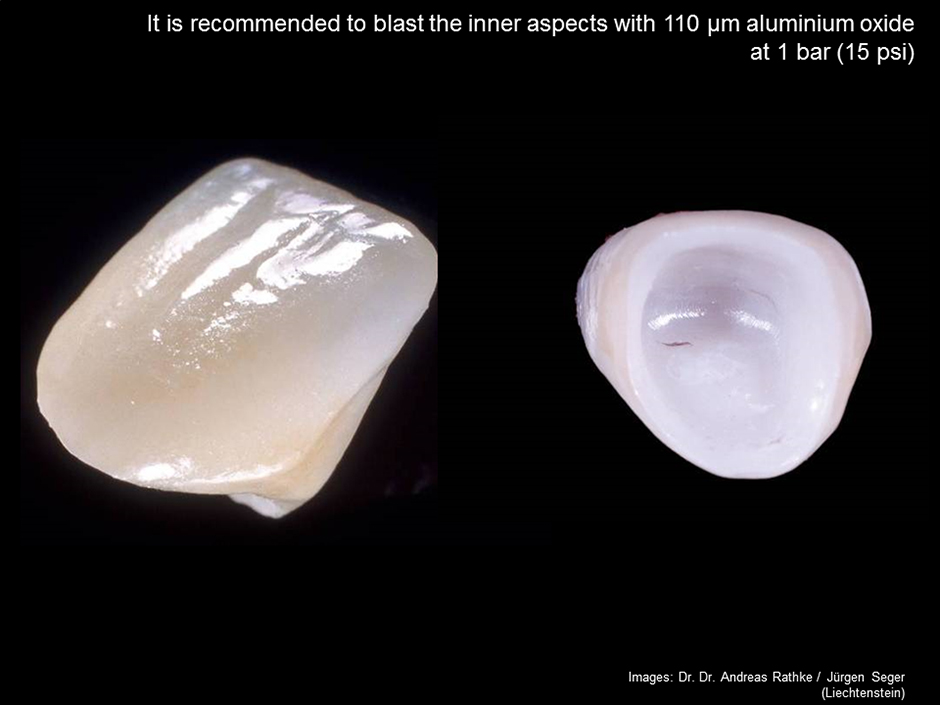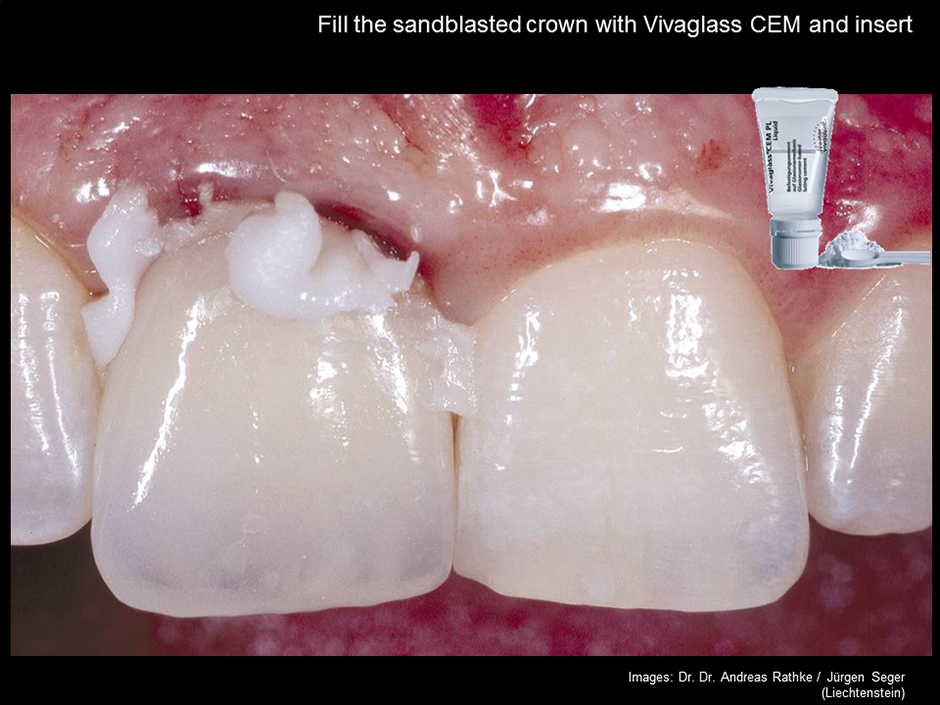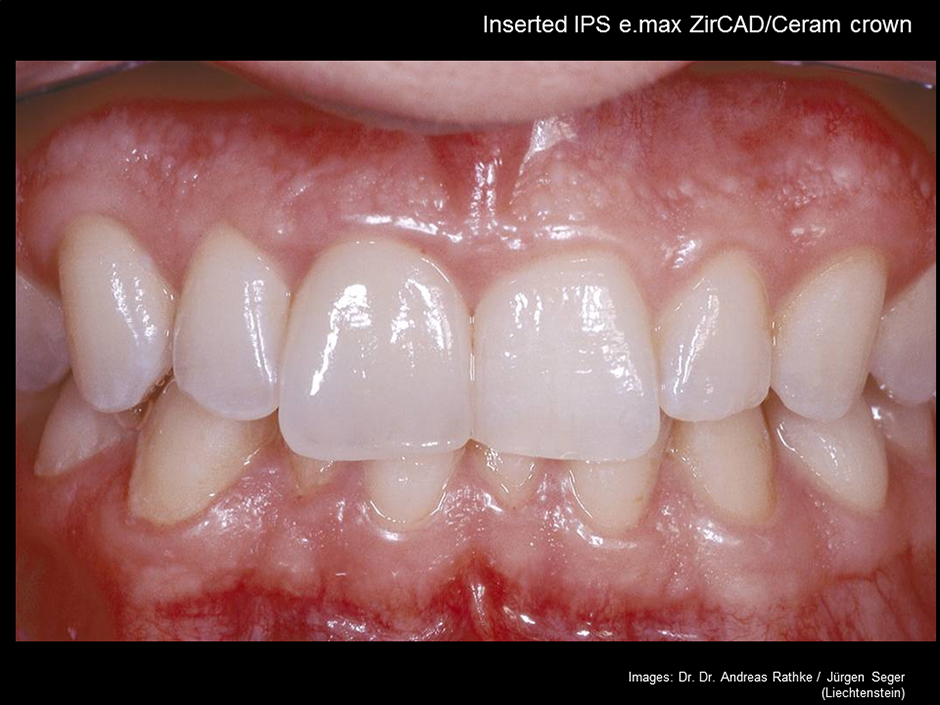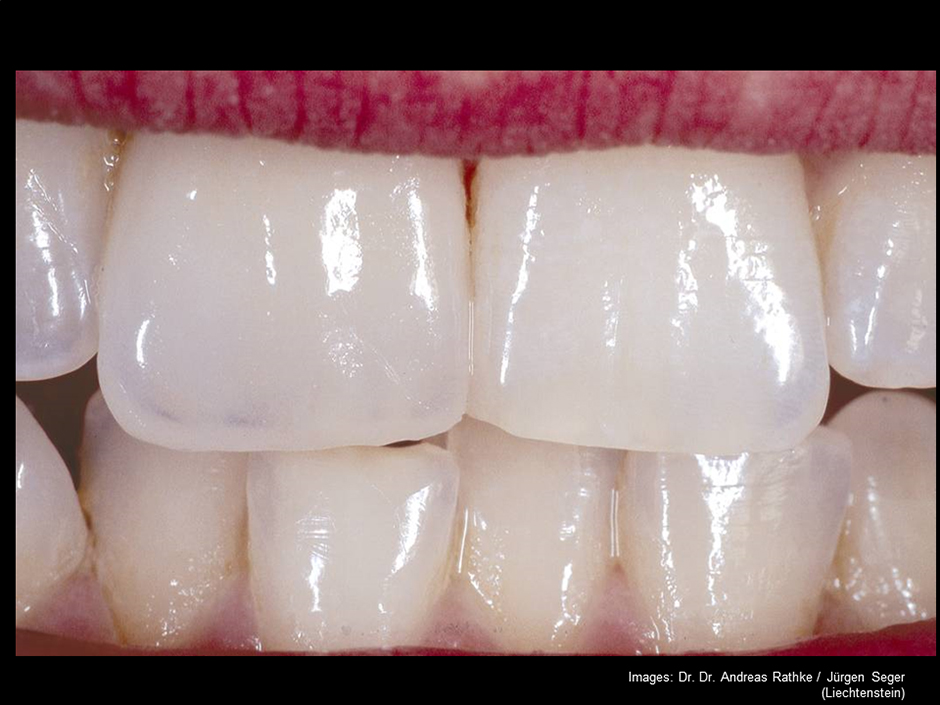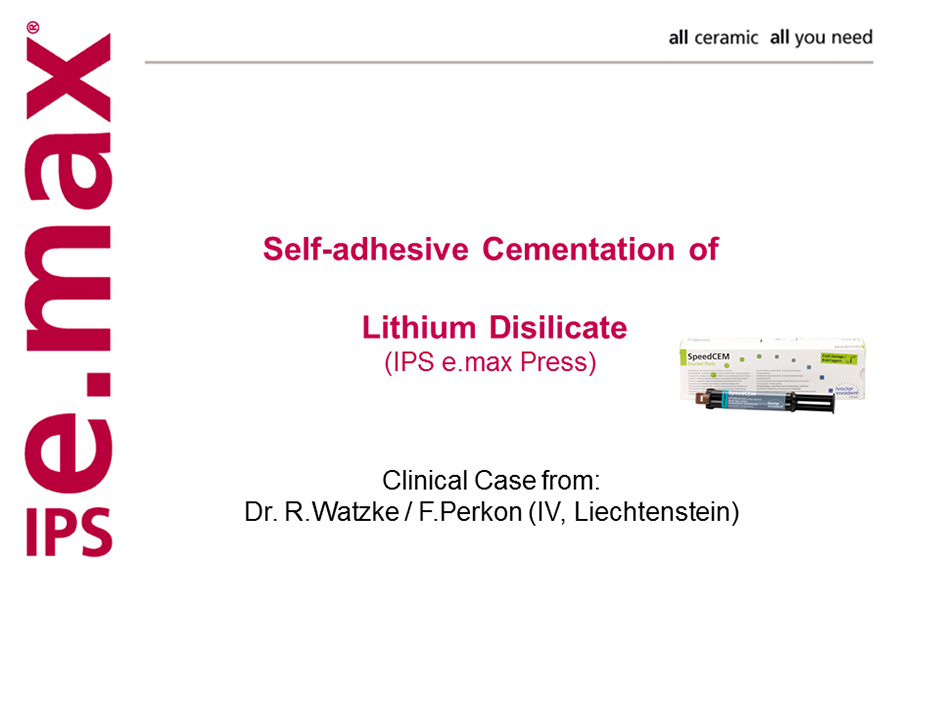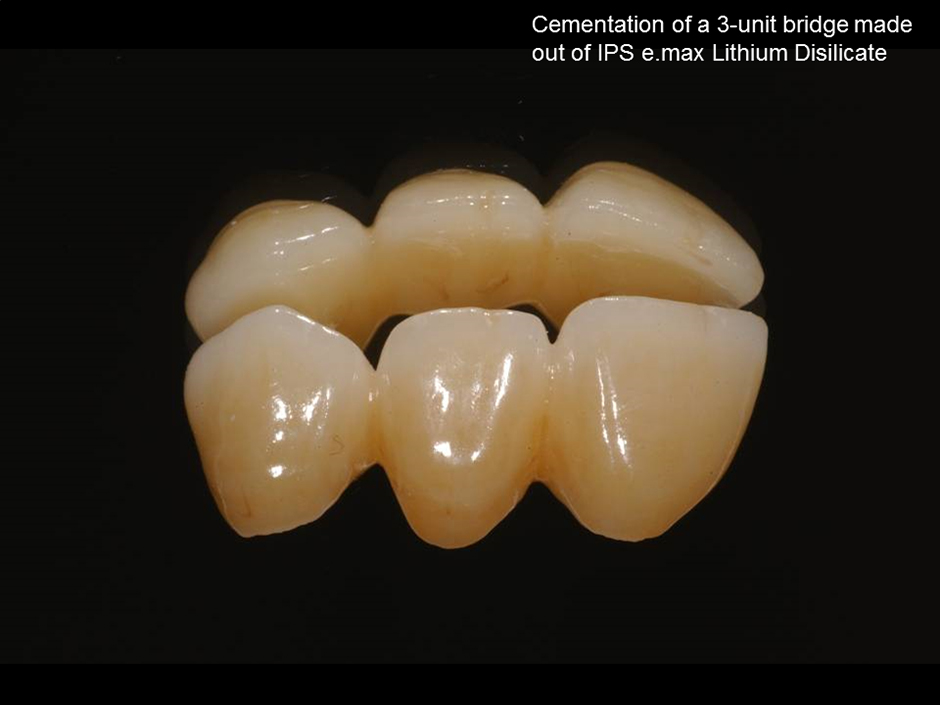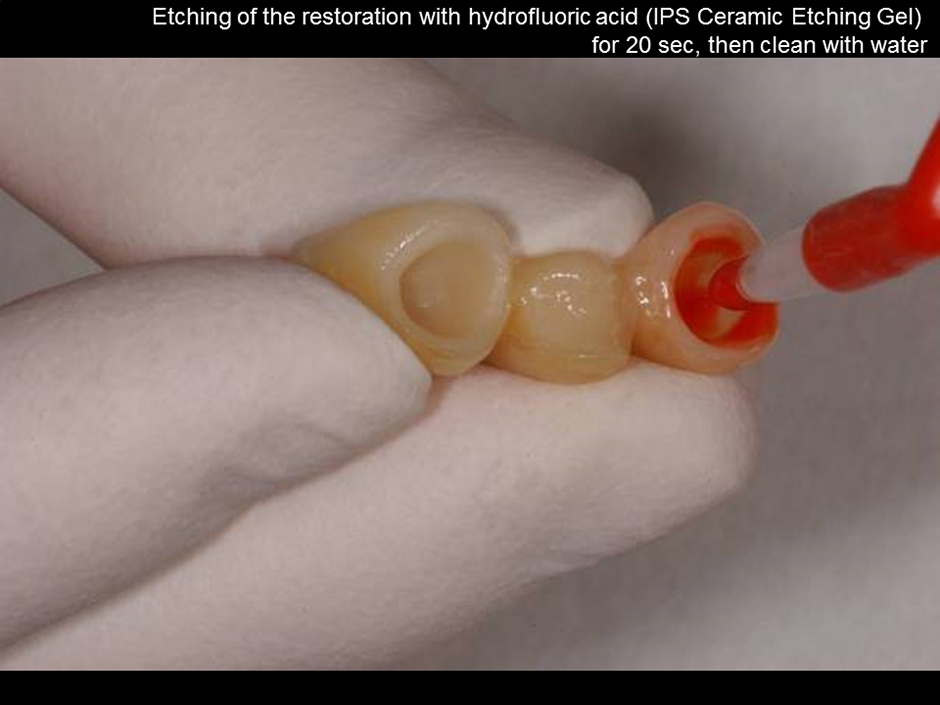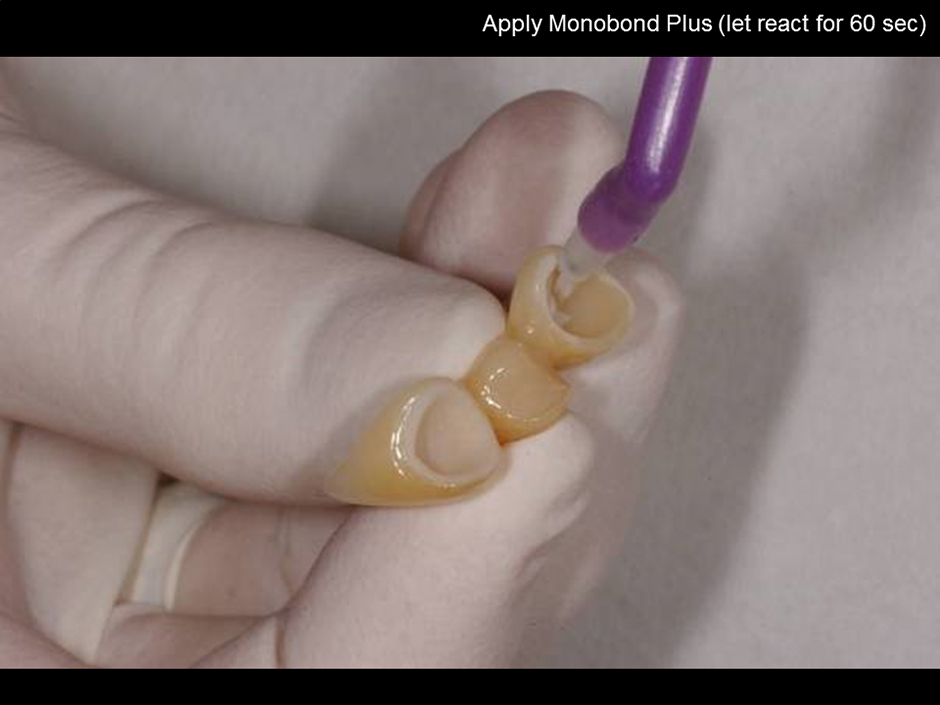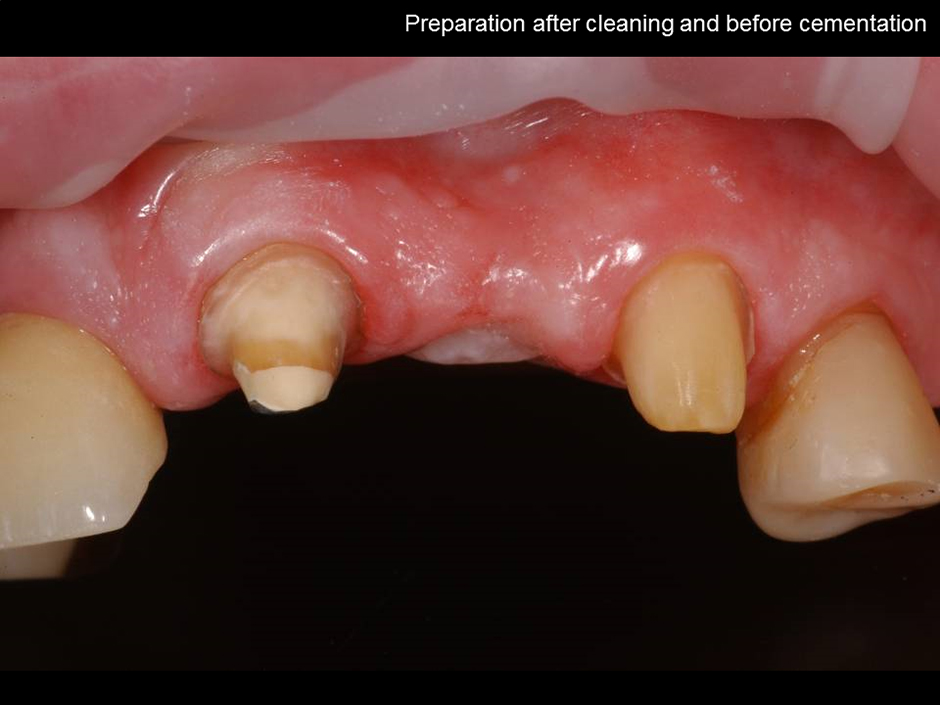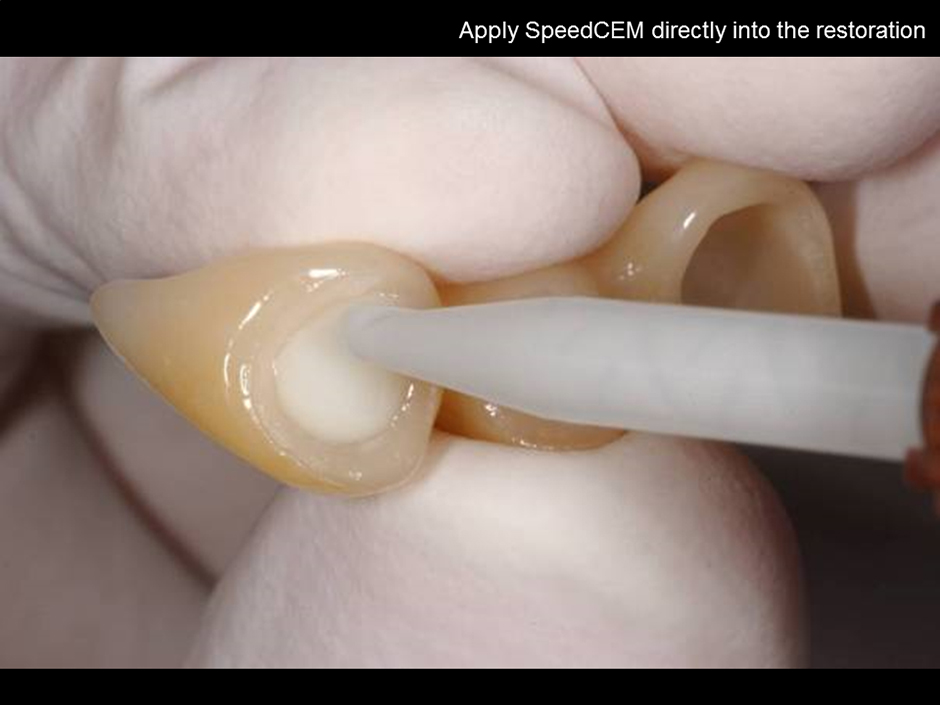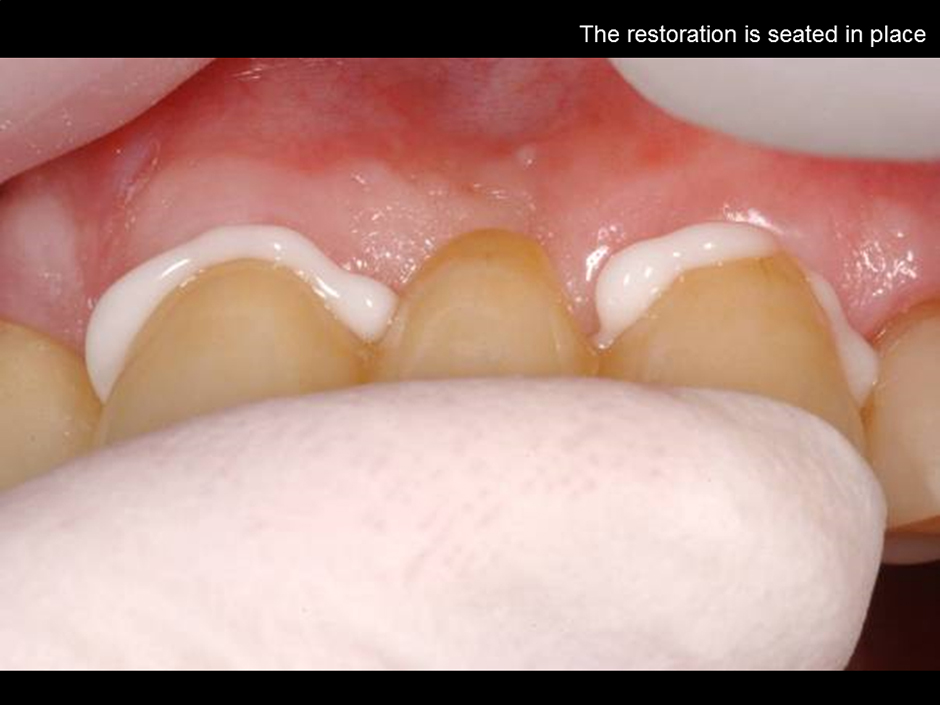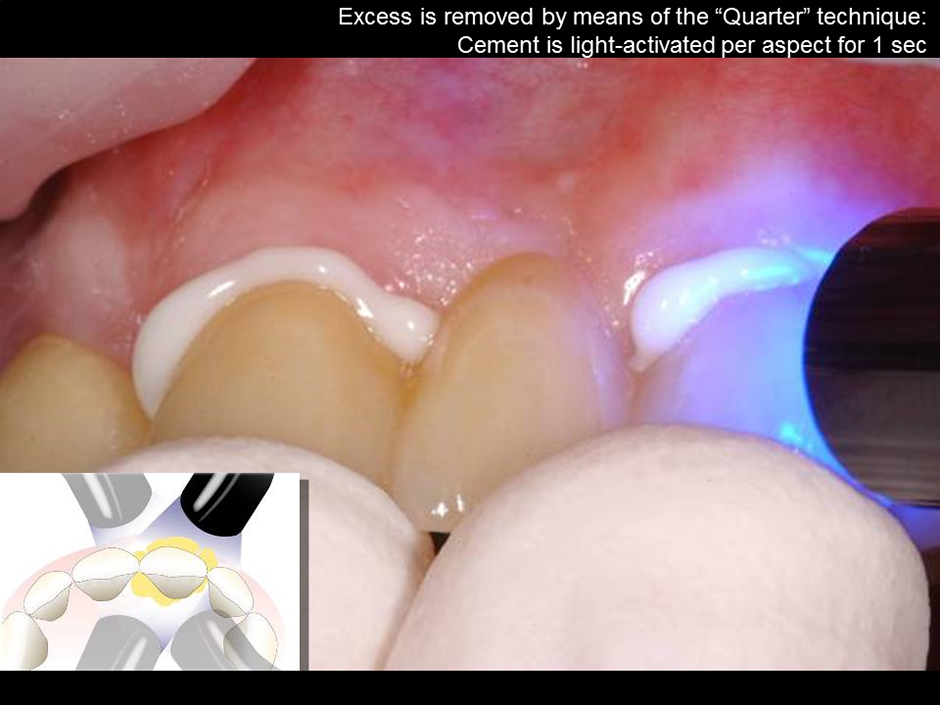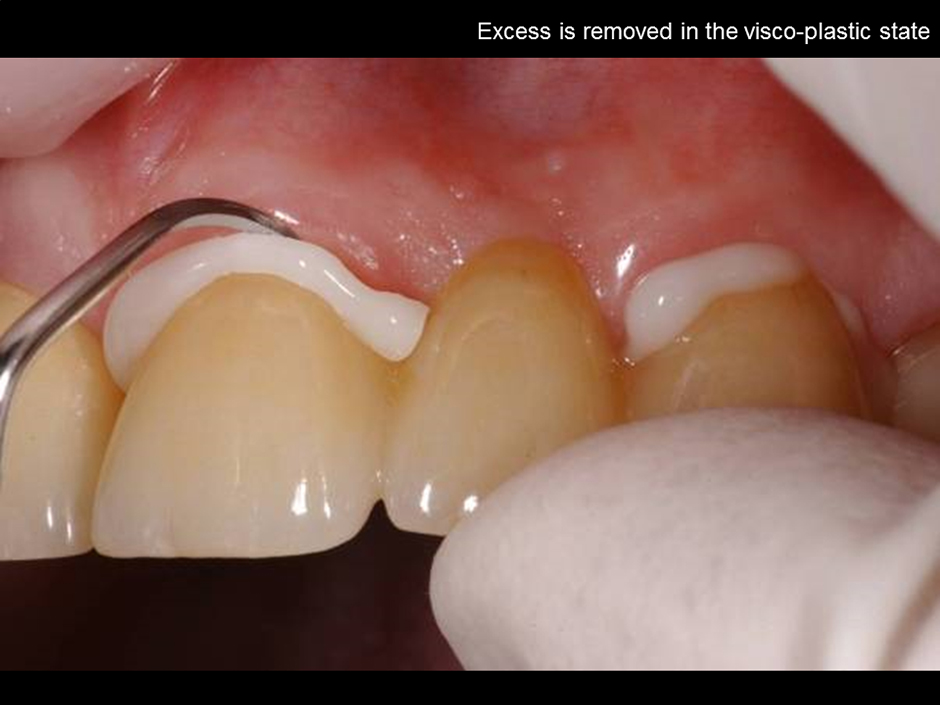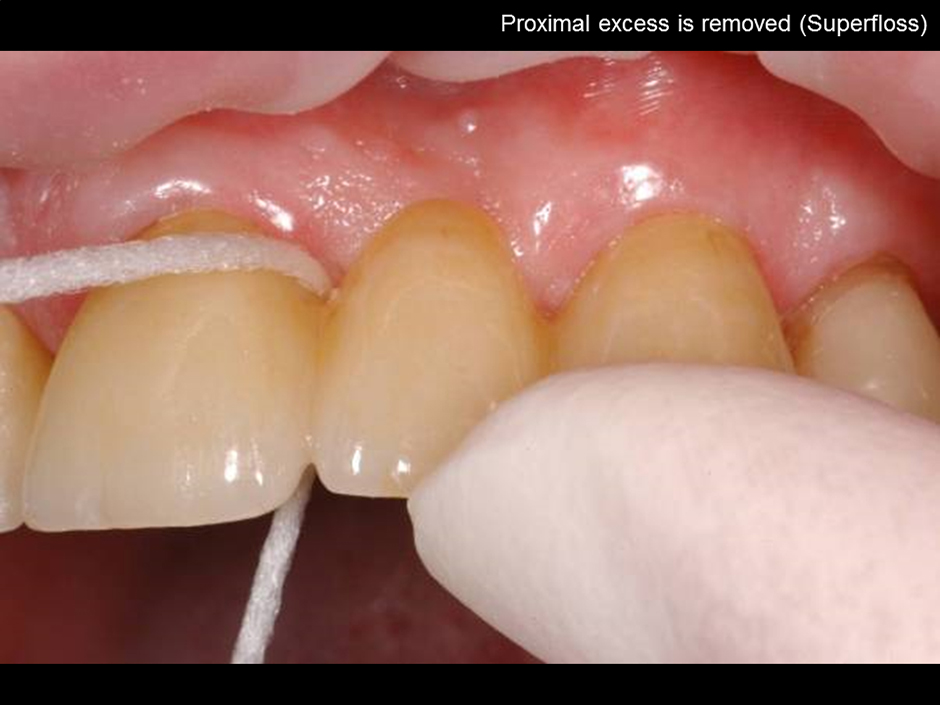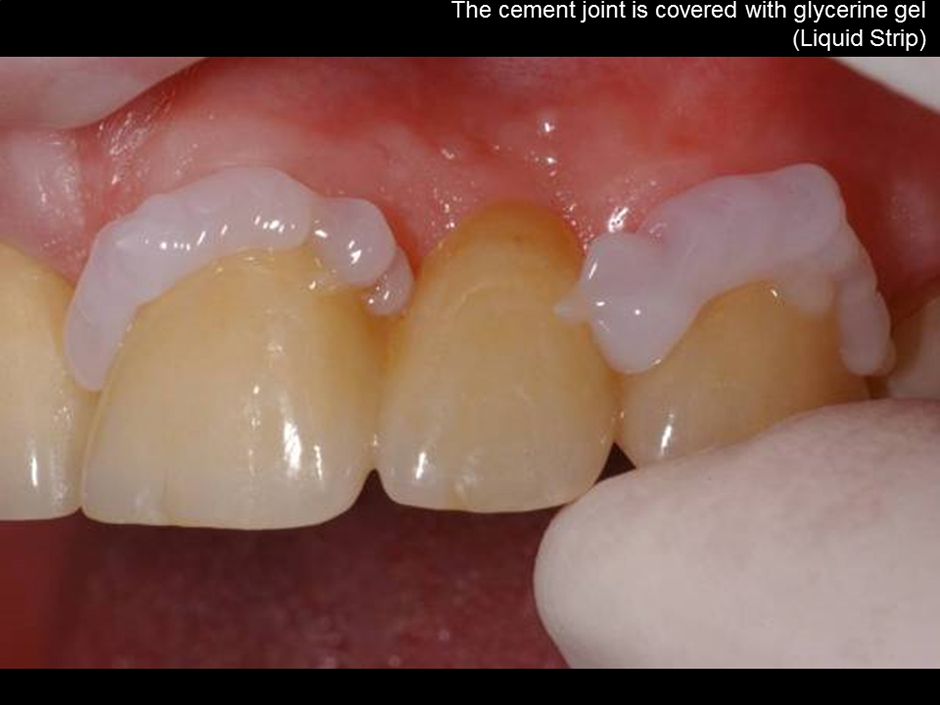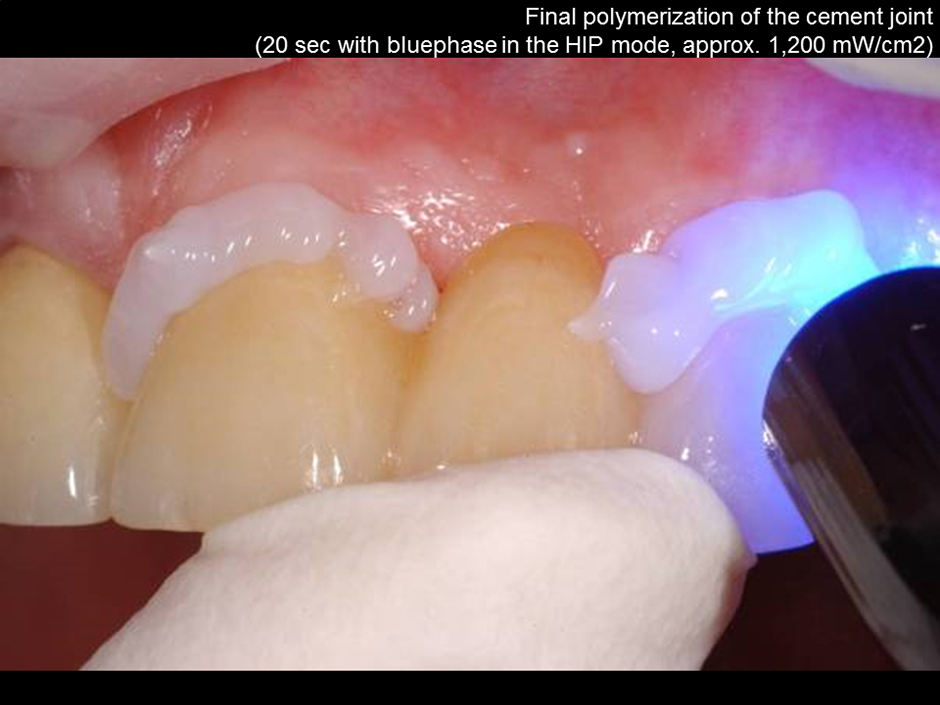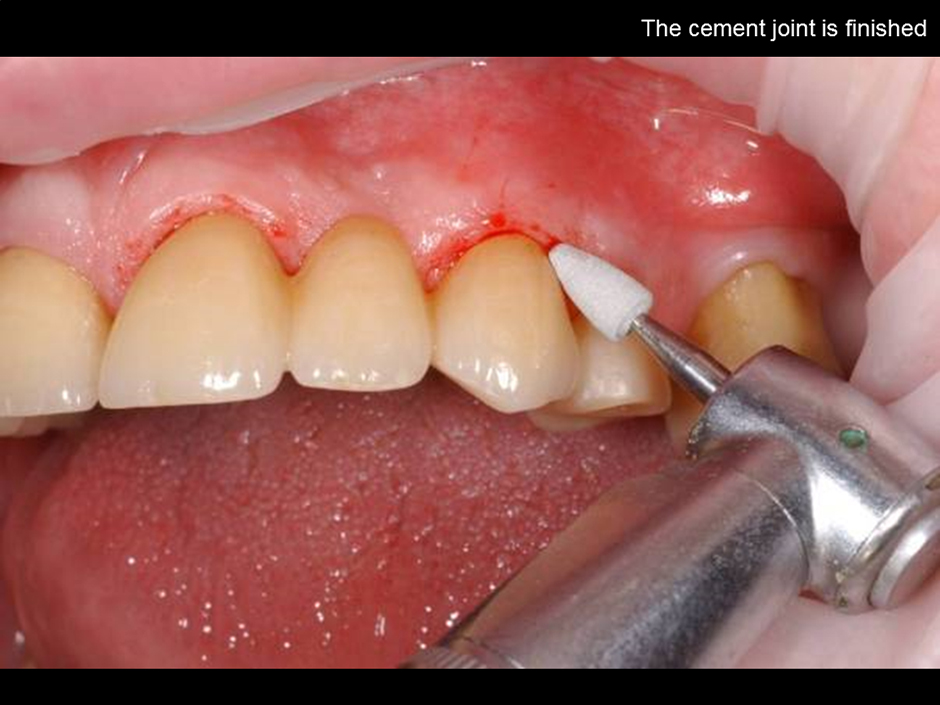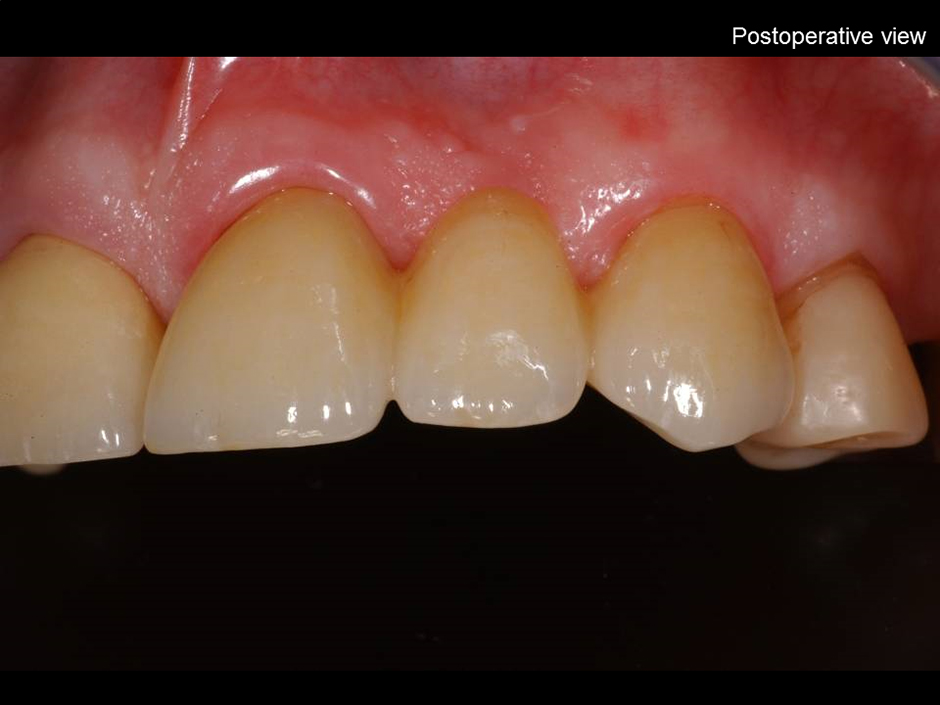EVOLUTION-Z LAYERED ZIRCONIA RESTORATIONS
Evolution-Z Layered Zirconia restorations, including crowns, bridges, veneers, inlays and onlays, have been developed with aesthetics, reliability and biocompatibility in mind.
Zirconia restorations are metal-free and highly translucent, giving a more natural appearance than metal bonded to porcelain restorations, which can produce a dark line at the gumline.
Because Evolution-Z restorations are made from zirconia, a highly biocompatible material which has been used in medical treatments for many years; they can be placed next to tissue without any gum reaction or irritation.
Evolution-Z Layered Zirconia restorations are amongst the strongest and most durable in dentistry, with a flexural strength of over 1200 MPa. These restorations are designed and milled using modern CAD/CAM technology, then skilfully hand finished by Terec’s dental technicians.
Unrivalled in natural beauty and fit.
ARTIZAN MONOLITHIC ZIRCONIA RESTORATIONS
Artizan Monolithic Zirconia Restorations, including crowns, bridges, inlays and onlays, have been designed specifically to meet posterior high load demands.
Strong and aesthetic, these restorations are ideal for bruxers and grinders that still want an aesthetic posterior restoration and situations where there isn’t enough occlusal preparation space for porcelain coverage. Artizan Monolithic Zirconia restorations are made from a solid block of monolithic medical grade zirconia. They require no porcelain overlay and are hard sintered to reach a flexural strength of up to 1100 MPa, making them virtually impossible to break.
Artizan Monolithic Zirconia restorations are perfect for tight, minimal clearance situations. Because they require no porcelain layer, they fit an occlusal reduction as small as 0.7mm, which is far less than standard PFM or layered Zirconia/porcelain. Every restoration is designed with CAD/CAM technology, so they can be designed from your own digital impression files as well as traditional impressions and models. Advanced manufacturing technology means they are milled for virtually perfect contacts, fit and easy seating.
Monolithic Zirconia has high values of translucency and, with no metal substructure; restorations are far more aesthetic in appearance than metal occlusion or full-cast crowns. Once milled, the restoration is glazed to a smooth, plaque resistant surface. They are also biocompatible and offer excellent long-term durability.
Strong and aesthetic, eliminates unsightly metal occlusals
PORCELAIN VENEERS
Porcelain Veneer has become the cosmetic solution of choice.
This simple technique for replacing natural enamel allows the restoration of anterior teeth without involving the removal of large amounts of sound tooth substance. Veneers have been successfully used to correct the following situations:
• Restoring worn and aged appearance
• Discoloured teeth, tetracycline stains – Hypoplasia
• Chipped teeth
• Peg laterals
• MIsaligned teeth
• Partial erupted teeth
• Median diastema and space closure
• Covering eroded palatal enamel
Clinical Advantages
• In most cases no anaesthetic required
• Minimal preparation, therefore preserving irreplaceably sound tooth structure
• Gingival integrity. The margin of the preparation is supra-gingival ensuring excellent gingival response and tolerance
• High level of oral hygiene
• No temporisation
• Extreme strength, translucence and biocompatibility.
IMPLANTS
Zirconia custom abutments offer the best aesthetic solution for cement and screw retained implant prosthetics and are strong enough to be used in all positions in the mouth.
Zirconia abutments work on most major implant platforms, giving you the freedom to choose the best solution for your patient.
Using our unique virtual abutment design software, we design individual zirconia abutments within the final tooth shape. The result is an abutment with outstanding function and aesthetics, and the restorative procedure is simple with reduced chair time. It will also eliminate the need for inventory of stock abutments and have a fixed cost custom abutment since no precious metals are used.
The CAD construction of Zirconia abutments allows greater accuracy when designing emergence angles and paths of insertion. The highly polished zirconia collar provides better acceptance to the soft tissues and produces an exceptional aesthetic abutment for single and multiple cases.
We provide fully customised Evolution-Z Zirconia abutments complete with screw and finished zirconia crown.
The best aesthetic cement and screw retained implant prosthetic restoration.
Download Technical Information
-

McDowell + Service Guide to All Ceramic Restorations (PDF)
Download >
-

Crown and Bridge Restoration Comparison Chart (PDF)
Download >
-

All Ceramic Tooth Preparation Guide (PDF)
Download >
-

Crown + Bridge Prescription Docket (PDF)
Download >
-

TRIOS Ready Laboratory Certificate. (PDF)
Download >
-

G-CEM LinkAce Self Adhesive Resin Cement (PDF)
Download >
-

Locator Zest Brochure (PDF)
Download >
-

Locator Implant Attachment Quick Reference Guide (PDF)
Download >
-

Locator® Root Attachment System (PDF)
Download >
-

Locator® Overdenture Implant System (PDF)
Download >
-

Biomet3I Platinum Certificate 2011 (PDF)
Download >
-

Biomet3I Platinum Certificate 2013 (PDF)
Download >
-

GC Initial Porcelain Brochure (PDF)
Download >
-

GC Initial Porcelain Full Ceramics AL_ZR (PDF)
Download >
-

Argelite 61 Alloy Specifcation Sheet (PDF)
Download >
-

Argelite 61 Material Safety Data Sheet (PDF)
Download >
-

Argedent Y86 Alloy Specification Sheet (PDF)
Download >
-

Argedent Y86 Material Safety Data Sheet (PDF)
Download >
-

Argenco 27 Alloy Specification Sheet (PDF)
Download >
-

Argenco 27 Material Safety Data Sheet (PDF)
Download >
-

Argelite 71 Alloy Specification Sheet (PDF)
Download >
-

Argelite 71 Material Safety Data Sheet (PDF)
Download >
-

Argenco 10S Alloy Specification sheet (PDF)
Download >
-

Argenco 10S Material Safety Data Sheet (PDF)
Download >
-

GC Initial Porcelain Metal Ceramics MC_LF_TI (PDF)
Download >
-

GC Initial Porcelain Physical Poperties MC-LF-Ti-AL-Zr (PDF)
Download >
-

GC Initial Porcelain Liquid 1 Safety Data Sheet (PDF)
Download >
-

GC Initial Porcelain Liquid 2 Safety Data Sheet (PDF)
Download >
-

GC Initial Porcelain Liquid 3 Safety Data Sheet (PDF)
Download >
-

GC Initial Porcelain Powder Safety Data Sheet (PDF)
Download >


